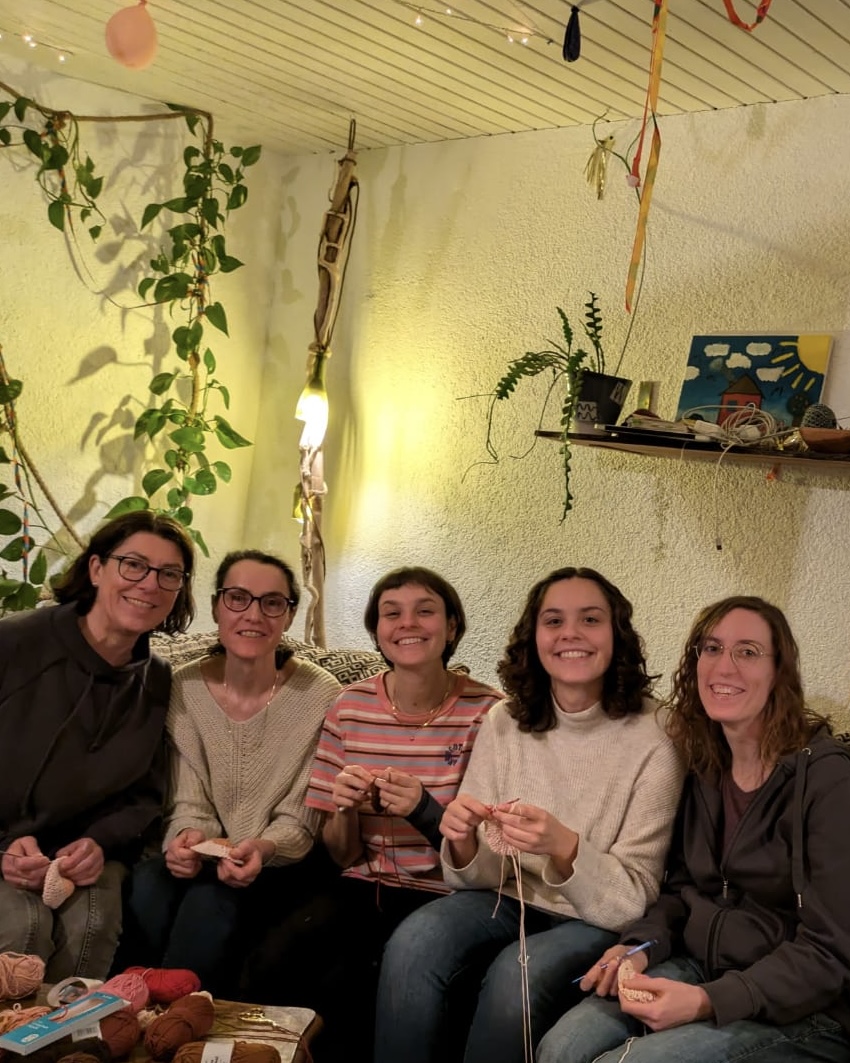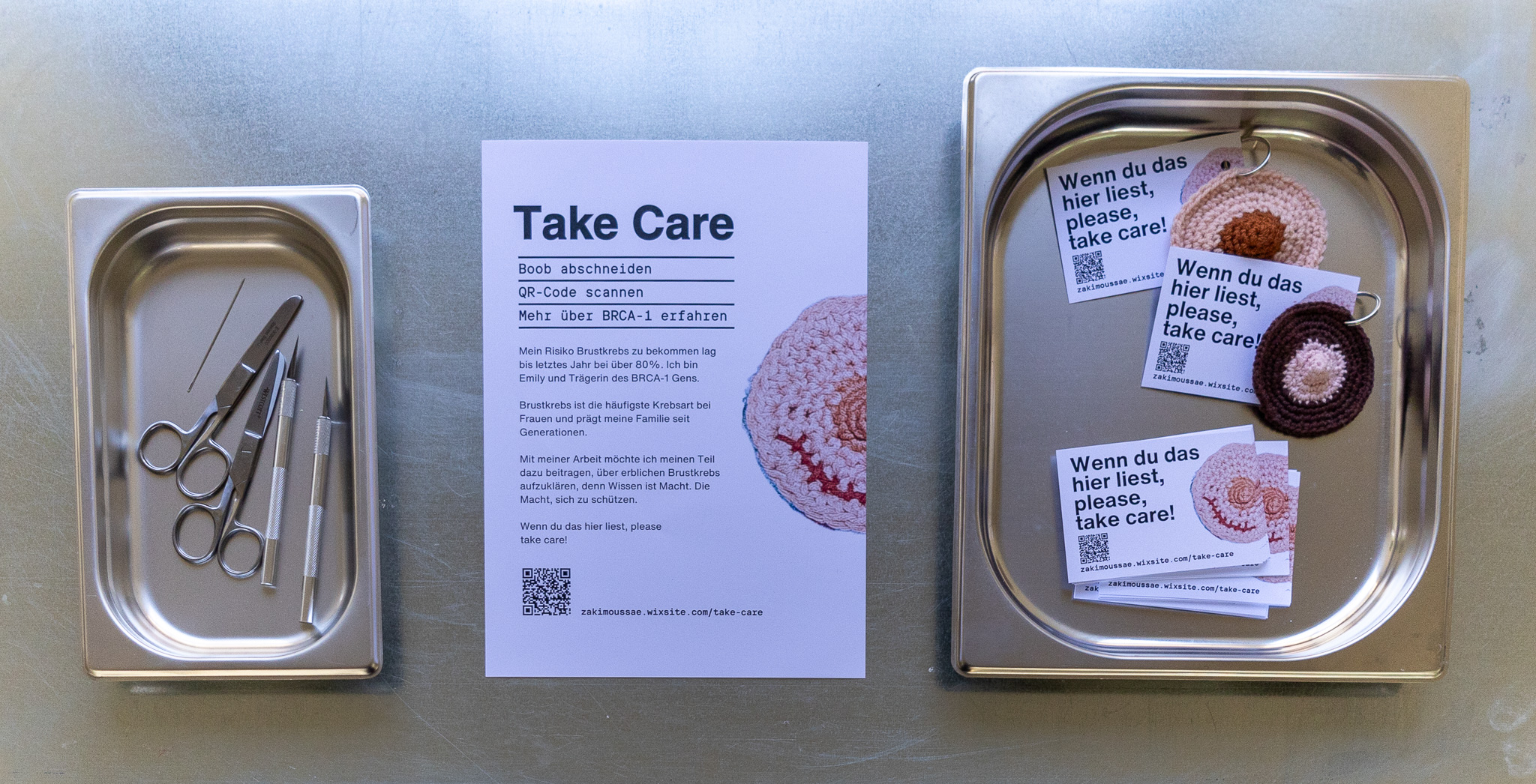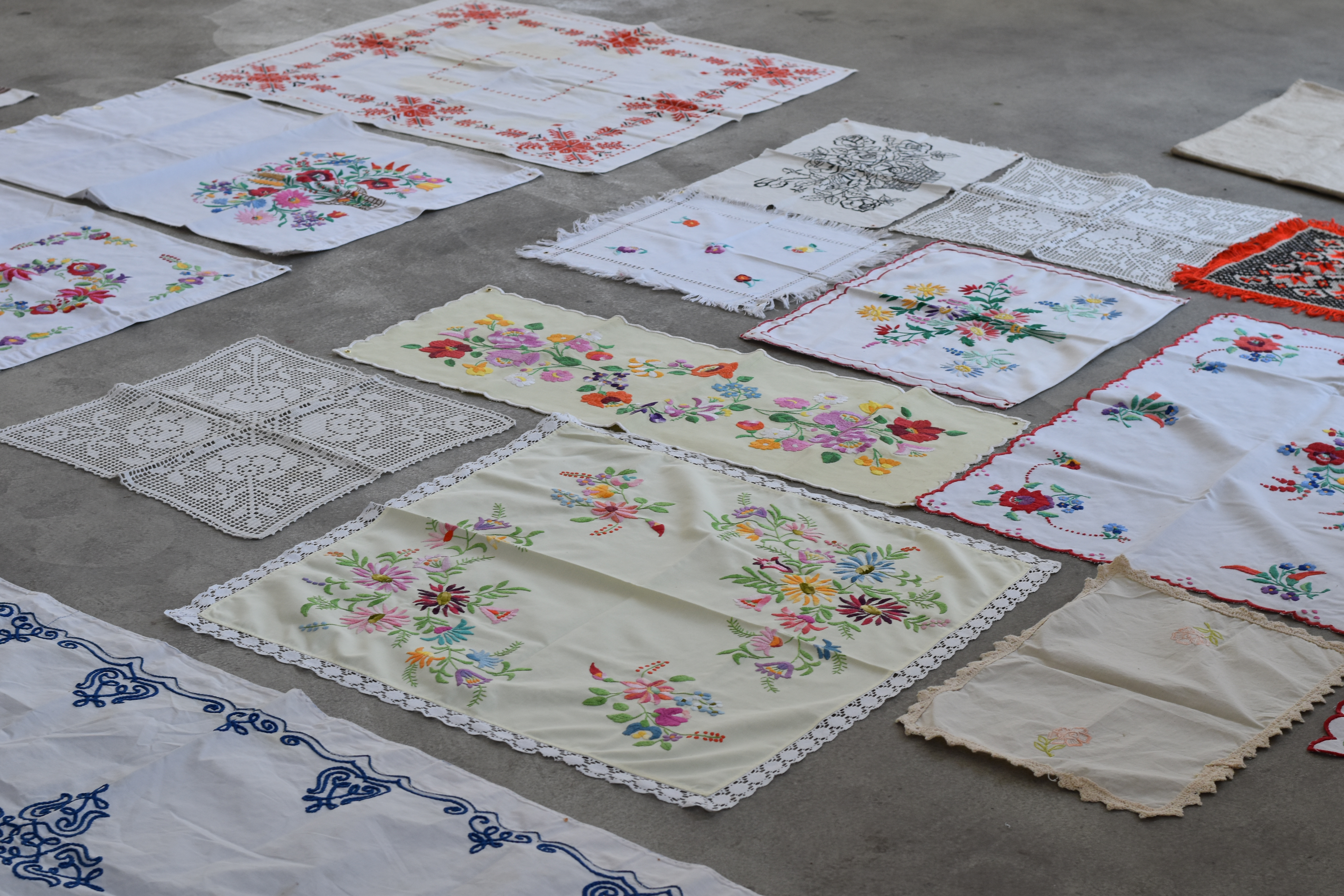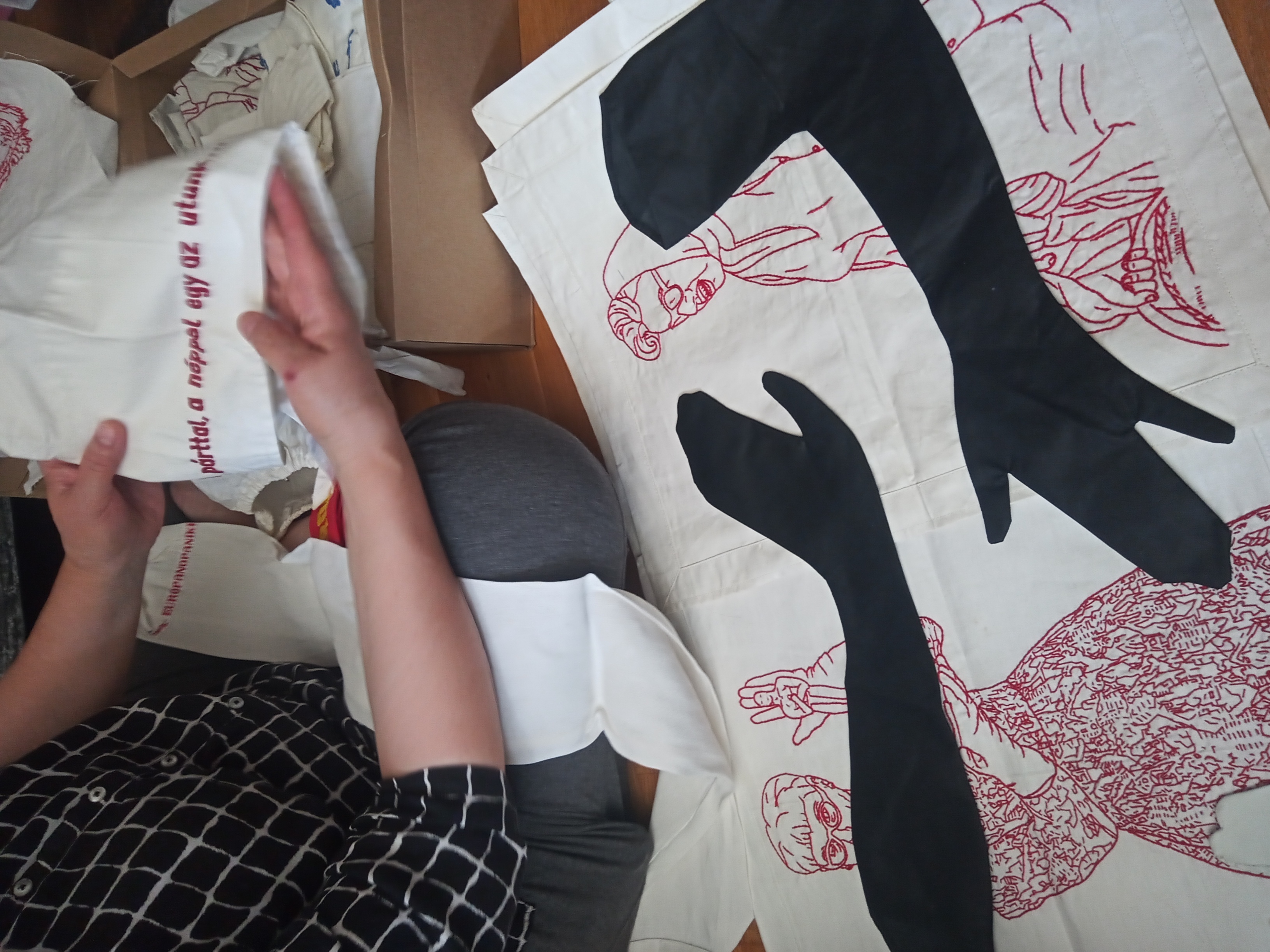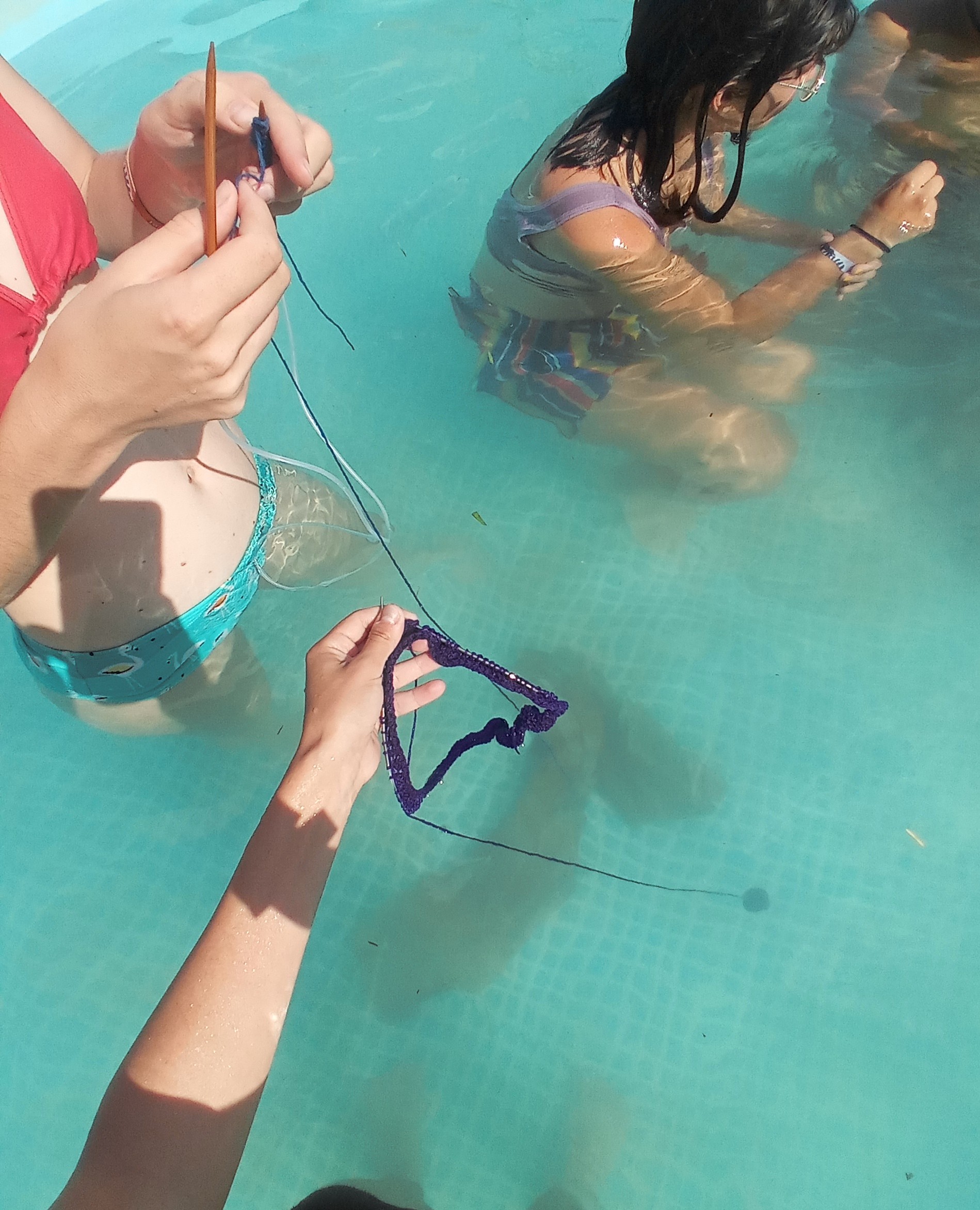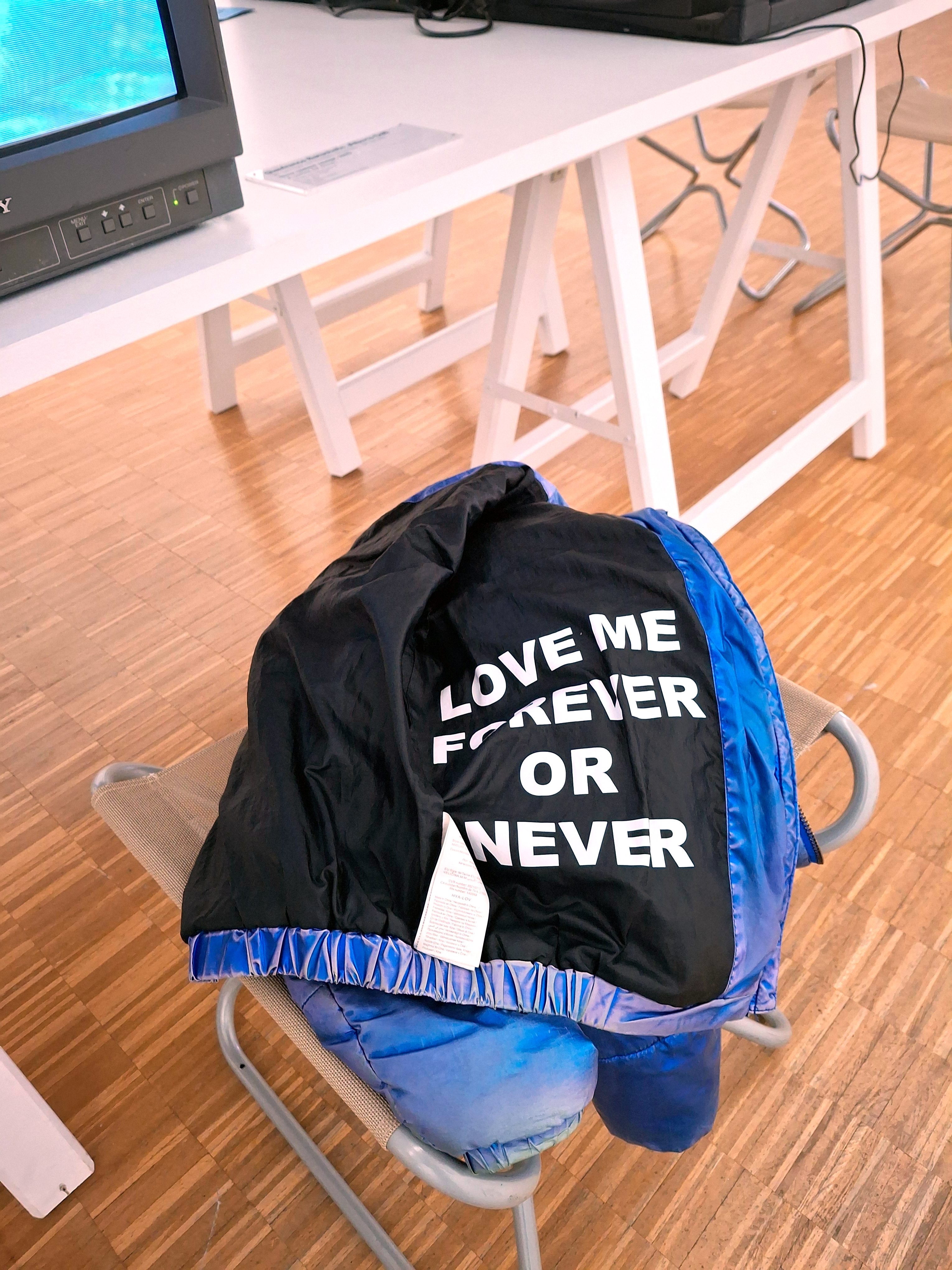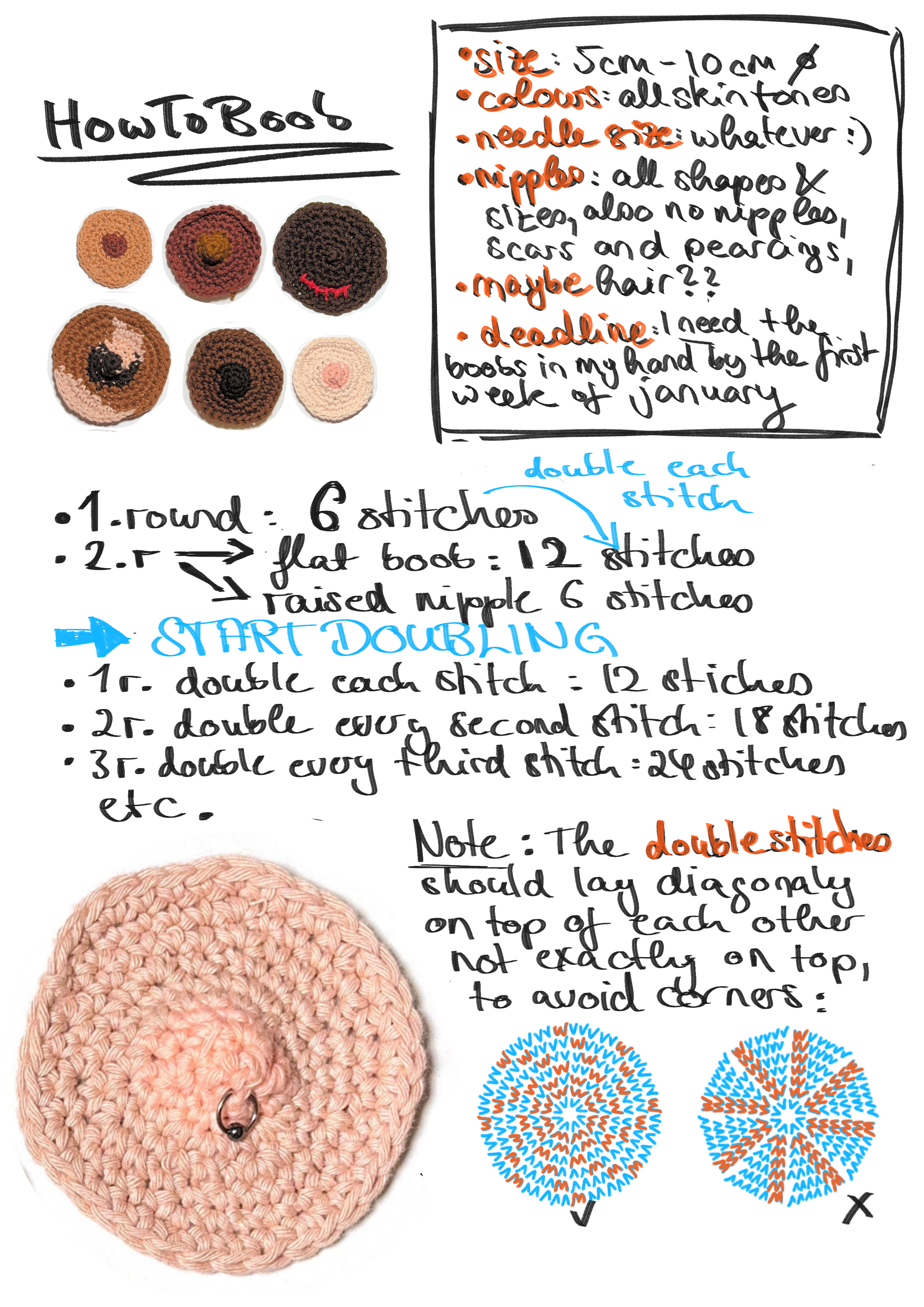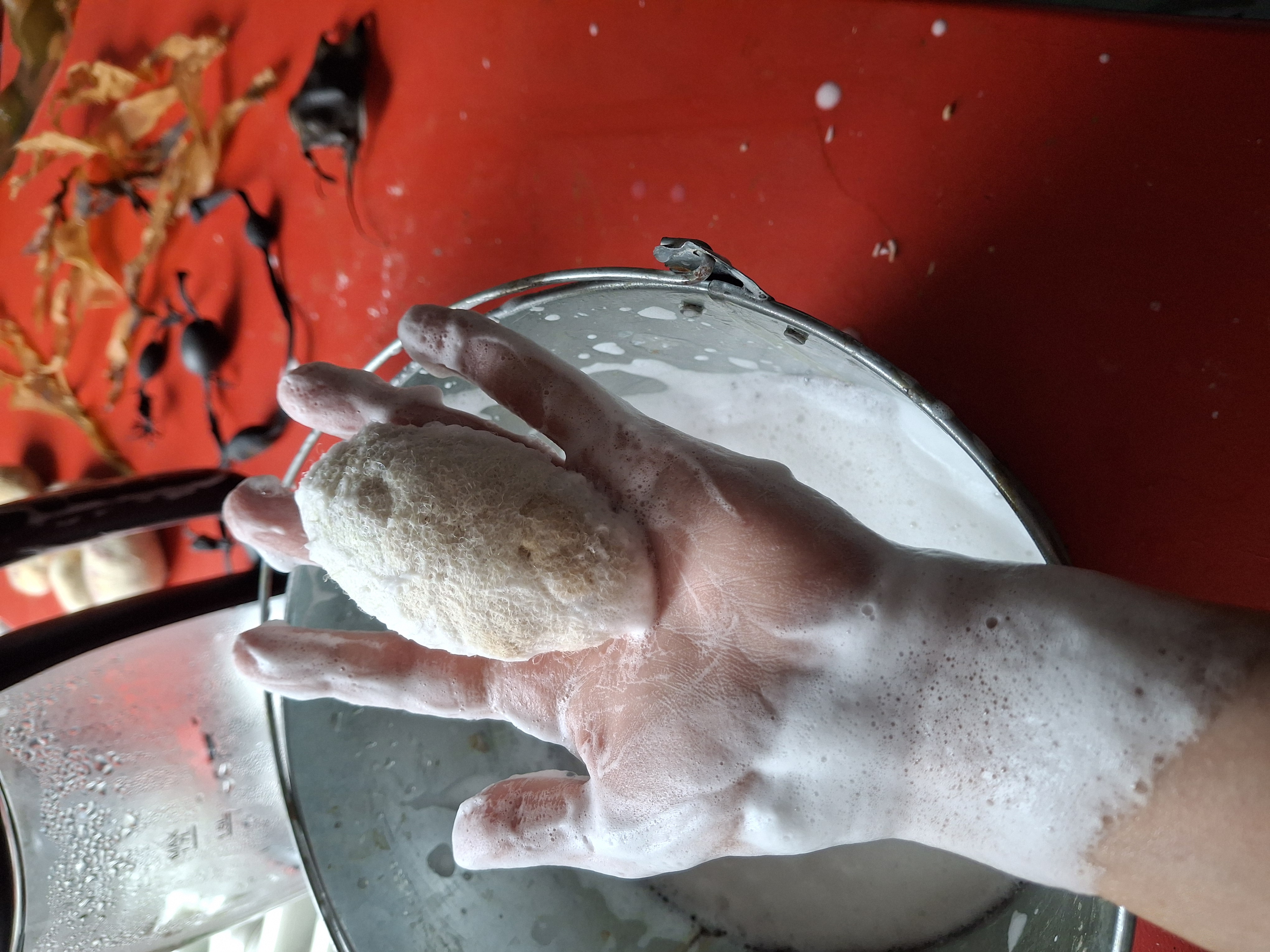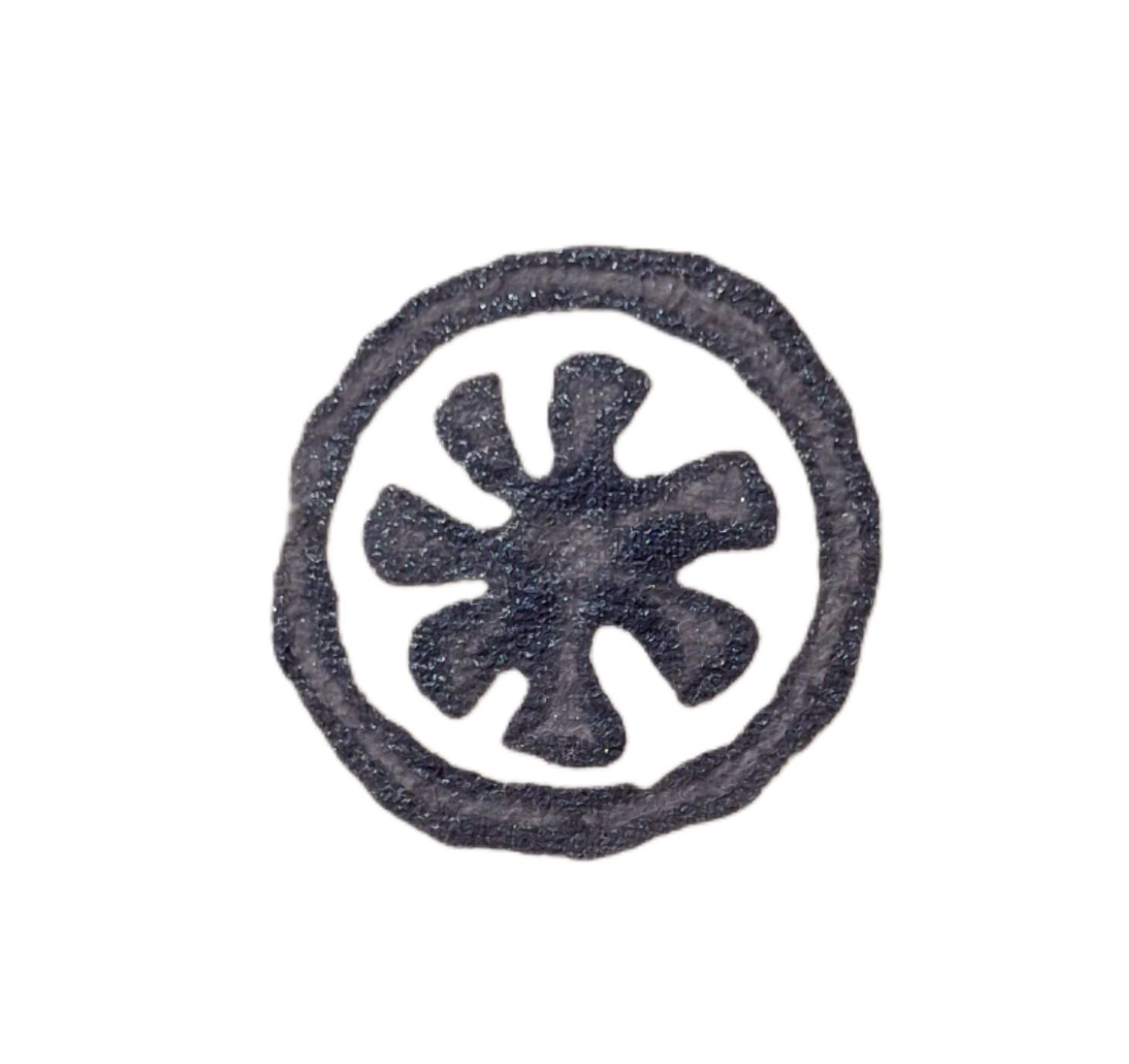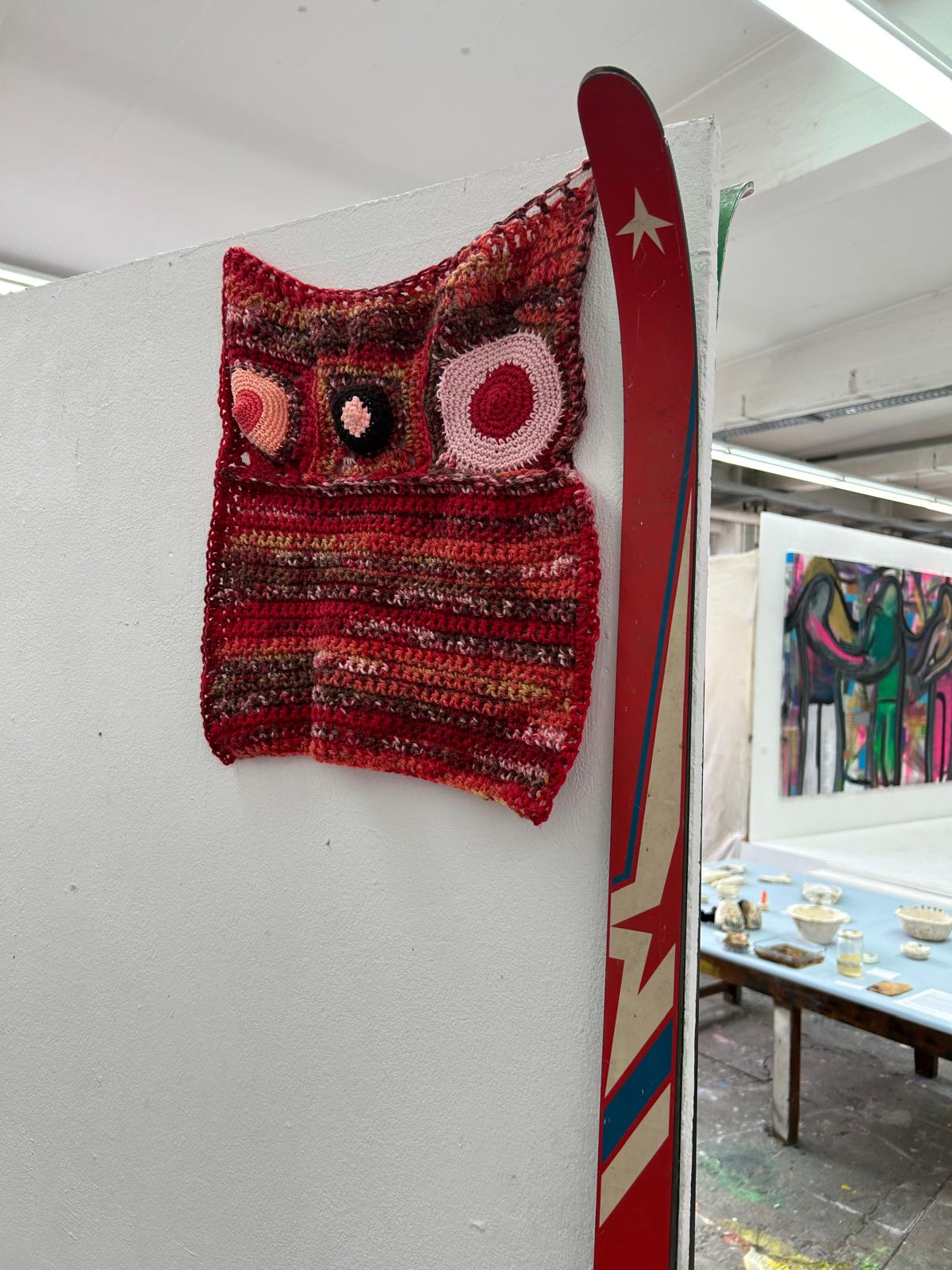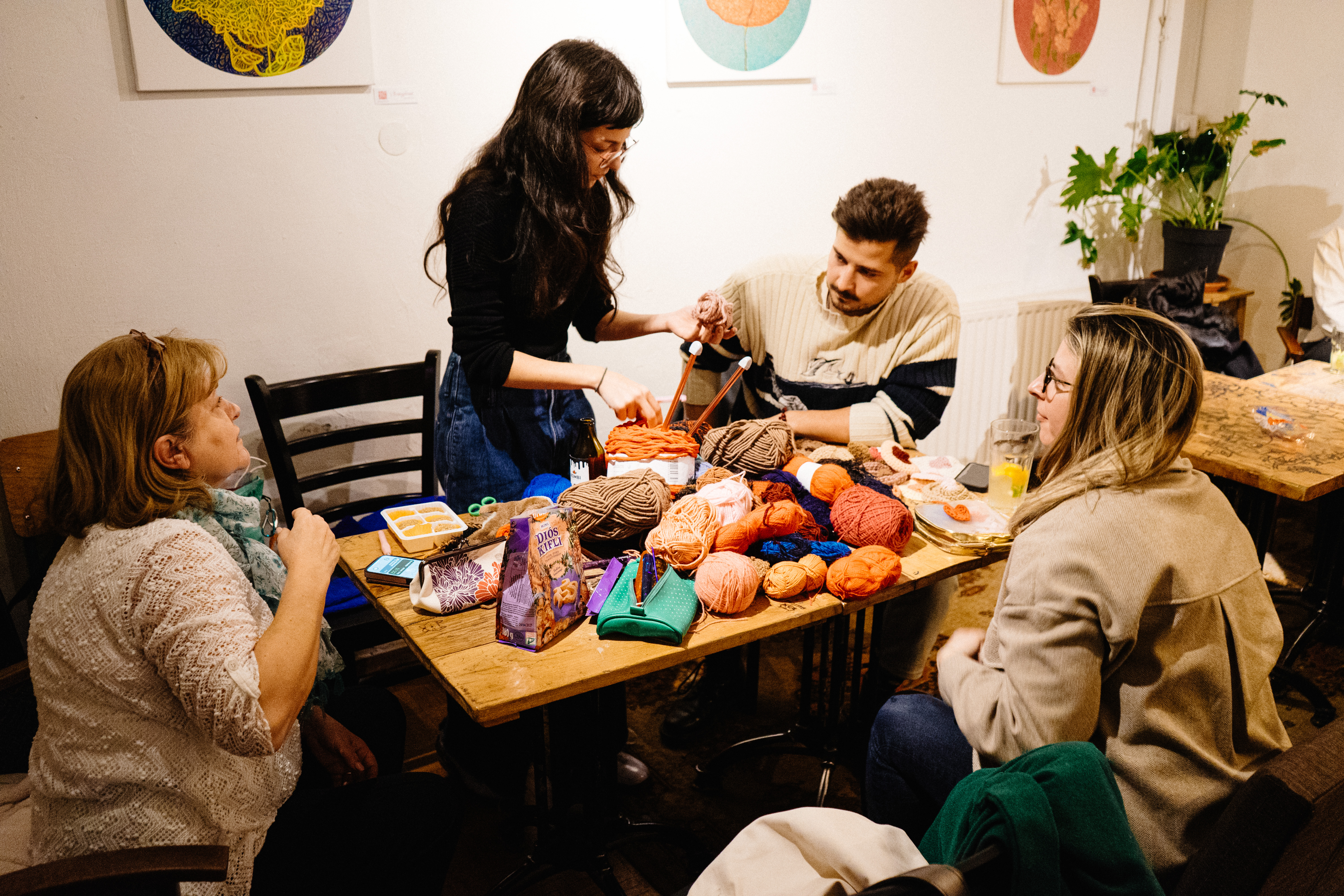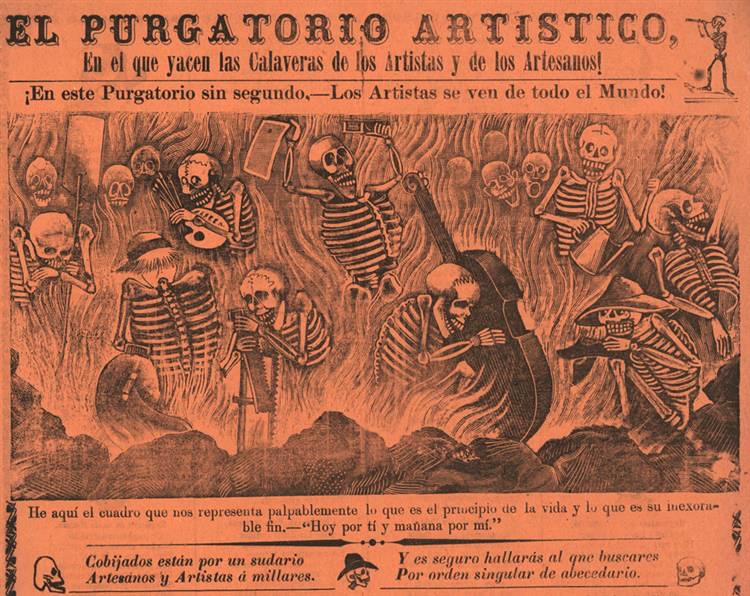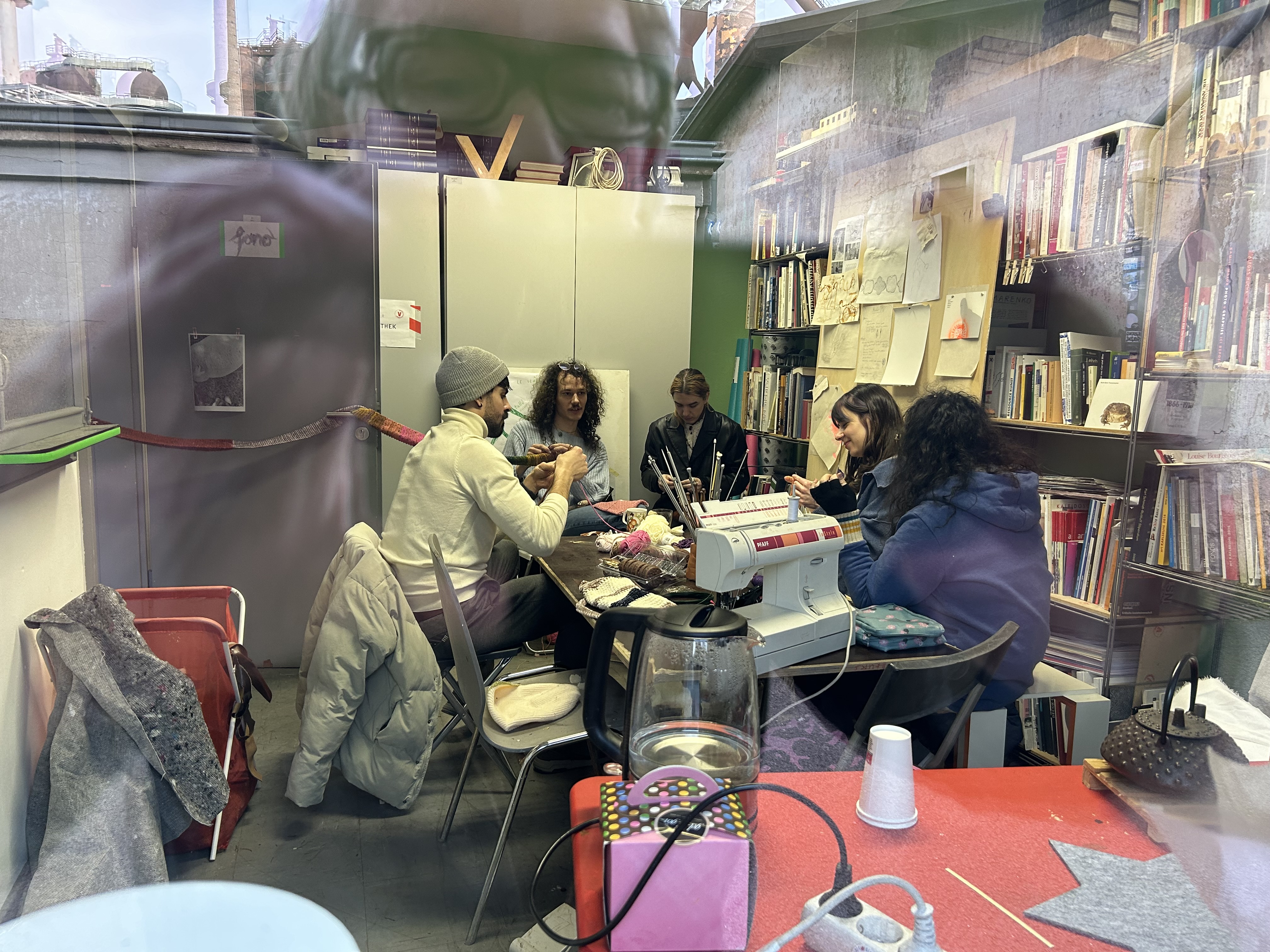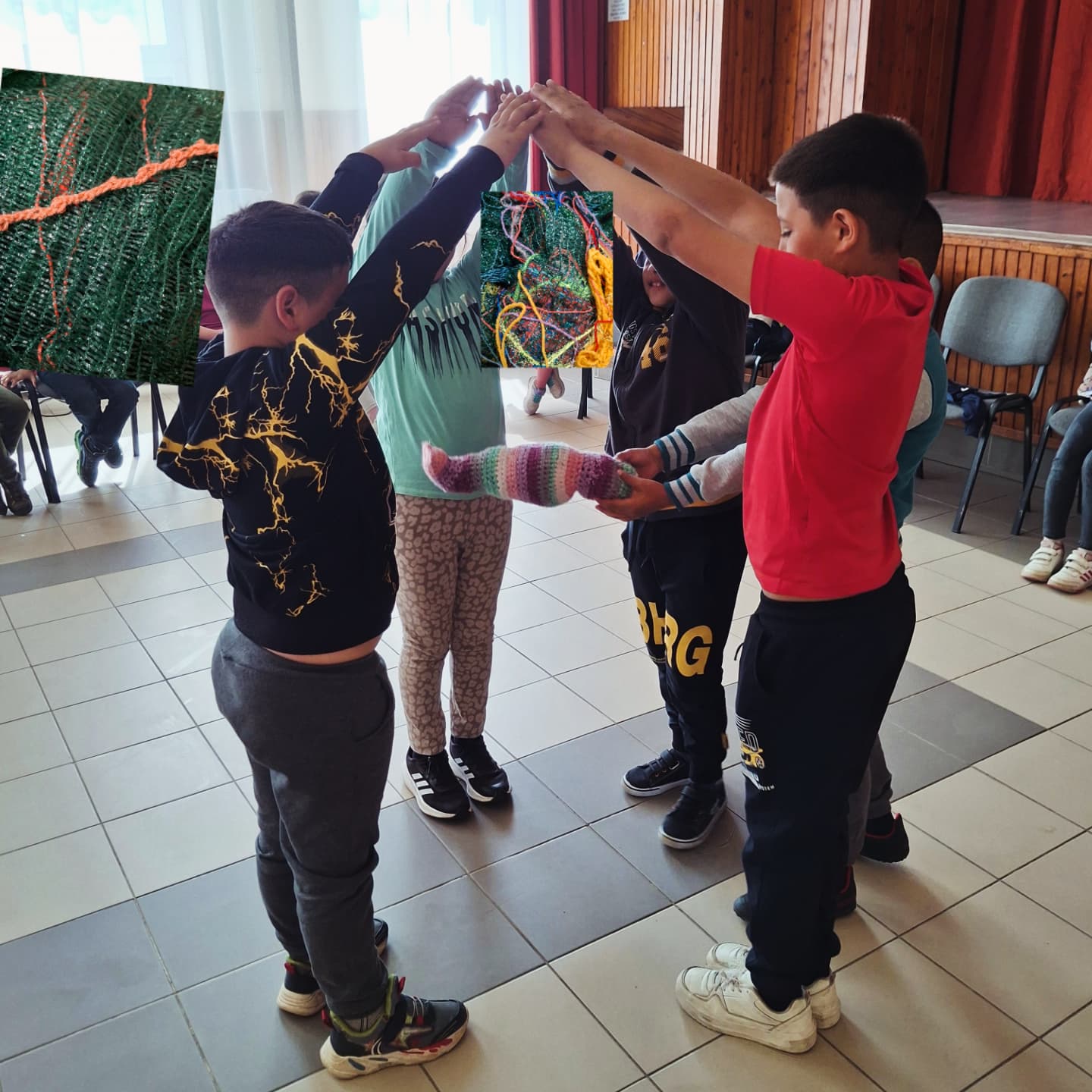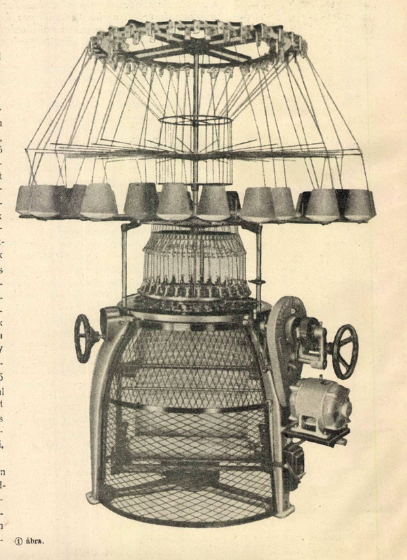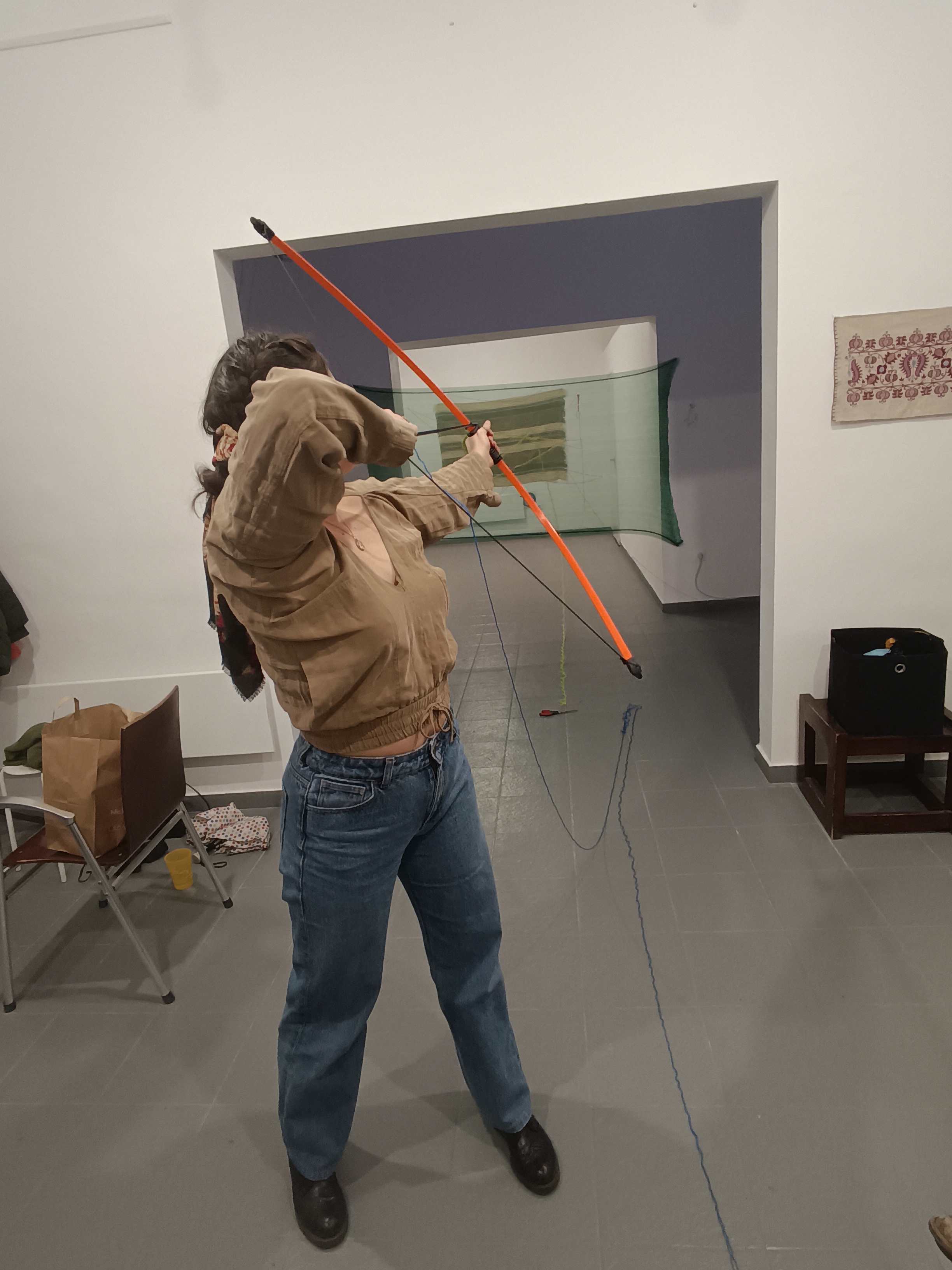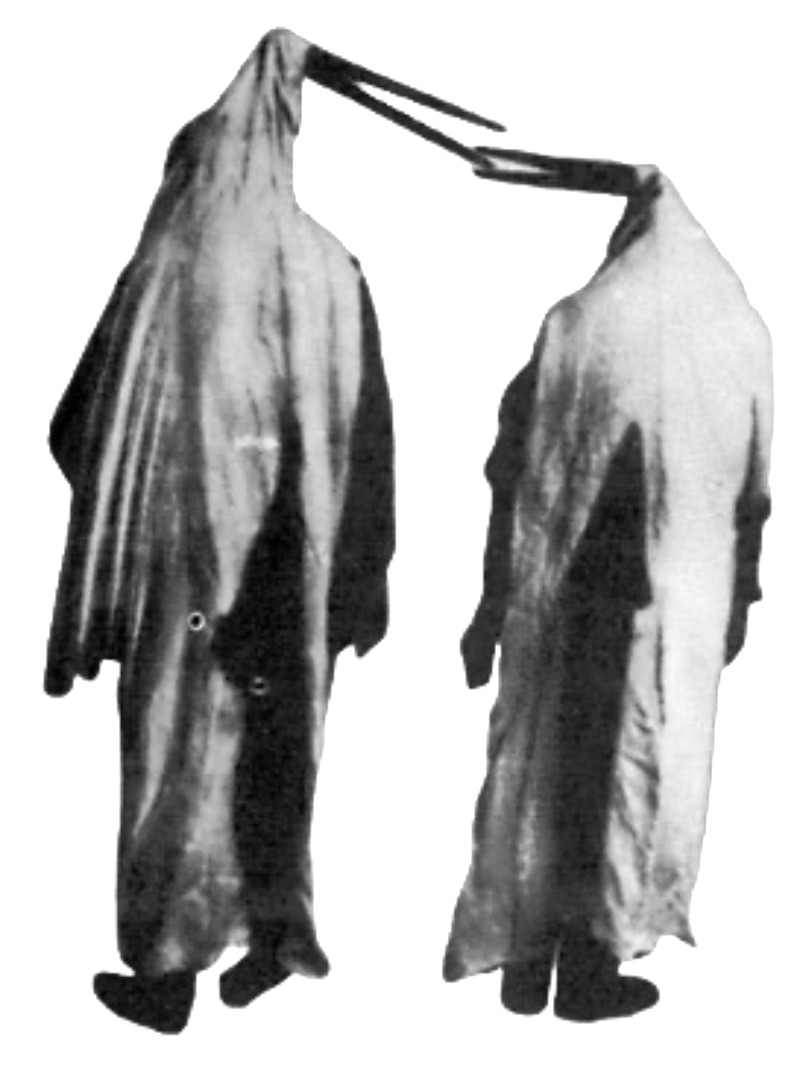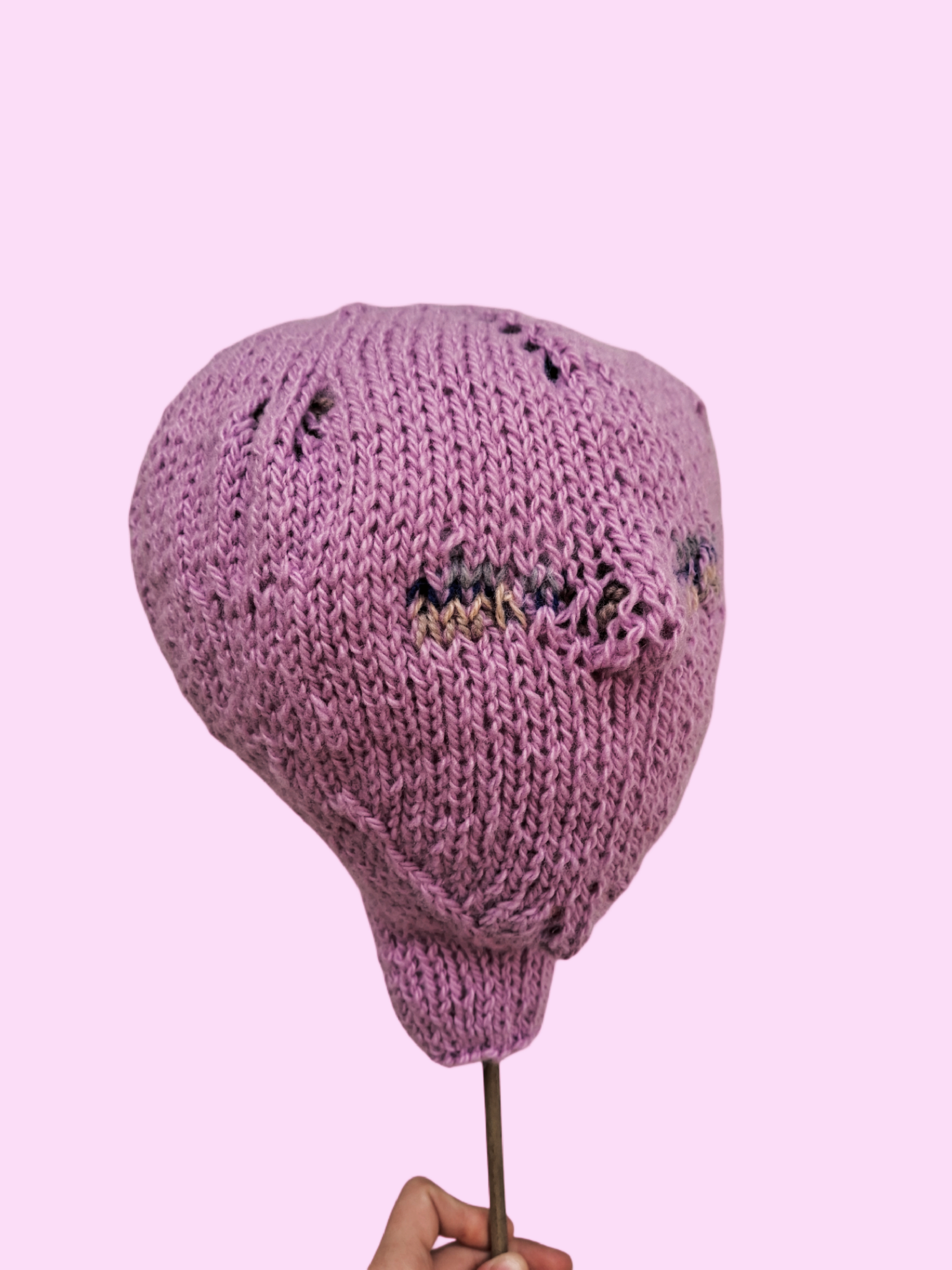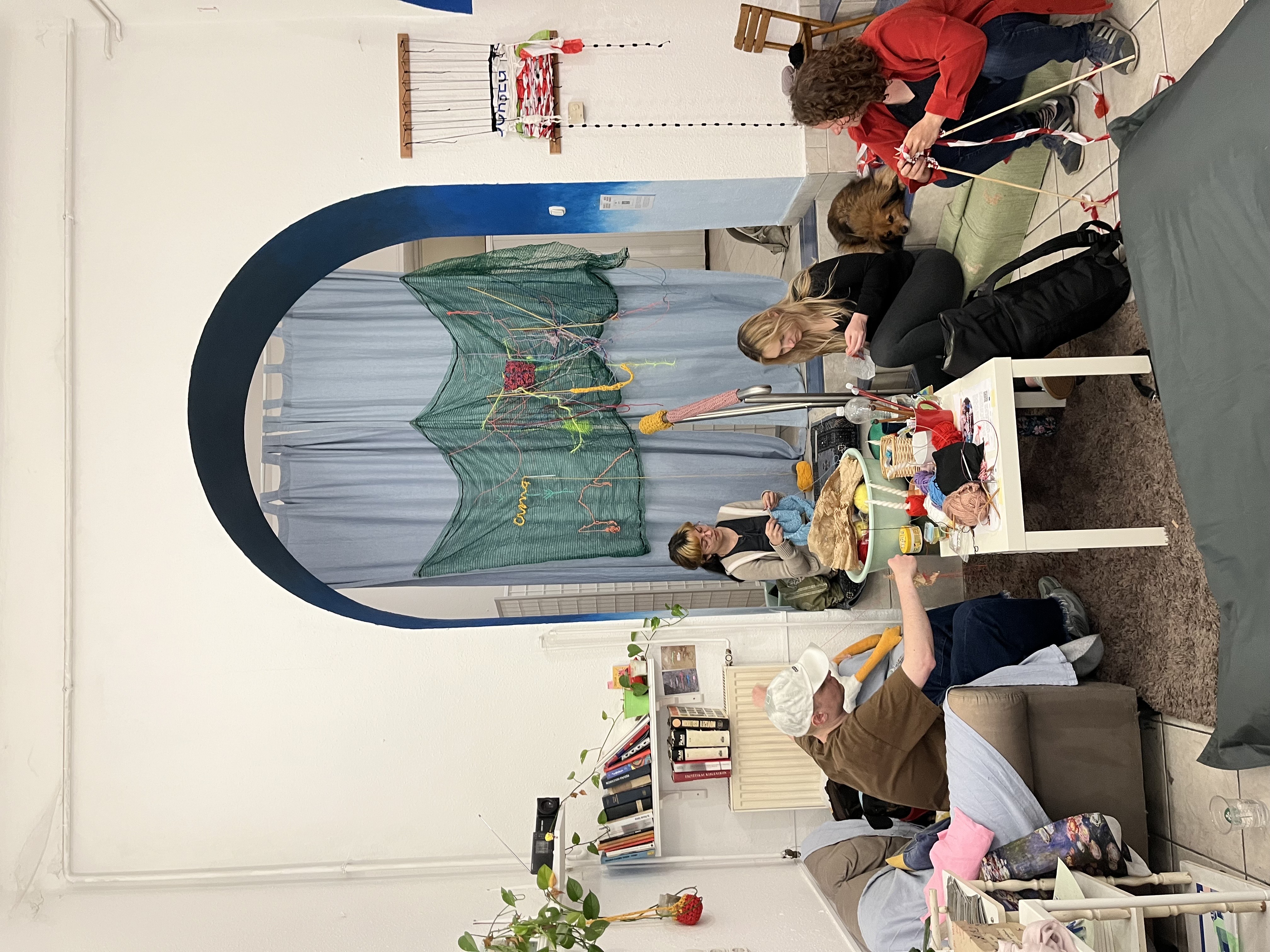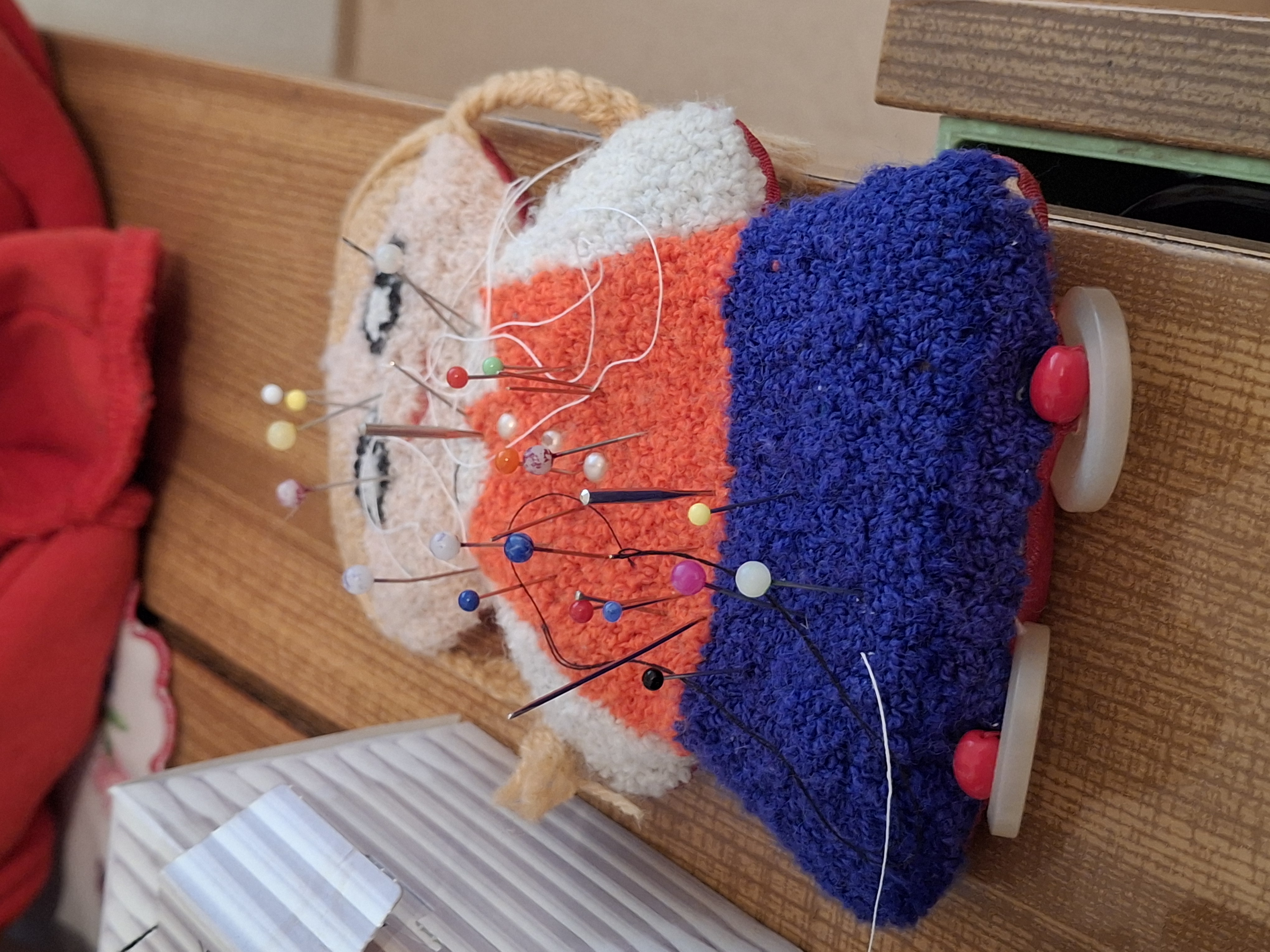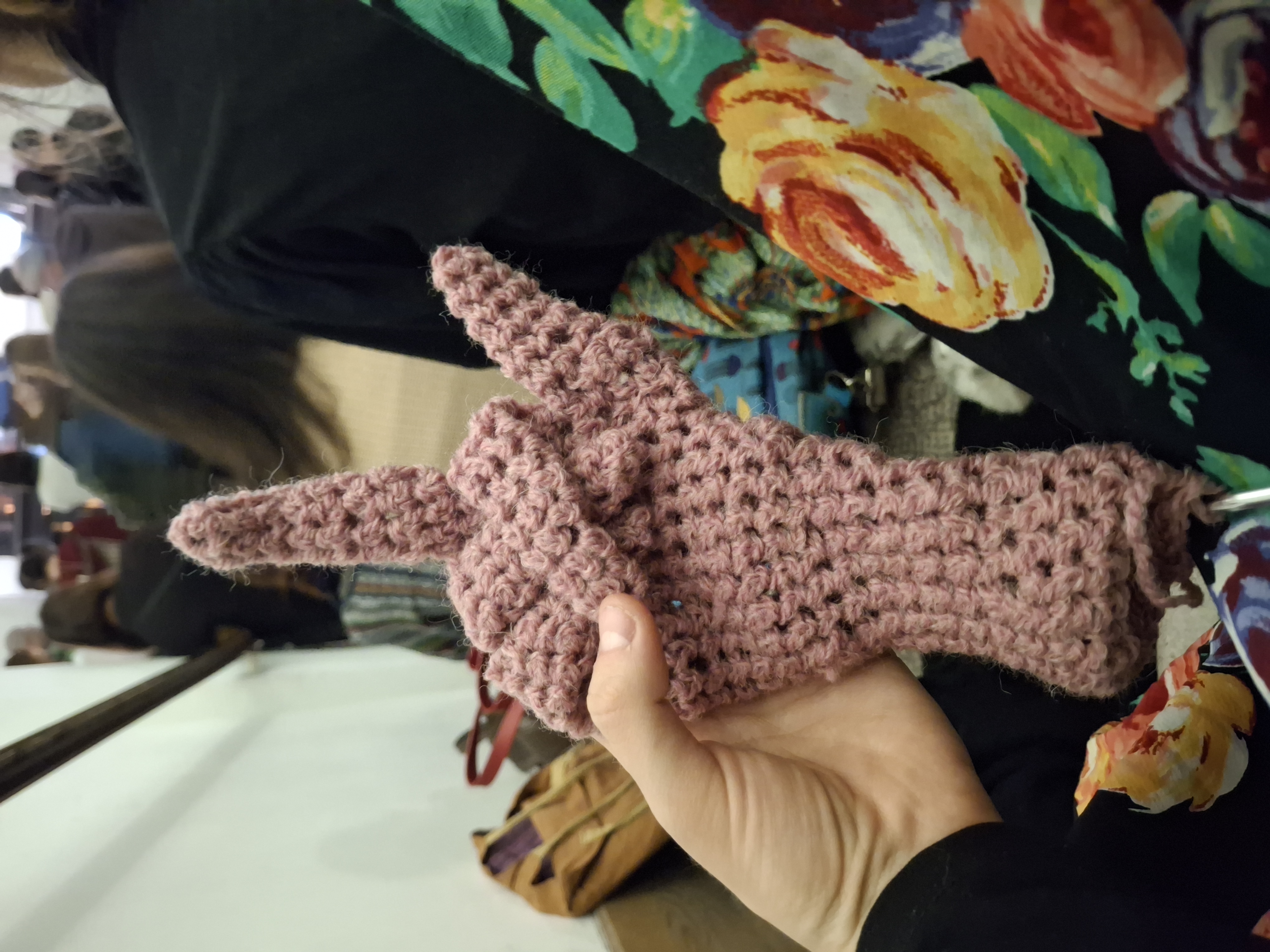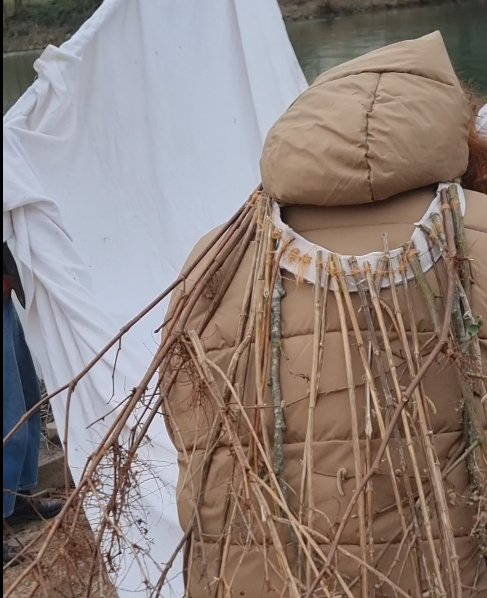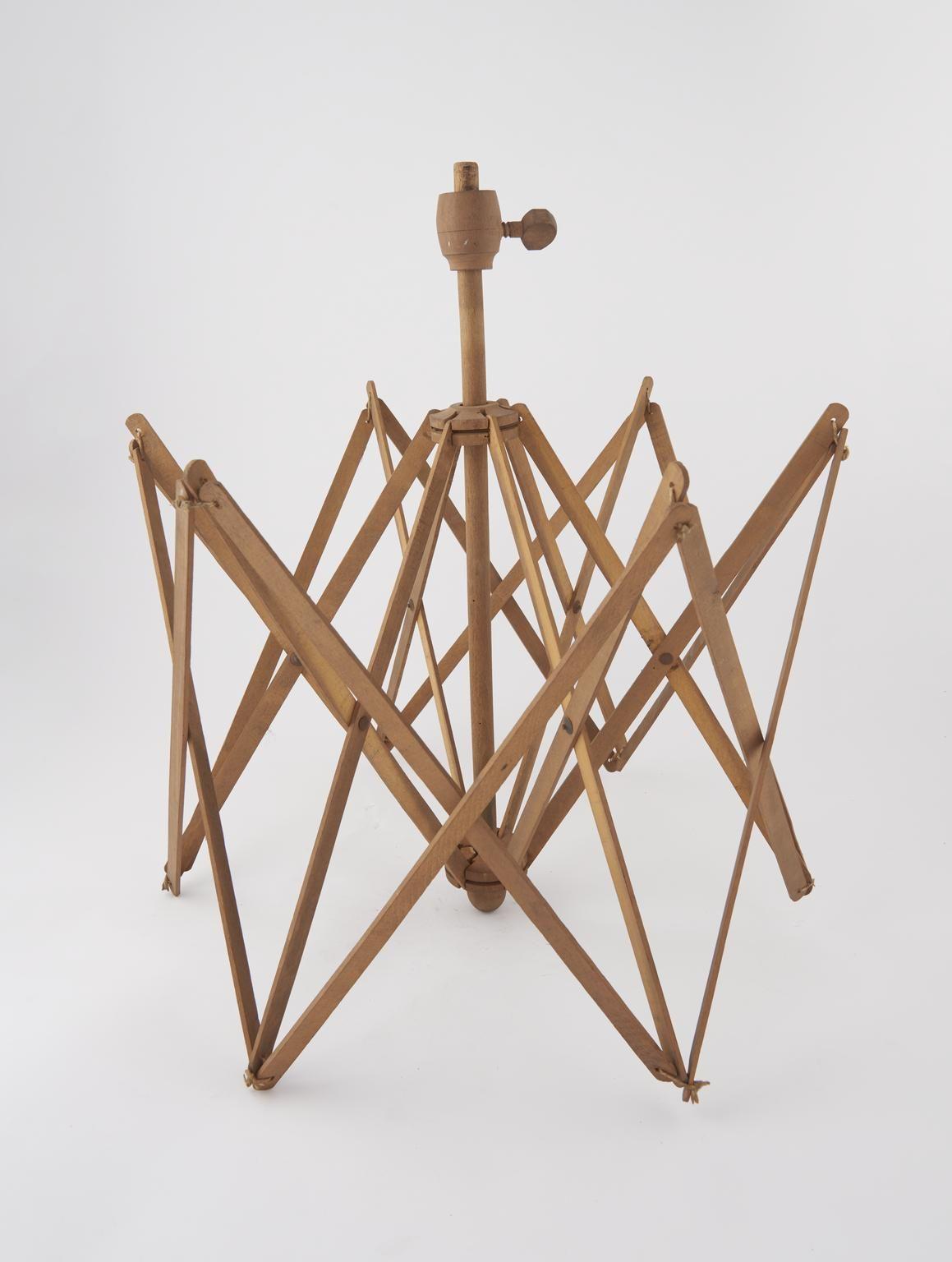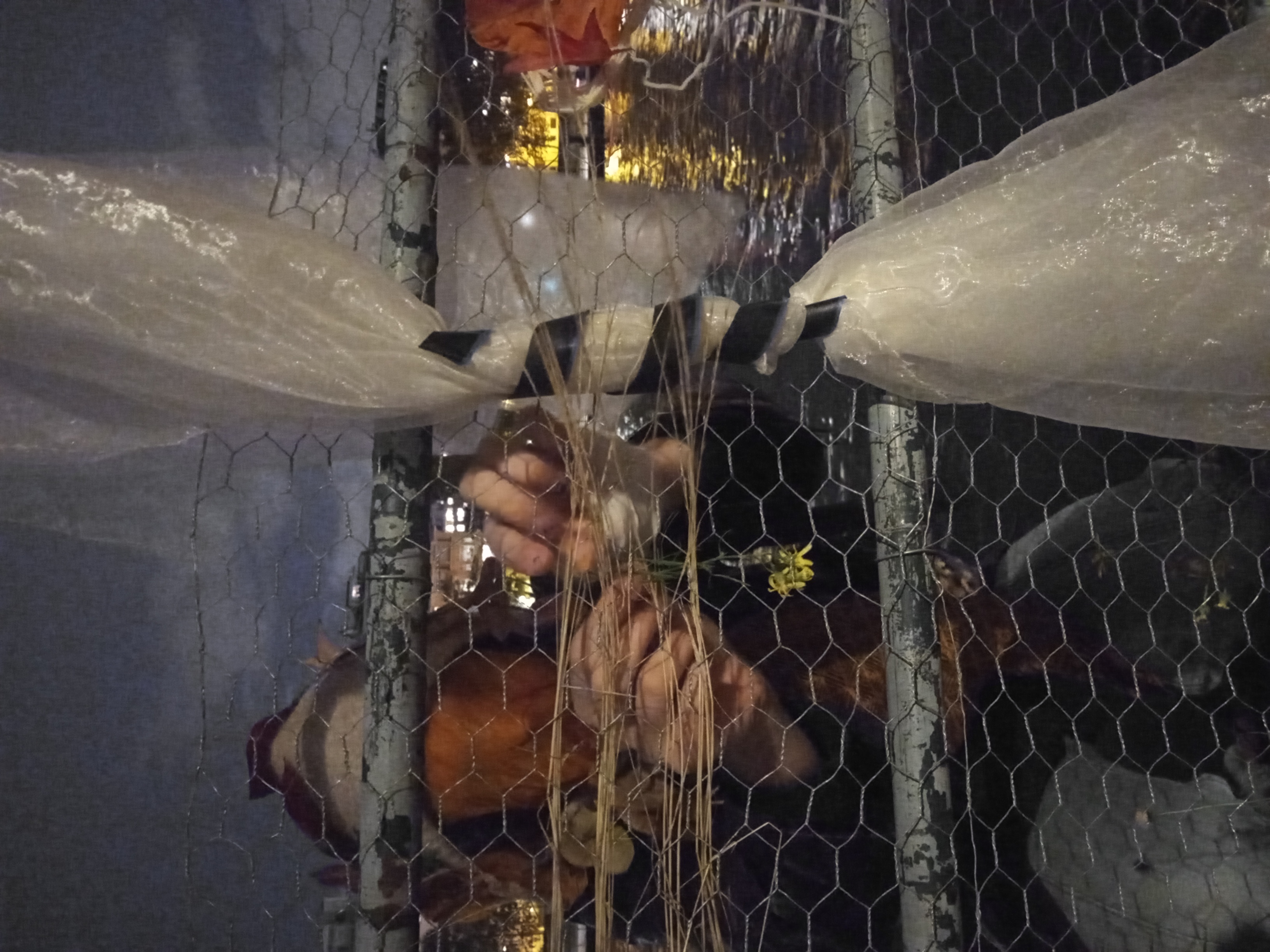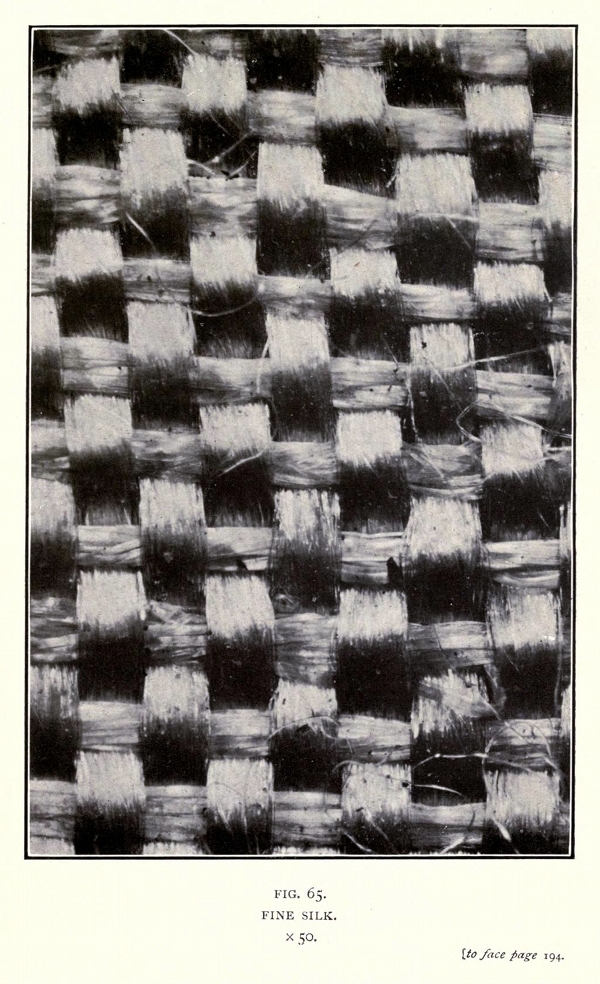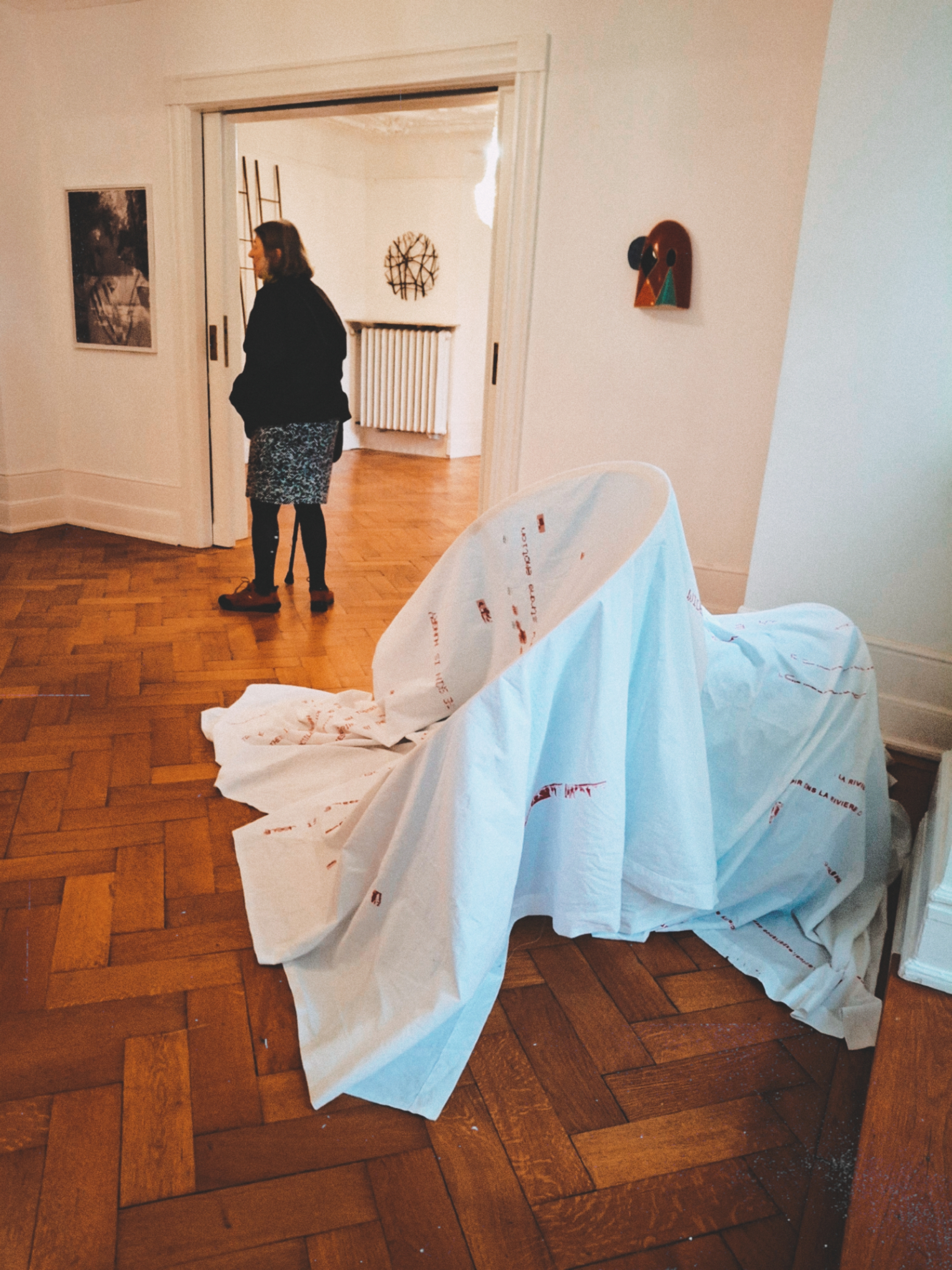
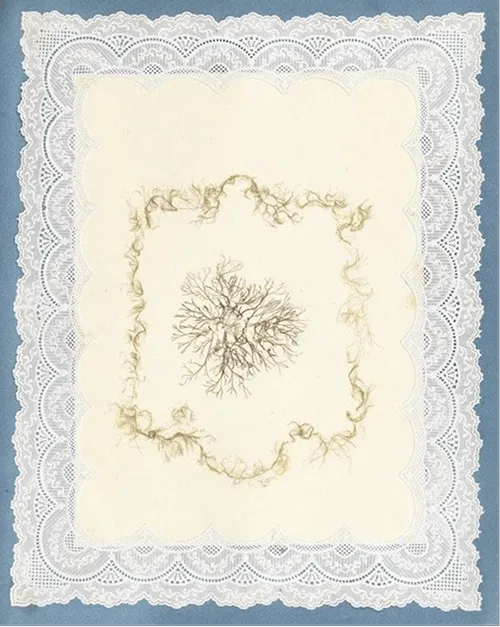
In the traditional sense, fonó can refer to the place where spinning takes place, the event itself, (“they held a fonó”) or even the person who does the spinning. The term thus evokes various perspectives in relation to space, time, and individuals.
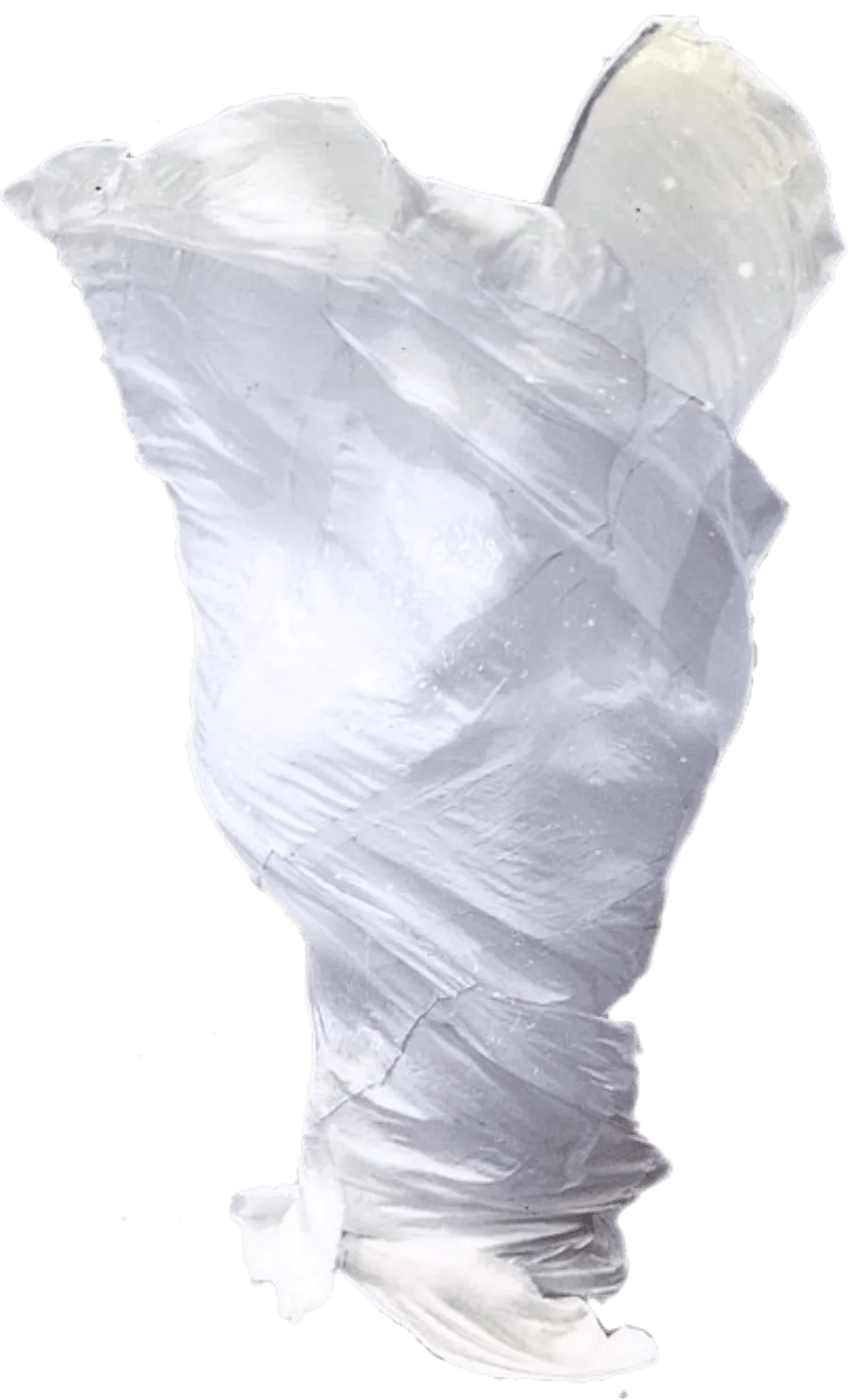
Fohno is open to organic transformation—anyone entering the network can shape the concept with their own vision, but they cannot override its fundamental principles. Those familiar with the art world often fear being perceived as too craft-focused and therefore propose ways to make a project appear more “fine art”-like. Meanwhile, non-artists often wish to place greater emphasis on craftsmanship rather than on an experimental or critical approach. However, Fohno cannot yield to either side, as doing so would exclude the other.
This meta-space is accessible and open to anyone, regardless of education, social status, or position within (or outside) the art world. At the same time, Fohno does not assume that everyone wants to be part of it—its goal is not to establish yet another dominant framework.
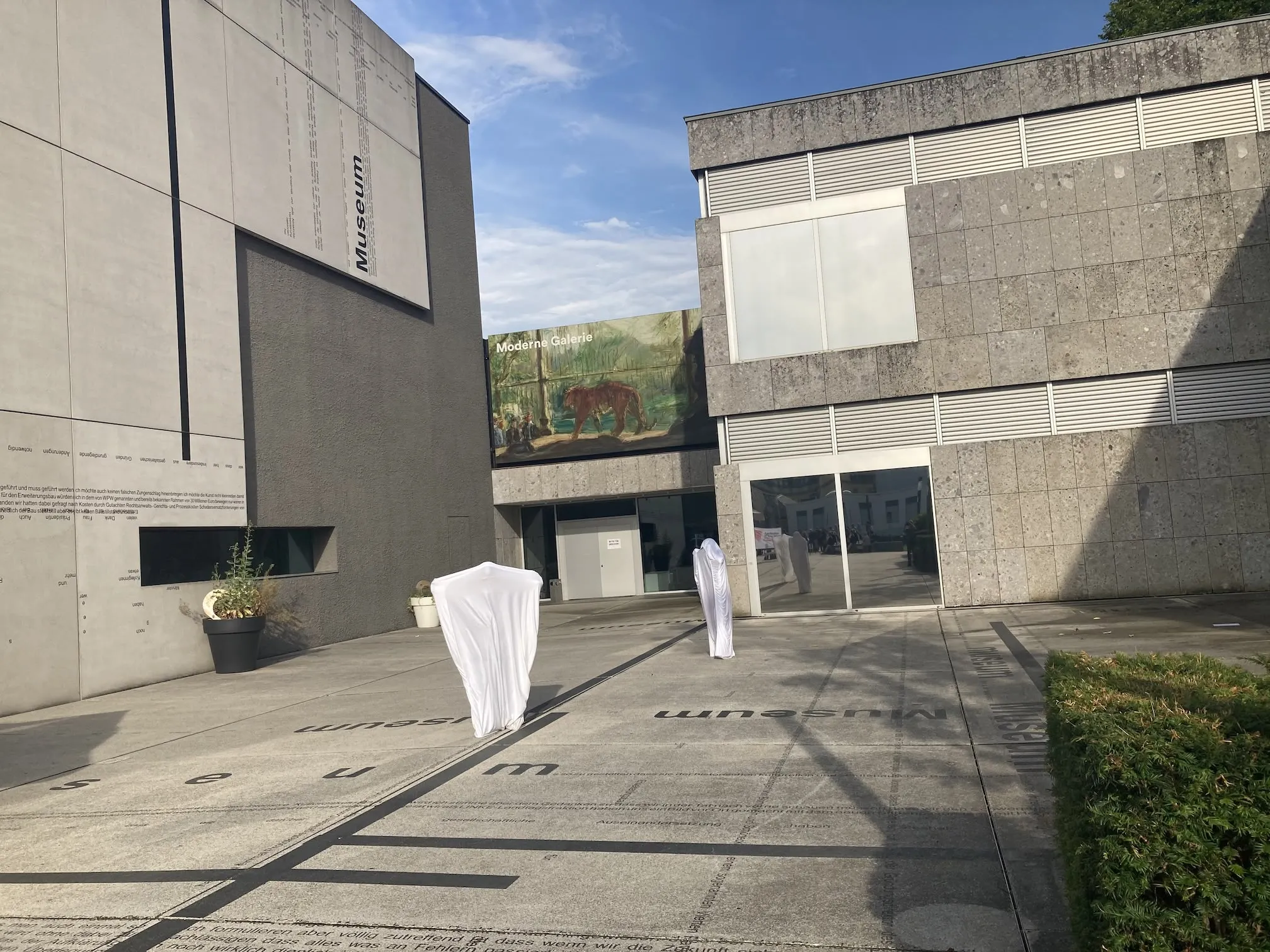
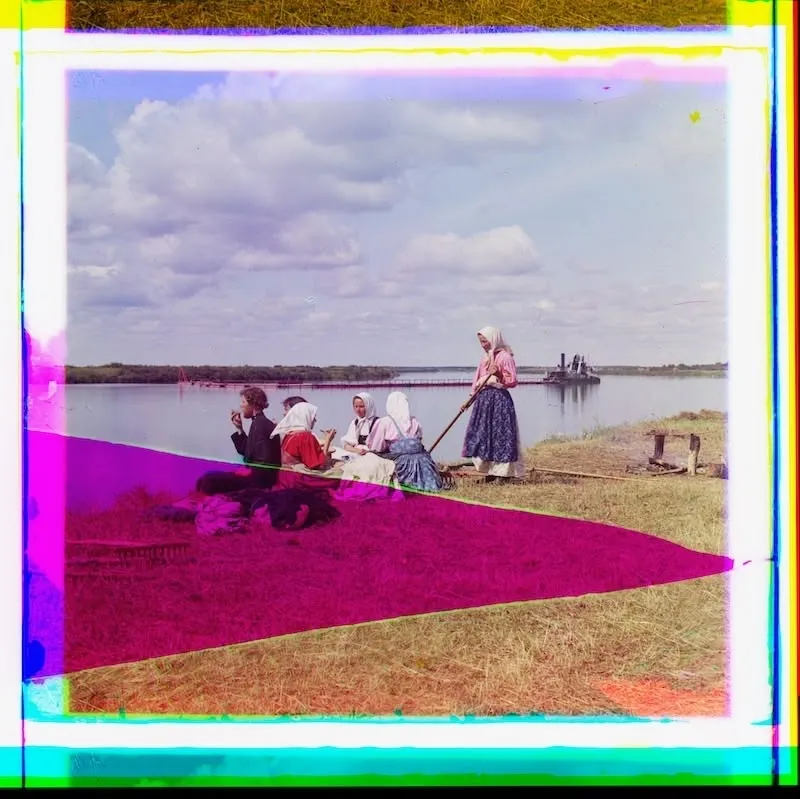
Fohno offers alternative ways to build networks. Its most crucial element is the unexplainable—resisting the myth of objectivity, which often occupies space that should be dedicated to genuine attention, communication, and discovery. The method’s primary medium is textiles, which, beyond embodying the metaphor of a network, also serve as a basis for communal activities. In this sense, the weaving of visible threads of textiles is secondary to the development of invisible threads of human connection. However, when these two intersect, topics, free associations, and ideas emerge that would otherwise remain suppressed in a purely intellectual, structured dialogue.

Amore
2025
HU
Bura Gallery
DE
The idea of “angry embroidery” was born during the Gondvarró Kör workshop by Fohno, led by Aliz Farkas and Kitti Balázs. Kitti suggested that embroidery could express emotion not just through imagery, but also through the act itself—embroidering with force, even rage.
In March news broke about a possible ban on Pride in Hungary. Emotions ran high. People were furious and deeply moved.
We decided to hold a spontaneous event combining this expressive method with the political moment. It offered a more intimate alternative to mass protests—a space to share thoughts, anger, fears, and connection.
We called it Amore—a nod to the god of love and the freedom to love. That evening at Bura Gallery in Budapest, we strung up a net and taught each other how to embroider with arrows. At one point, a Gipsy Criminals mask also appeared, adding another layer to the project.
Gyöngyvirág Agócs, Nicola Demozzi, Aliz Farkas, Alexandra Kékesi, Indra Kupferschmid, Anita Kovács, Borbála Orosz, Sára Sólyom, Zsanett Szabó, Luca Vajda, Georg Winter, Petra, Alex and others
The idea of “angry embroidery” was born during the Gondvarró Kör workshop by Fohno, led by Aliz Farkas and Kitti Balázs. Kitti suggested that embroidery could express emotion not just through imagery, but also through the act itself—embroidering with force, even rage.
In March news broke about a possible ban on Pride in Hungary. Emotions ran high. People were furious and deeply moved.
We decided to hold a spontaneous event combining this expressive method with the political moment. It offered a more intimate alternative to mass protests—a space to share thoughts, anger, fears, and connection.
We called it Amore—a nod to the god of love and the freedom to love. That evening at Bura Gallery in Budapest, we strung up a net and taught each other how to embroider with arrows. At one point, a Gipsy Criminals mask also appeared, adding another layer to the project.
Gyöngyvirág Agócs, Nicola Demozzi, Aliz Farkas, Alexandra Kékesi, Indra Kupferschmid, Anita Kovács, Borbála Orosz, Sára Sólyom, Zsanett Szabó, Luca Vajda, Georg Winter, Petra, Alex and others
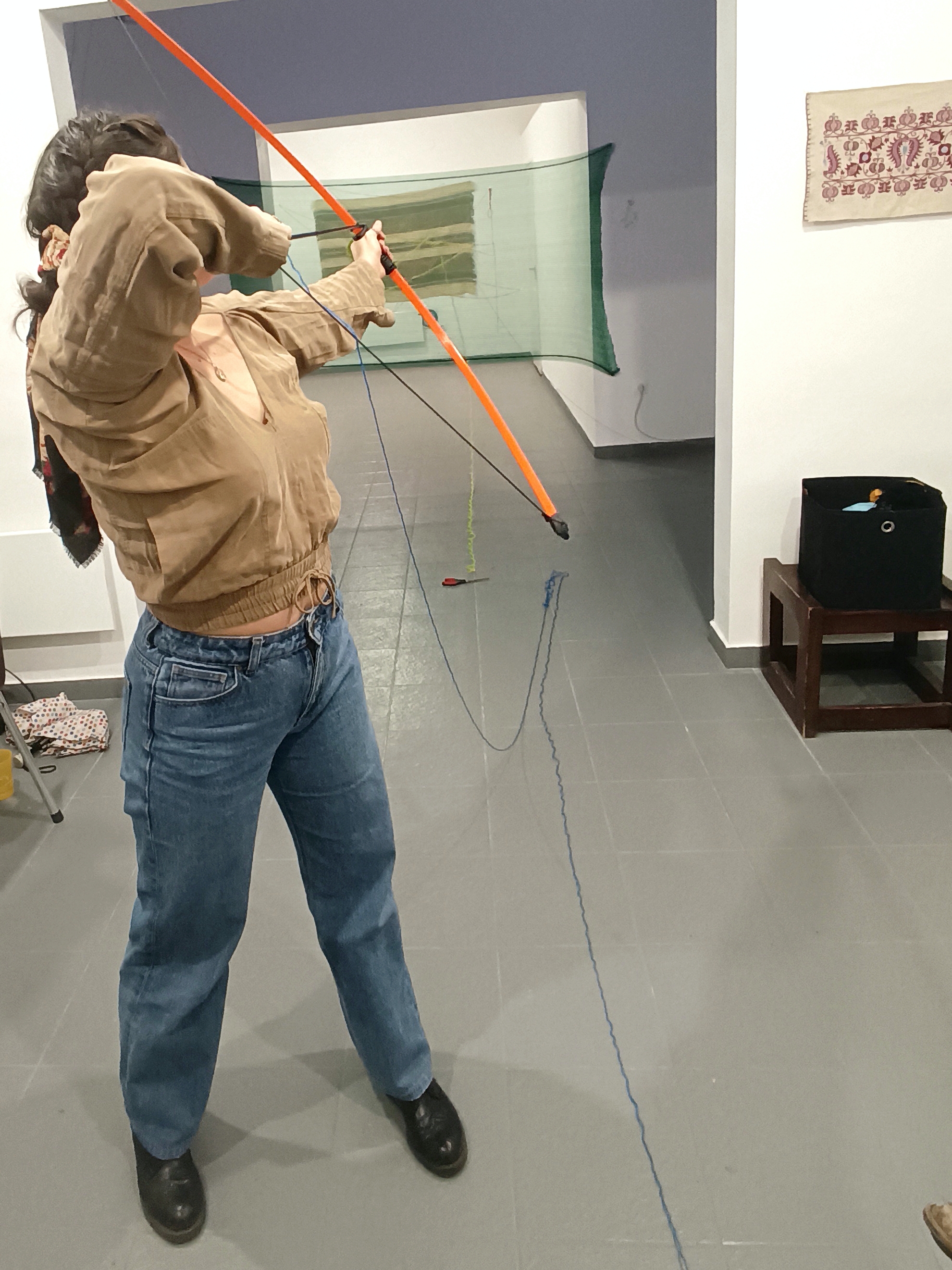
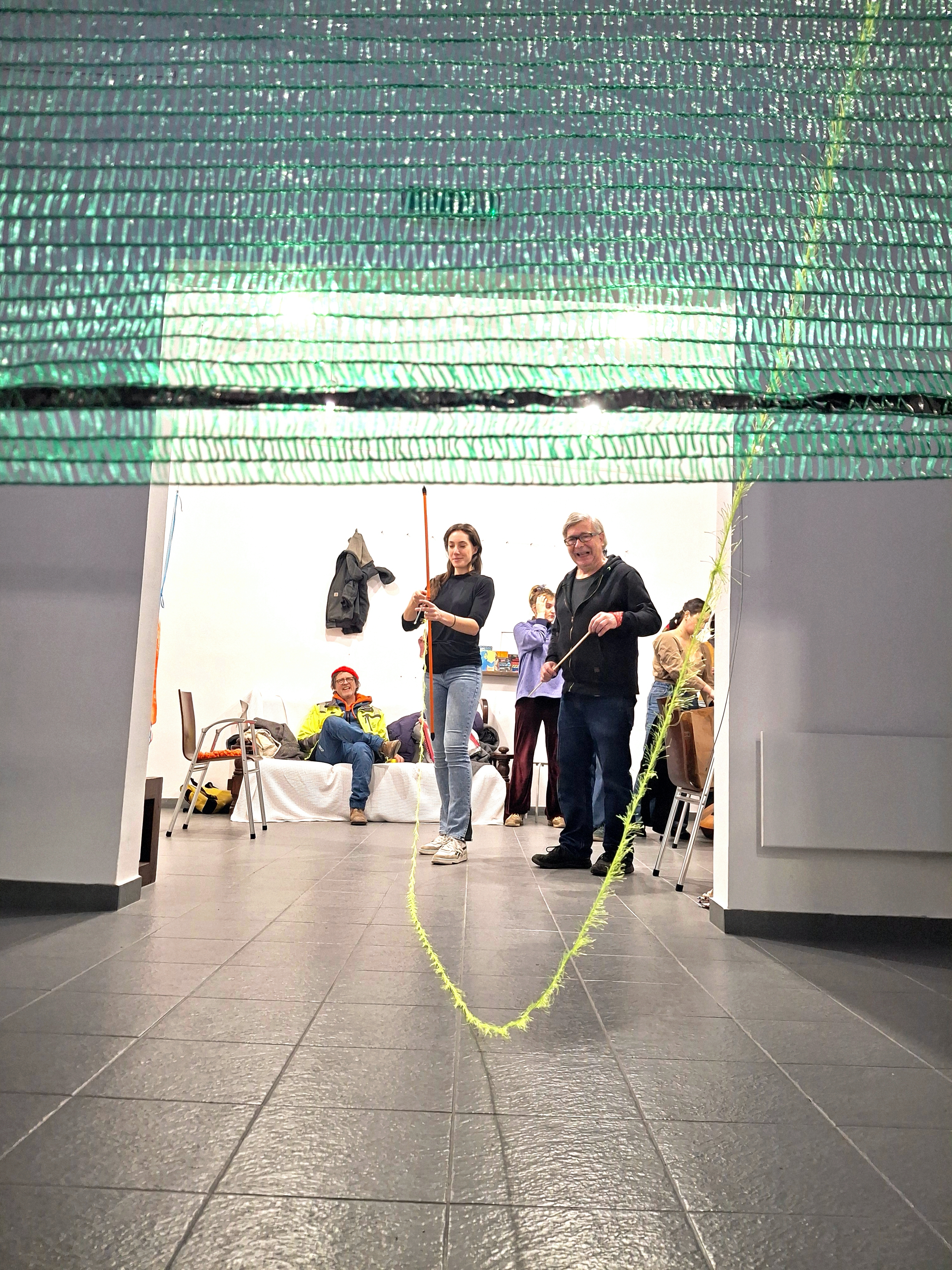
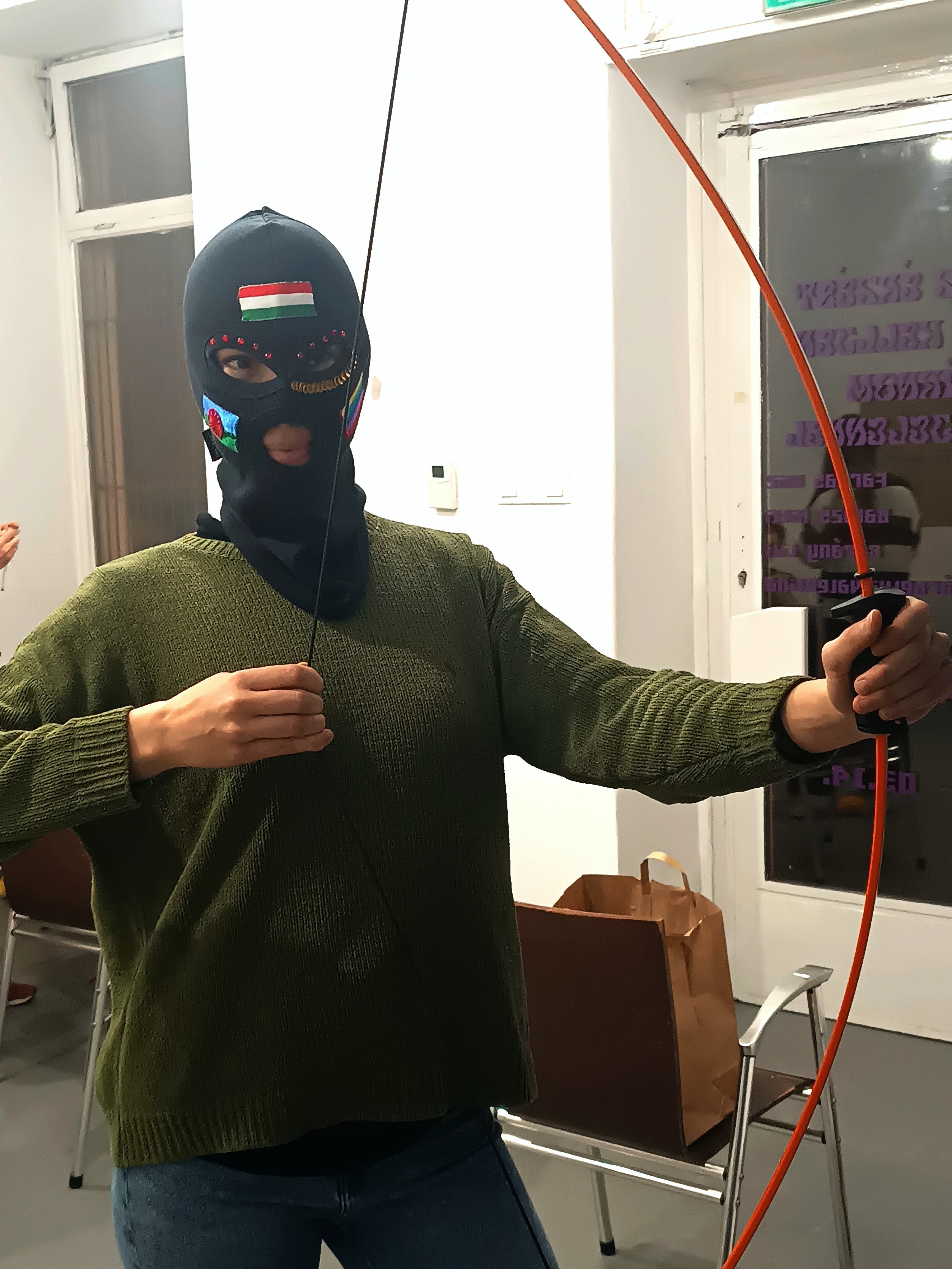
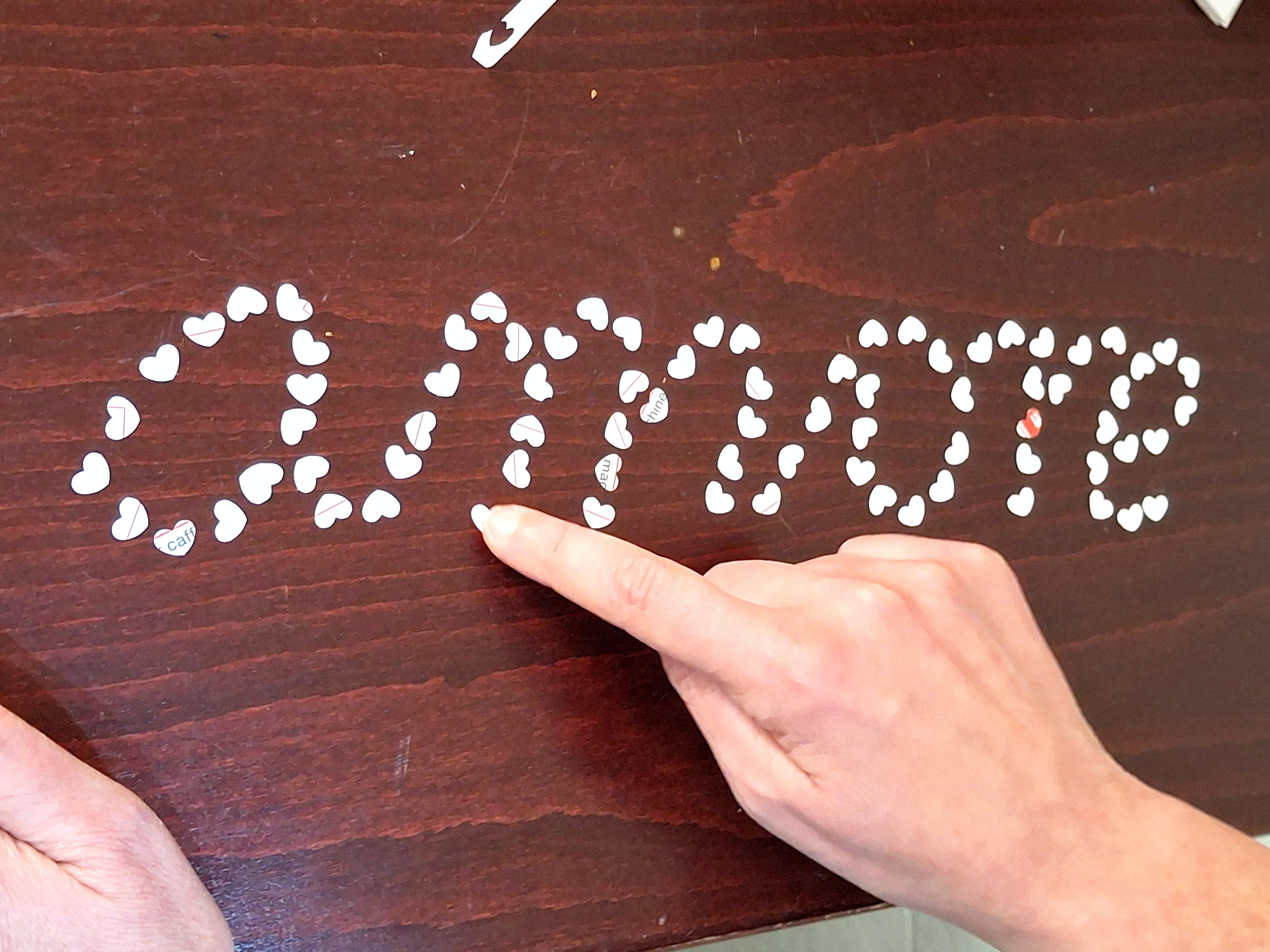
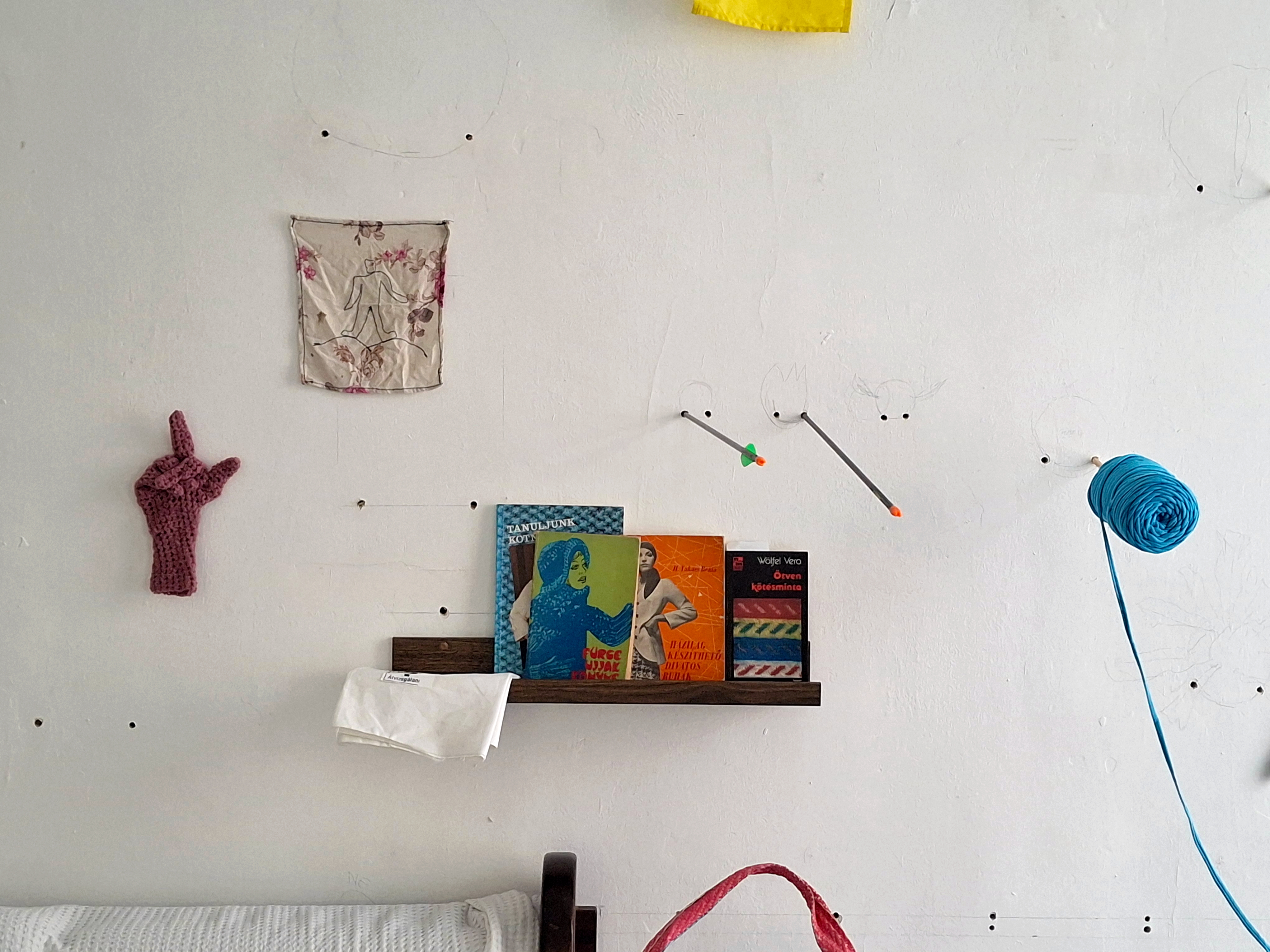
Emlékkörök
2024
HU
Budapest
HU
Kápolnásnyék
I met Rita Vöcsey when I was helping Emily Zaki gather pieces for her Take Care project in Budapest. At the fair organized at Alkotás13 (photo: Beáta Bús), anyone could join the crochet initiative focused on breast cancer, and Rita was one of the first to approach me. She shared that her daughter had fought breast cancer and had passed away. Later, she crocheted circles from her daughter’s old t-shirts, creating a kind of memorial atlas in the room.
I was afraid I might say something wrong, but Rita spoke so openly about her story. The first photo accidentally captured that moment. Later, I traded three crocheted pieces with her in exchange for three paintings. When we met for the third time, on my birthday, I held a Fohno event at Manyi, and following Rita’s idea, we crocheted hearts alongside the breast-shaped pieces.
Aliz Farkas
I met Rita Vöcsey when I was helping Emily Zaki gather pieces for her Take Care project in Budapest. At the fair organized at Alkotás13 (photo: Beáta Bús), anyone could join the crochet initiative focused on breast cancer, and Rita was one of the first to approach me. She shared that her daughter had fought breast cancer and had passed away. Later, she crocheted circles from her daughter’s old t-shirts, creating a kind of memorial atlas in the room.
I was afraid I might say something wrong, but Rita spoke so openly about her story. The first photo accidentally captured that moment. Later, I traded three crocheted pieces with her in exchange for three paintings. When we met for the third time, on my birthday, I held a Fohno event at Manyi, and following Rita’s idea, we crocheted hearts alongside the breast-shaped pieces.
Aliz Farkas
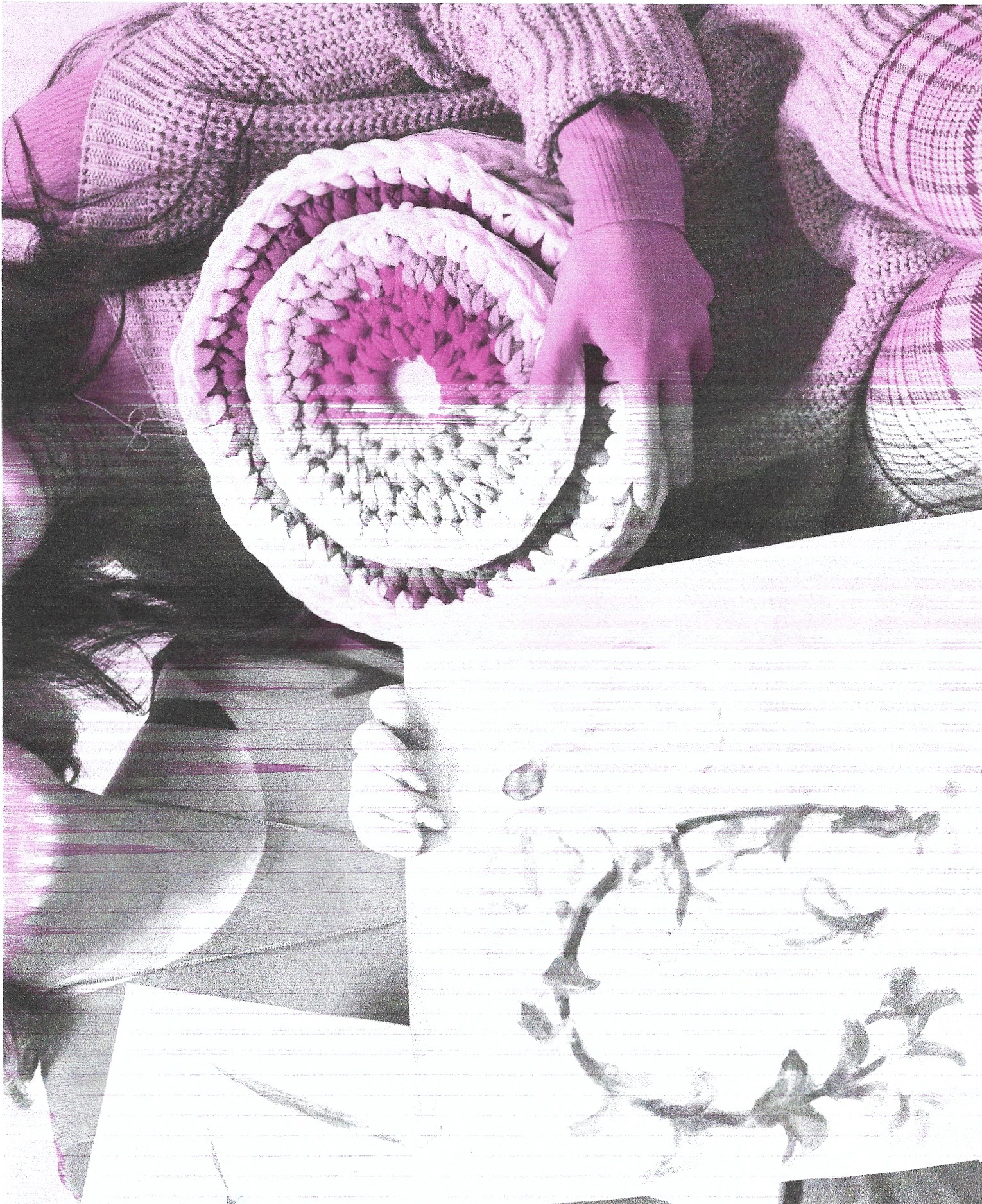
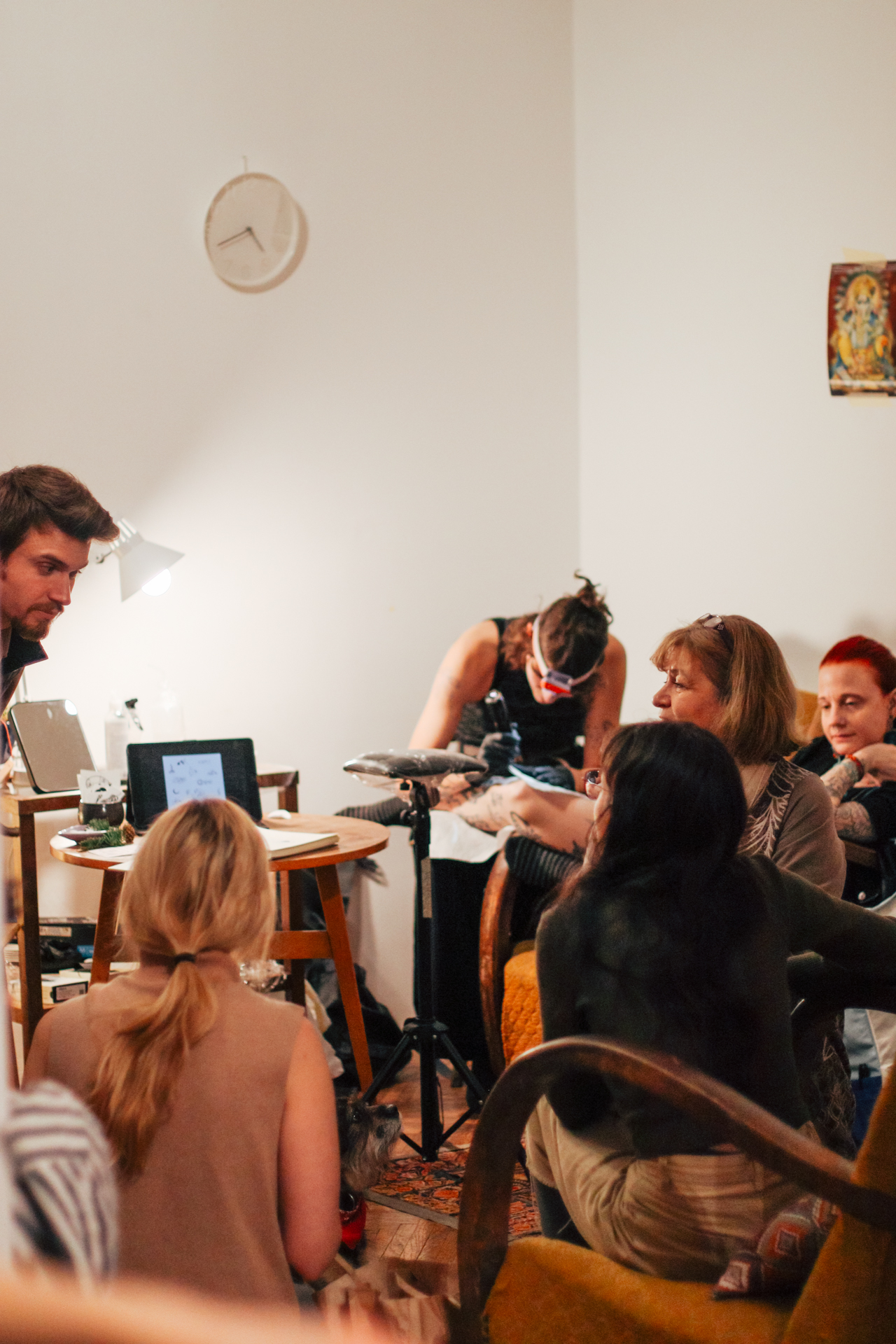
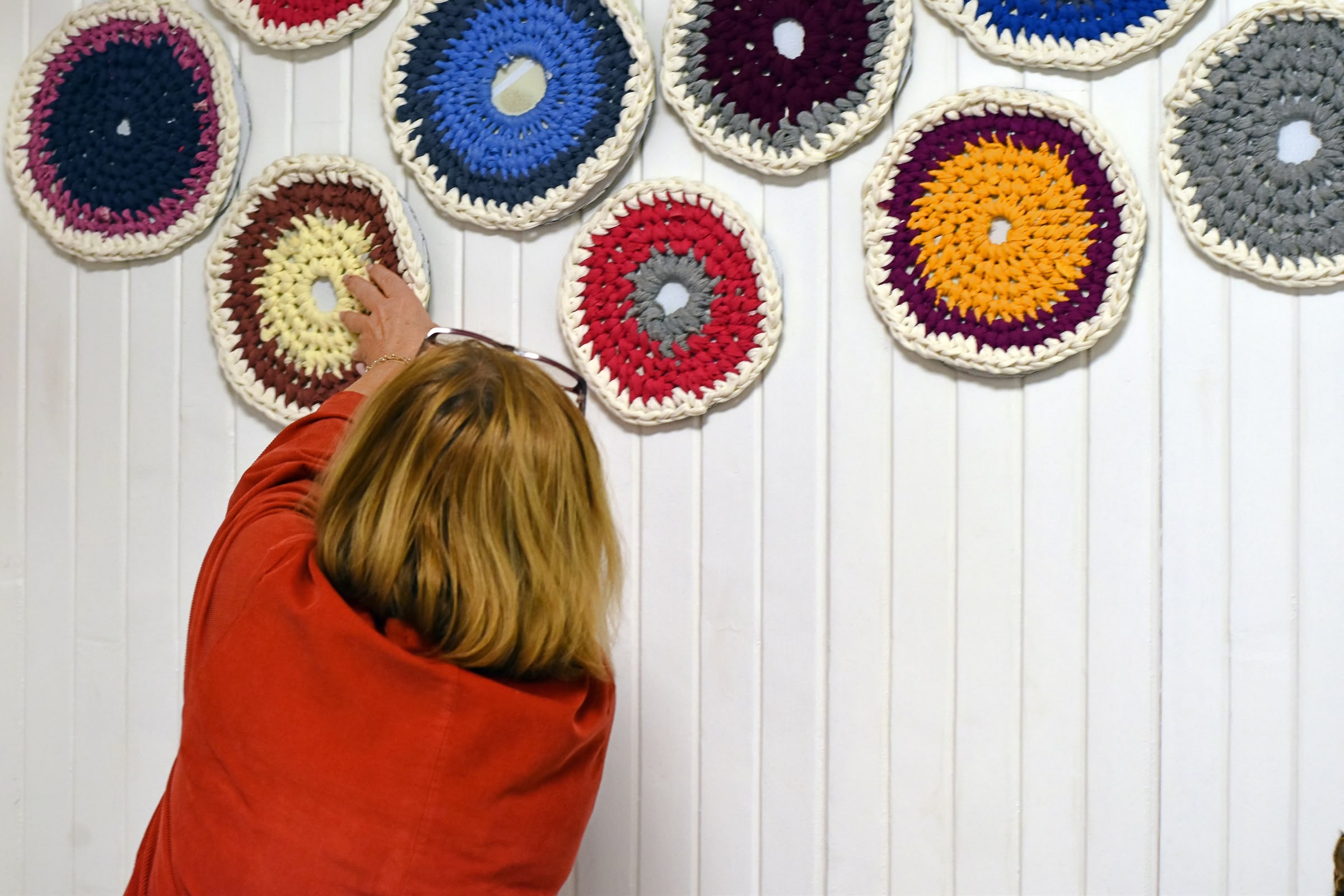
Field of Sparks
2025
HU
Ipolytarnóc
Borbála Orosz, Zsófi Fenyvesi, Zsófi Majorosi, Martin Cserpák, Kis Péter, Rácz Márió, Dávidka, Hanna, Aliz Farkas and others
Borbála Orosz, Zsófi Fenyvesi, Zsófi Majorosi, Martin Cserpák, Kis Péter, Rácz Márió, Dávidka, Hanna, Aliz Farkas and others
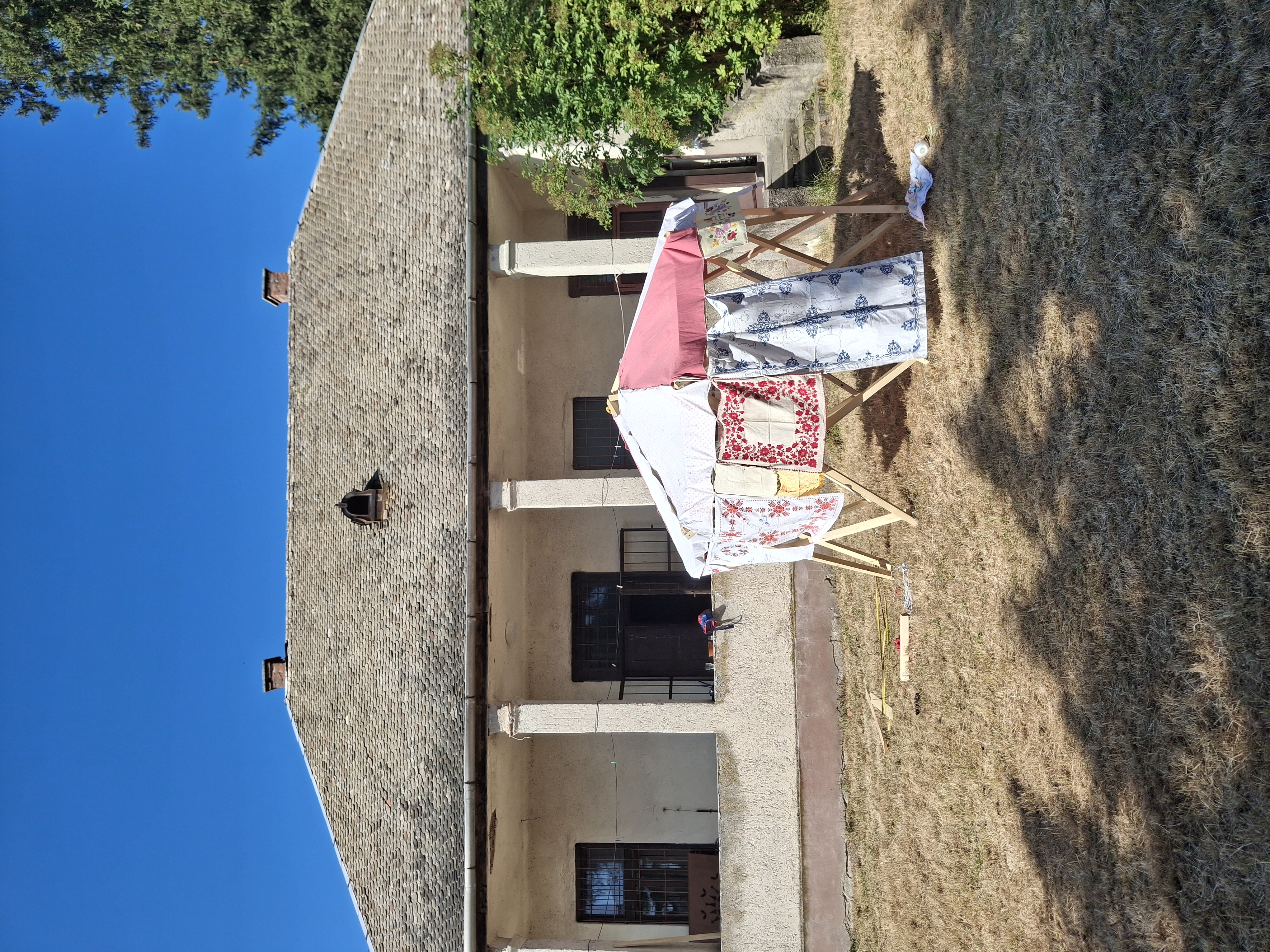
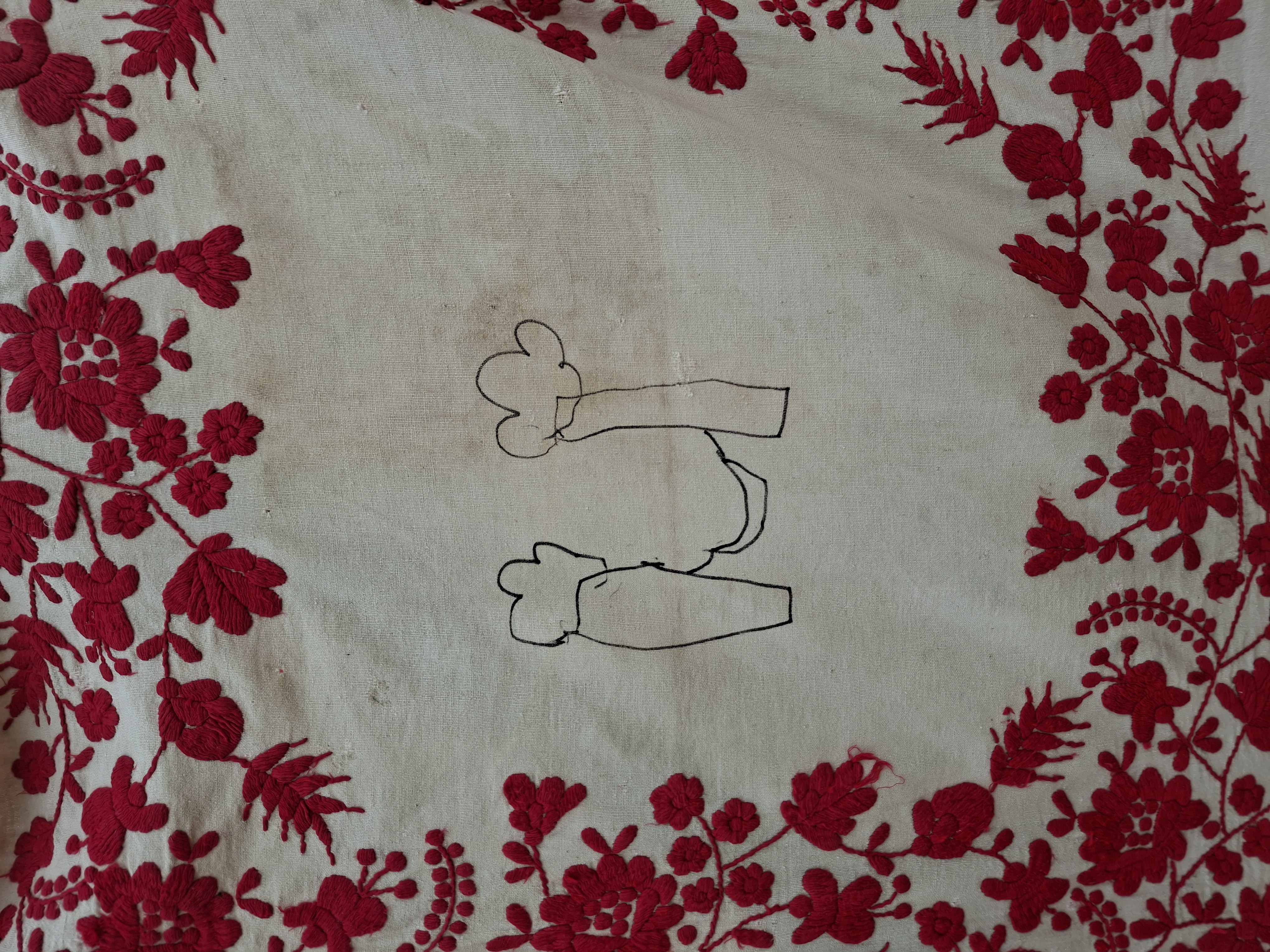

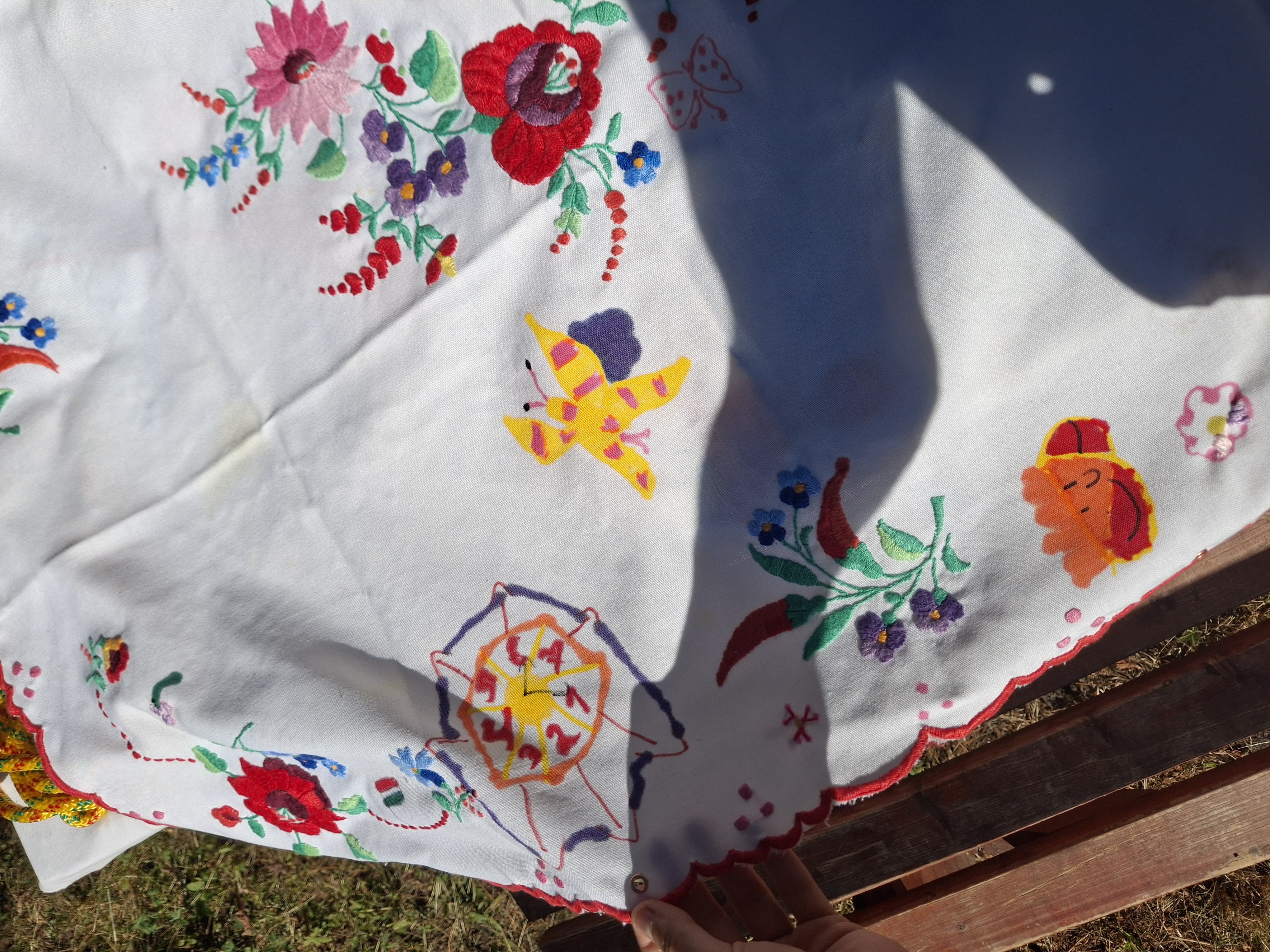

First Fohno
2024
DE
Völklingen
Visiting HBK Saar University for the first time, Aliz Farkas stayed with a family via Workaway. The family had sheep and offered to give some of the wool (as it cannot be sold in small quantities) for use in art. This was the first step towards Fohno.
The first venue was the “Bibliotheque National Völklinen”—the rearrangement of the library space provided an opportunity to bring together different practices, such as Georg Winter’s nomadic actions and performances, Indra Kupferschmid’s feminist knitting practice, as well as the previous projects of Tilla Giro, Marie Götze, Larissa Peters, and other young artists.
But Fohno is not tied to a specific geographic location; its internationality is reflected not only in the list of participants, but also in the diversity of its other venues.
First Fohno in Völklingen: Marie Götze, Indra Kupferschmid, Bertille Ogier, Larissa Peters, Georg Winter
Visiting HBK Saar University for the first time, Aliz Farkas stayed with a family via Workaway. The family had sheep and offered to give some of the wool (as it cannot be sold in small quantities) for use in art. This was the first step towards Fohno.
The first venue was the “Bibliotheque National Völklinen”—the rearrangement of the library space provided an opportunity to bring together different practices, such as Georg Winter’s nomadic actions and performances, Indra Kupferschmid’s feminist knitting practice, as well as the previous projects of Tilla Giro, Marie Götze, Larissa Peters, and other young artists.
But Fohno is not tied to a specific geographic location; its internationality is reflected not only in the list of participants, but also in the diversity of its other venues.
First Fohno in Völklingen: Marie Götze, Indra Kupferschmid, Bertille Ogier, Larissa Peters, Georg Winter

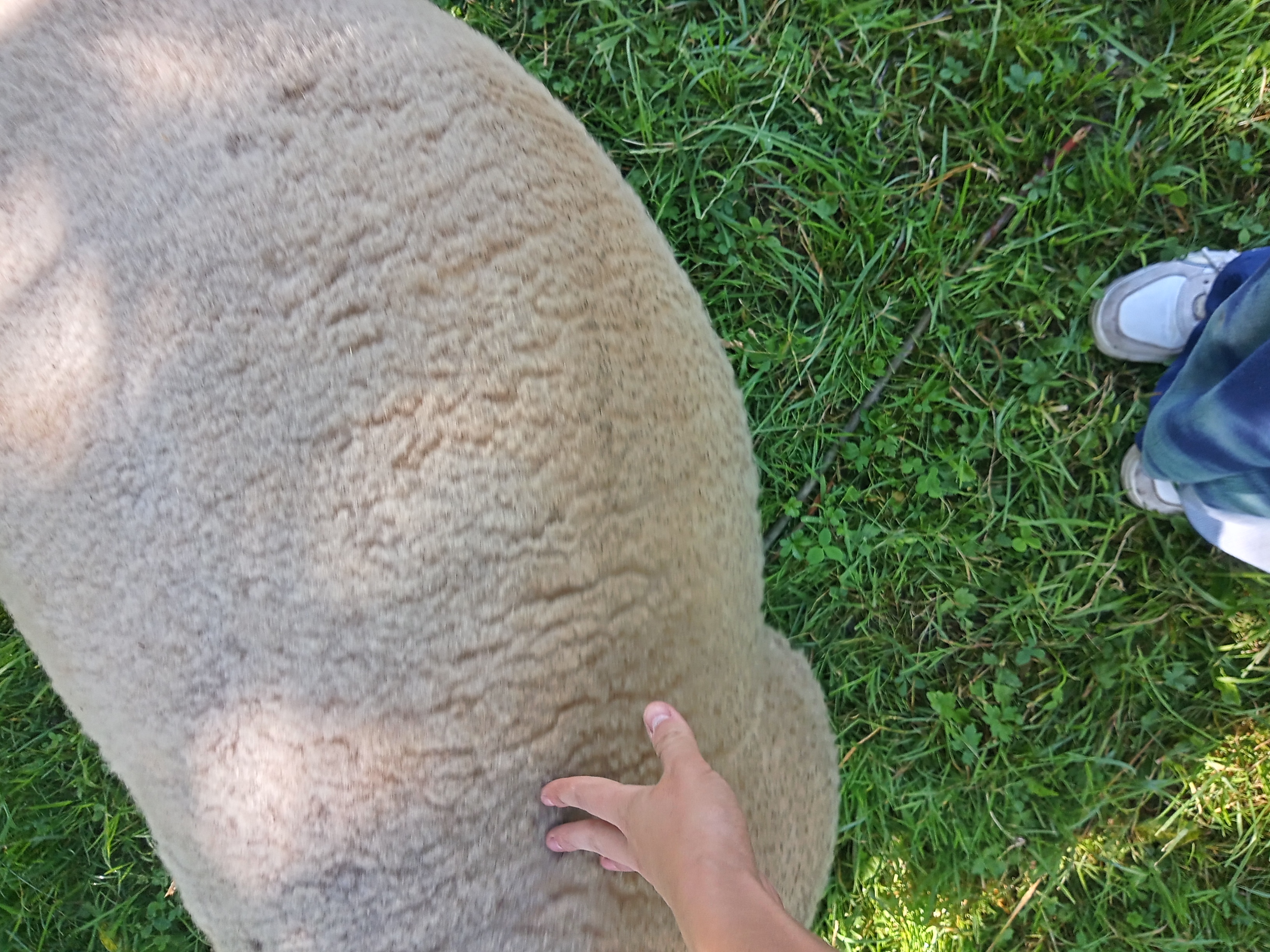
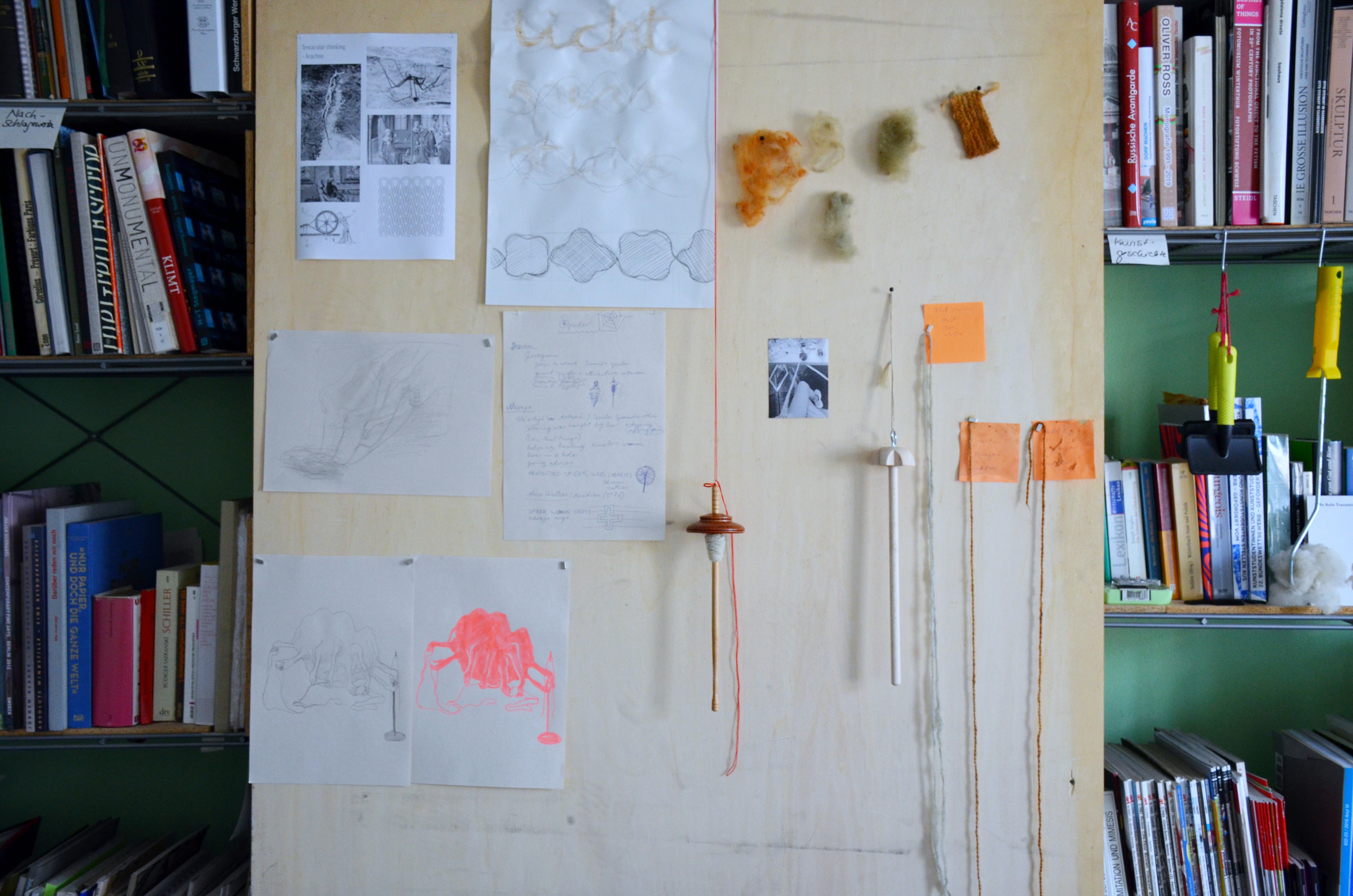
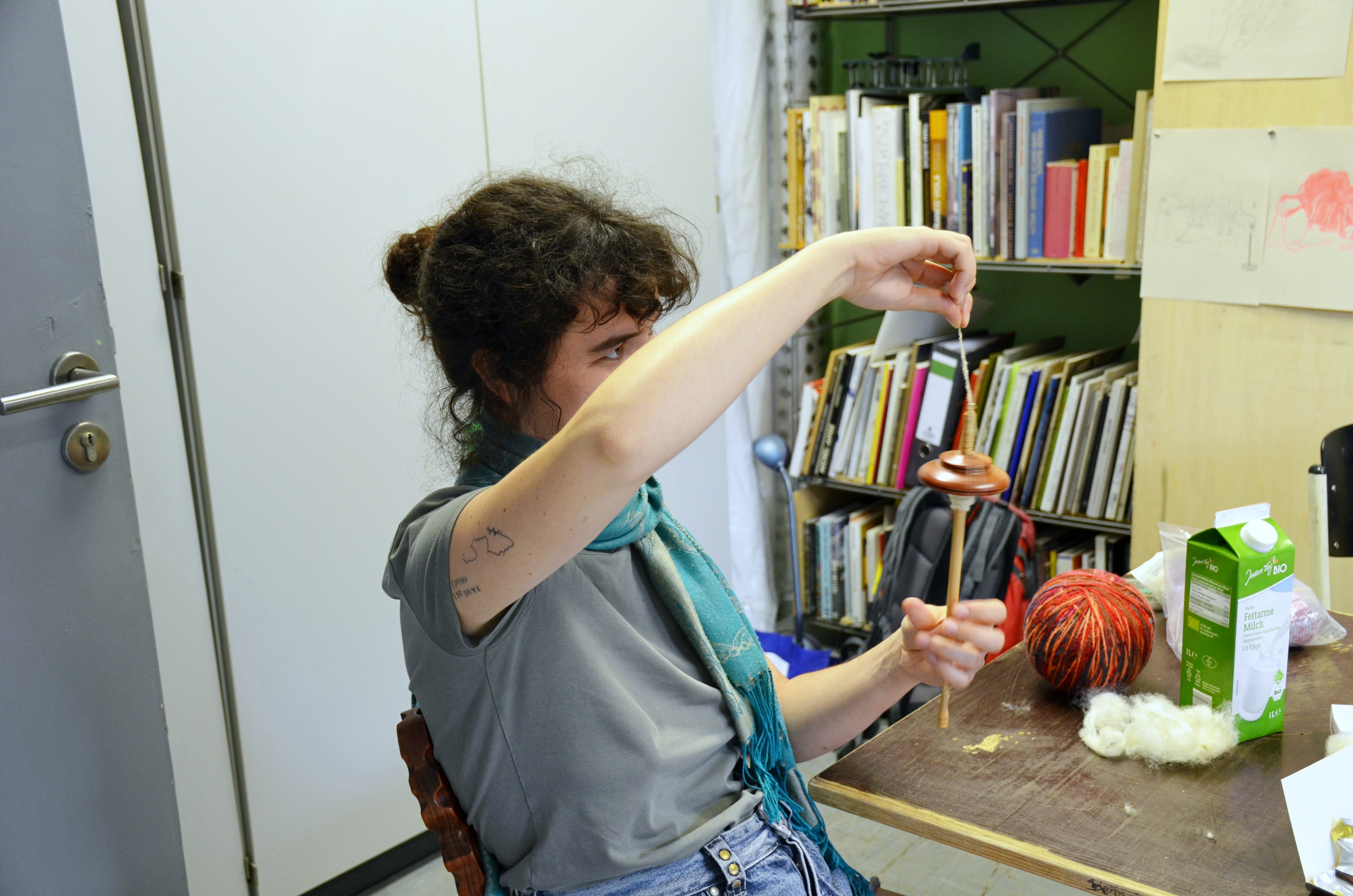
Gondvarró Kör
2025
HU
Bura Gallery, Budapest
At the workshop we transformed materials that carried unpleasant memories. The outcome of this event experiment was uncertain, but together, we discovered ways to turn burdensome matter (be it a cut-off piece of a sweater, an old bag, or an empty cleaning product bottle) into something entirely different. To rewrite and release the weight of these objects, we worked with threads, buttons, furs, and feathers – materials that, in this case, were meant to heal. Participants only needed to bring the hated object or a piece of it.
Kitti Balázs, Aliz Farkas
At the workshop we transformed materials that carried unpleasant memories. The outcome of this event experiment was uncertain, but together, we discovered ways to turn burdensome matter (be it a cut-off piece of a sweater, an old bag, or an empty cleaning product bottle) into something entirely different. To rewrite and release the weight of these objects, we worked with threads, buttons, furs, and feathers – materials that, in this case, were meant to heal. Participants only needed to bring the hated object or a piece of it.
Kitti Balázs, Aliz Farkas
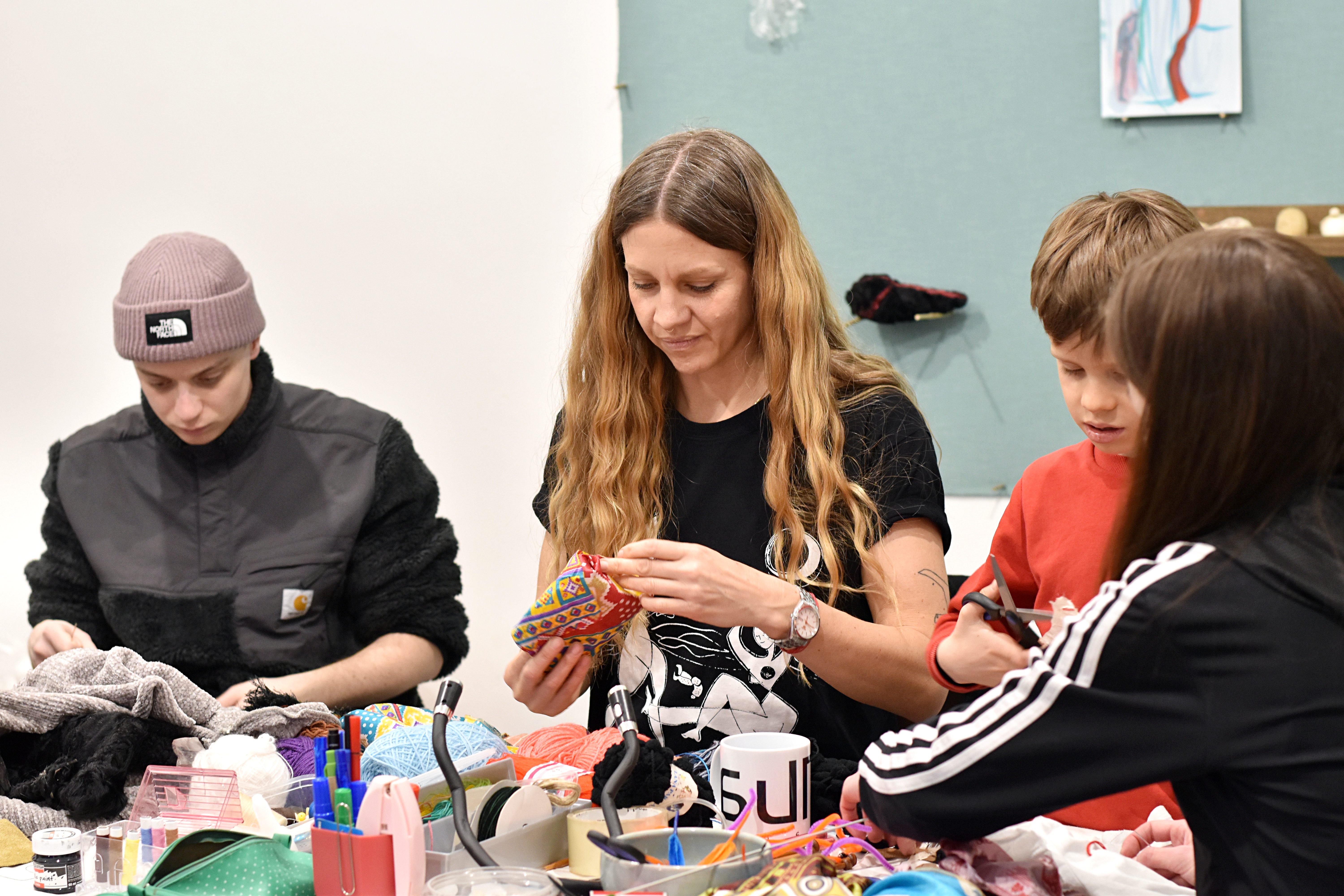
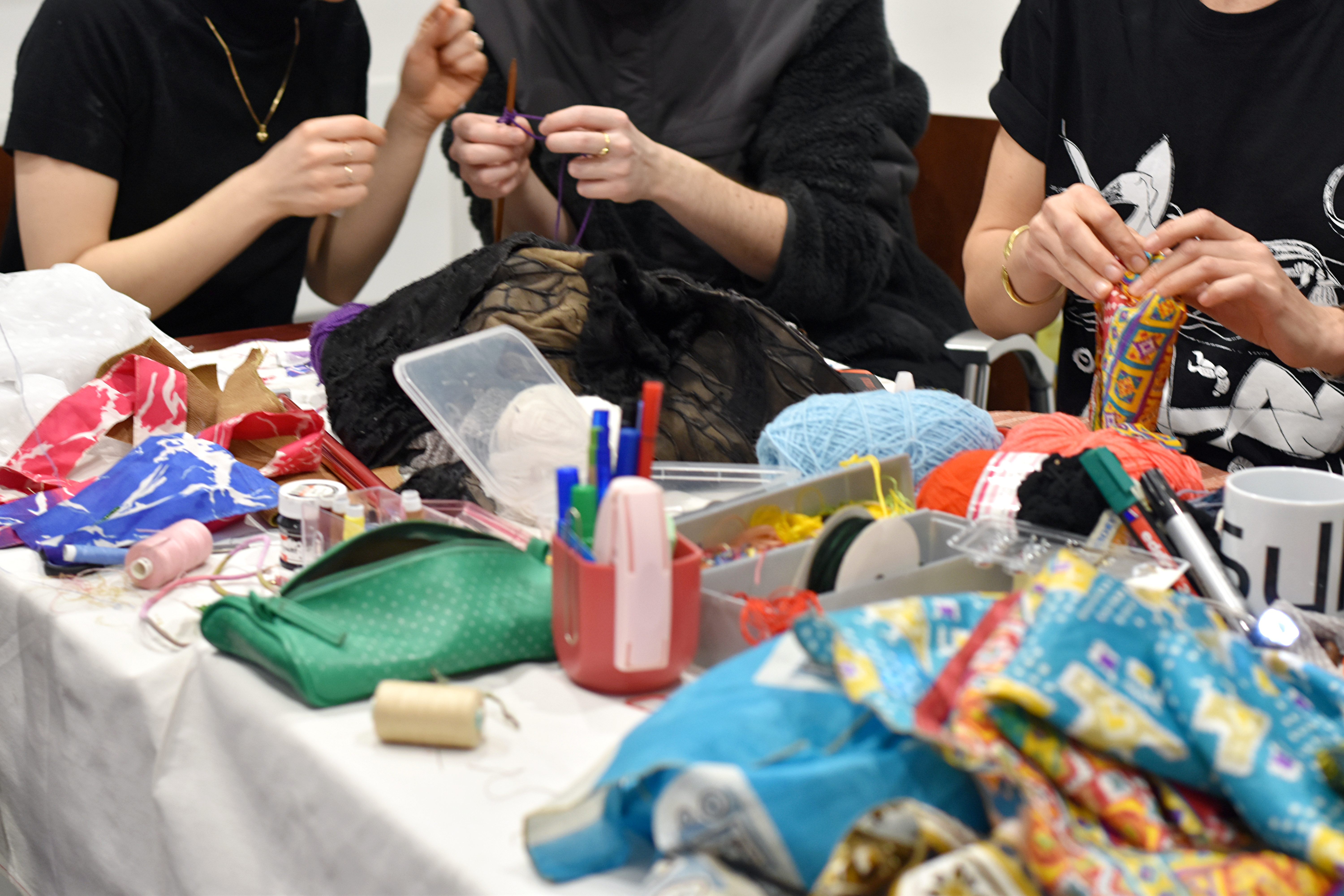
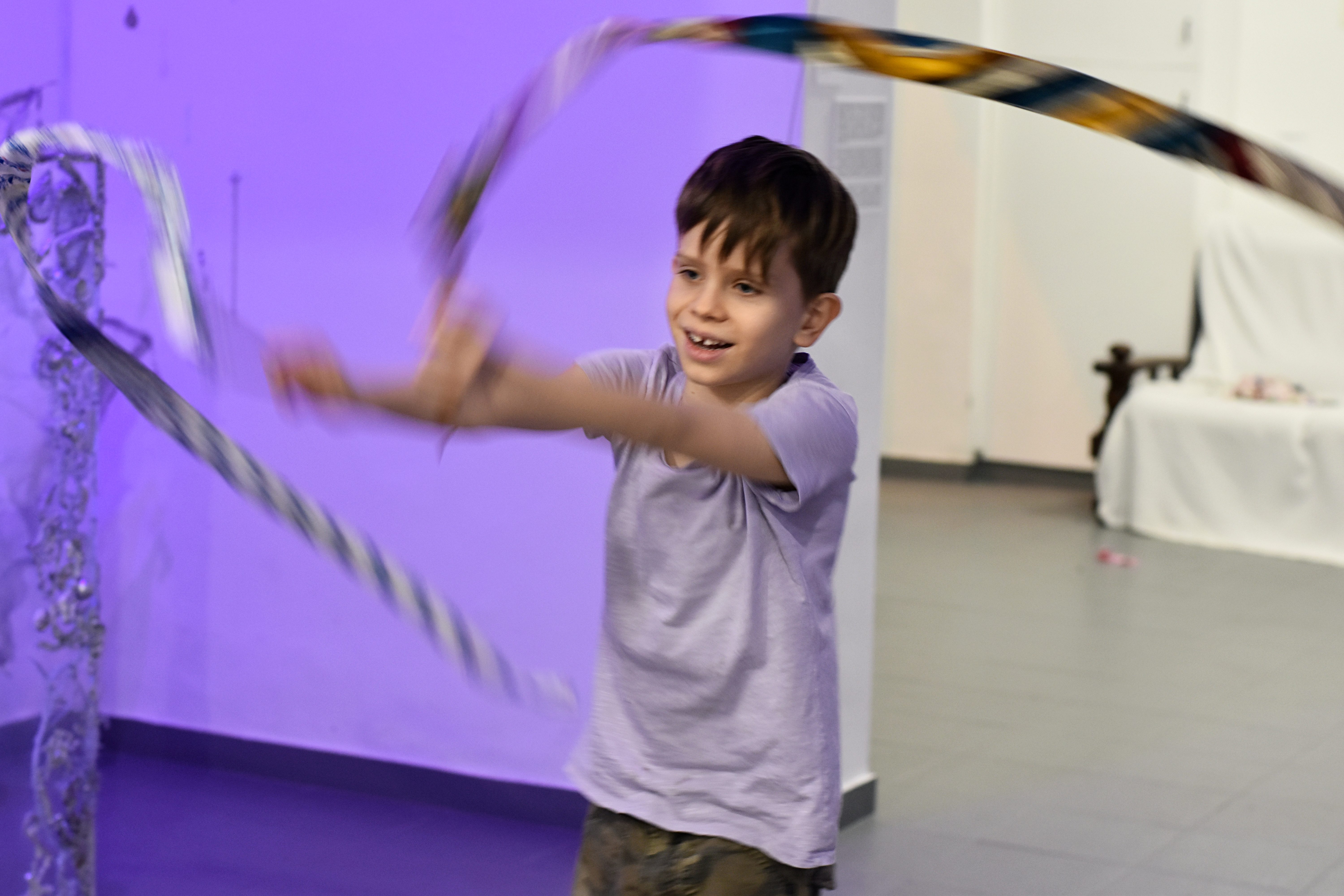

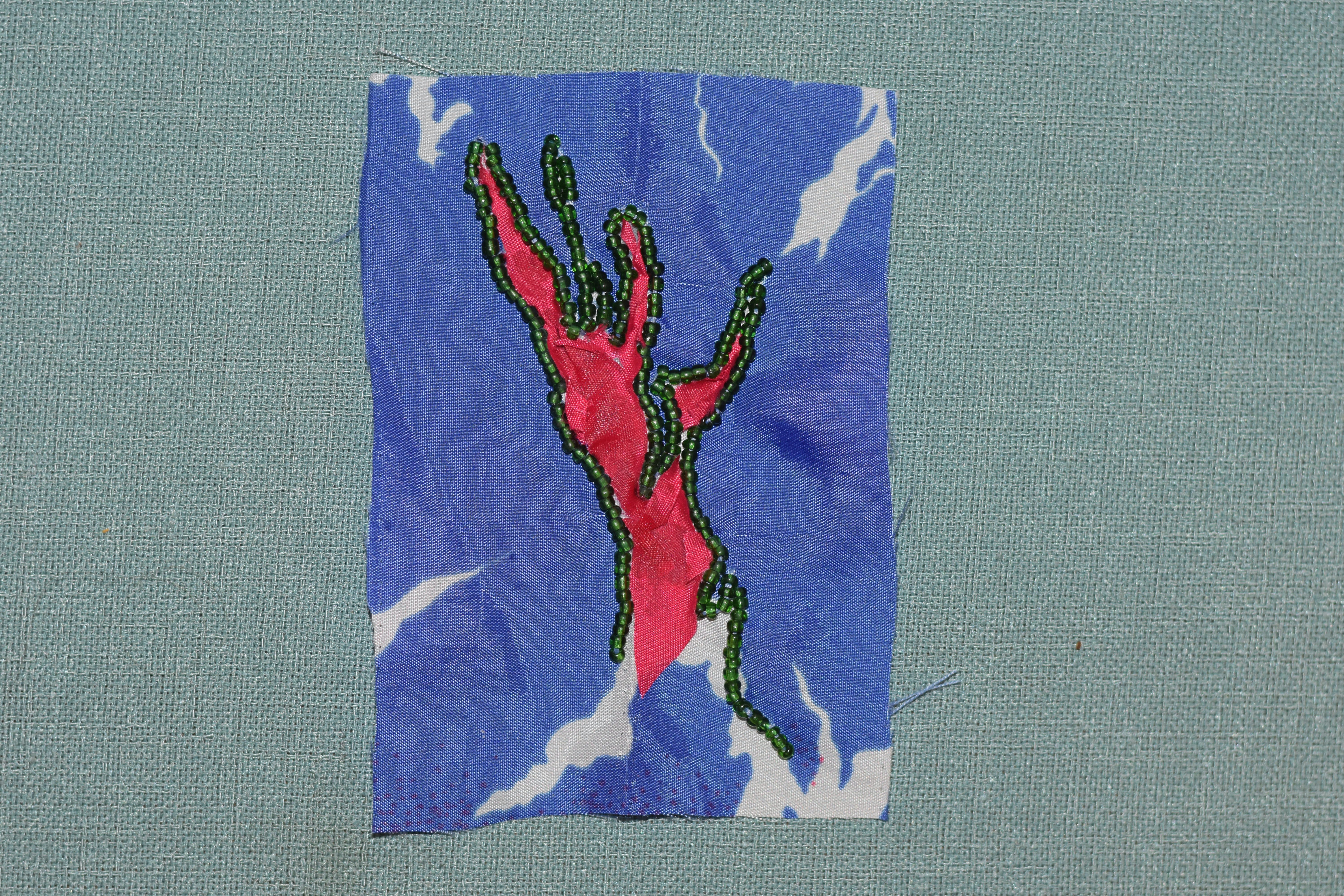
Lace Bridge
2025
FI
Pyhäjoki
HU
Budapest
CZ
Praque
“Lace Bridge is currently a 45-meter-long piece of community artwork that was started in the small town of Pyhäjoki in Northern Ostrorbothnia in the spring of 2024. It consists of 40x40 cm lace squares crocheted specifically for this project, as well as parts assembled from old lace of the same size. The artwork travelled from Pyhäjoki to Prague, where it grew longer in August of 2024. After Budapest, the artwork will return to Finland, where it will be part of the Oulu2026 European Capital of Culture-programme.”
Collaboration with Helena Grönfors and Katariina Lillqvist during the exhibition ‘Heavy Lace’ in Bura Gallery.
“Lace Bridge is currently a 45-meter-long piece of community artwork that was started in the small town of Pyhäjoki in Northern Ostrorbothnia in the spring of 2024. It consists of 40x40 cm lace squares crocheted specifically for this project, as well as parts assembled from old lace of the same size. The artwork travelled from Pyhäjoki to Prague, where it grew longer in August of 2024. After Budapest, the artwork will return to Finland, where it will be part of the Oulu2026 European Capital of Culture-programme.”
Collaboration with Helena Grönfors and Katariina Lillqvist during the exhibition ‘Heavy Lace’ in Bura Gallery.
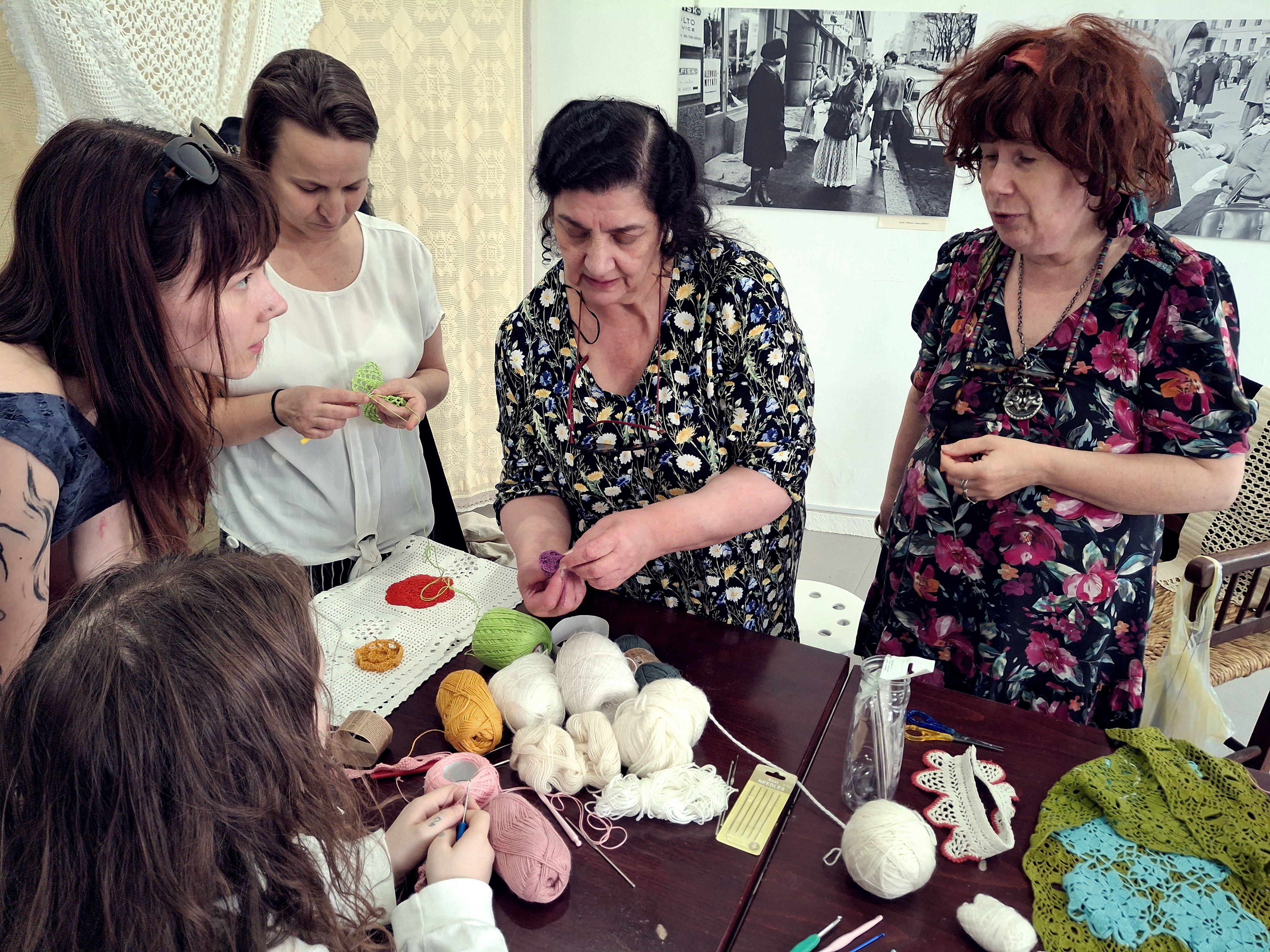
Lorca
2025
HU
Together with the Lorca Foundation team, we visited 12 settlements, reaching schools in some of the country’s poorest regions. In some of the sessions, we used Fohno objects, threads, and items previously exhibited as part of our creative activities. During the final session, the children were also able to transform these materials (first image).
Lorca team: Aliz Farkas, Kristóf Horváth, Attila Krausz, Alexandra Kékesi, Anikó László
Together with the Lorca Foundation team, we visited 12 settlements, reaching schools in some of the country’s poorest regions. In some of the sessions, we used Fohno objects, threads, and items previously exhibited as part of our creative activities. During the final session, the children were also able to transform these materials (first image).
Lorca team: Aliz Farkas, Kristóf Horváth, Attila Krausz, Alexandra Kékesi, Anikó László
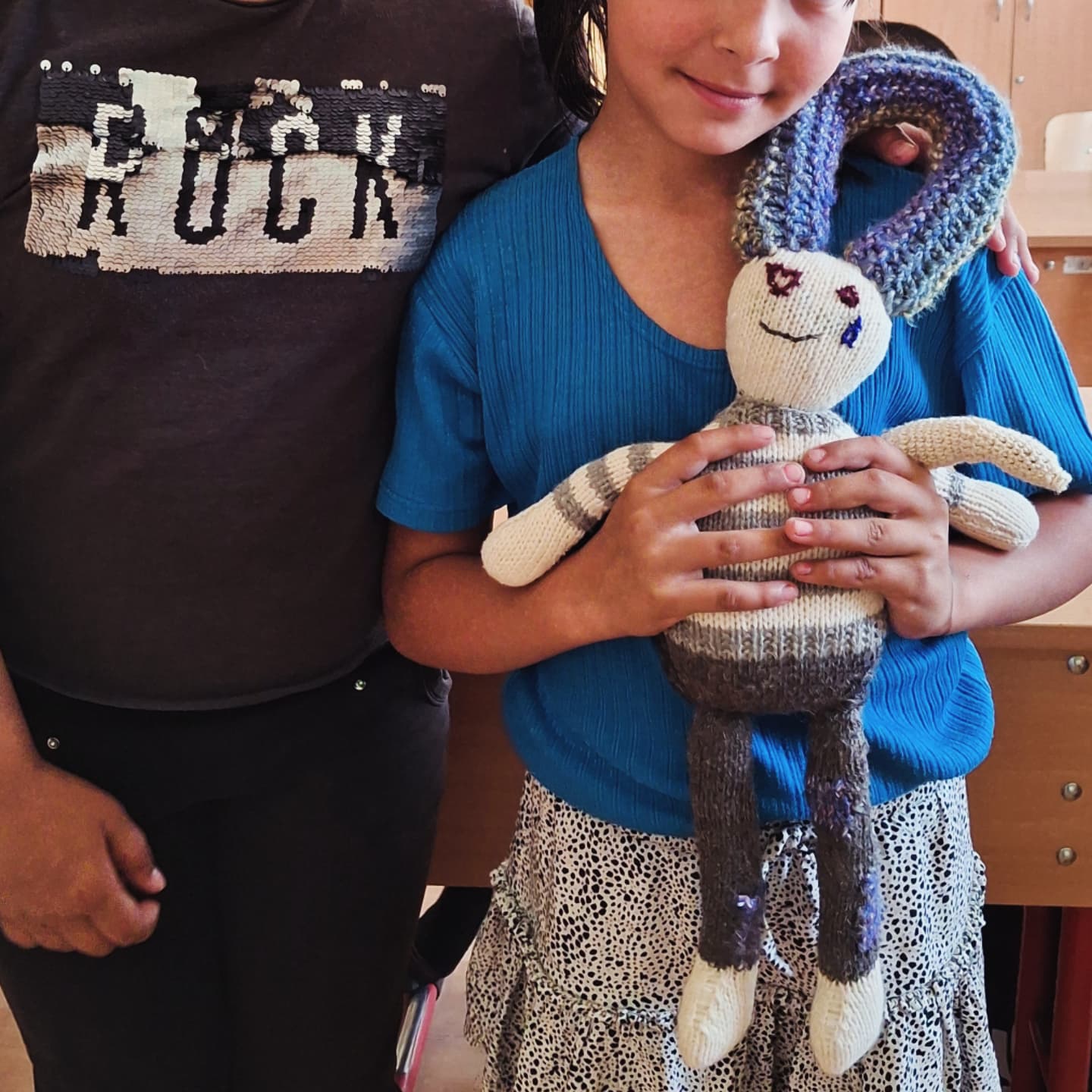
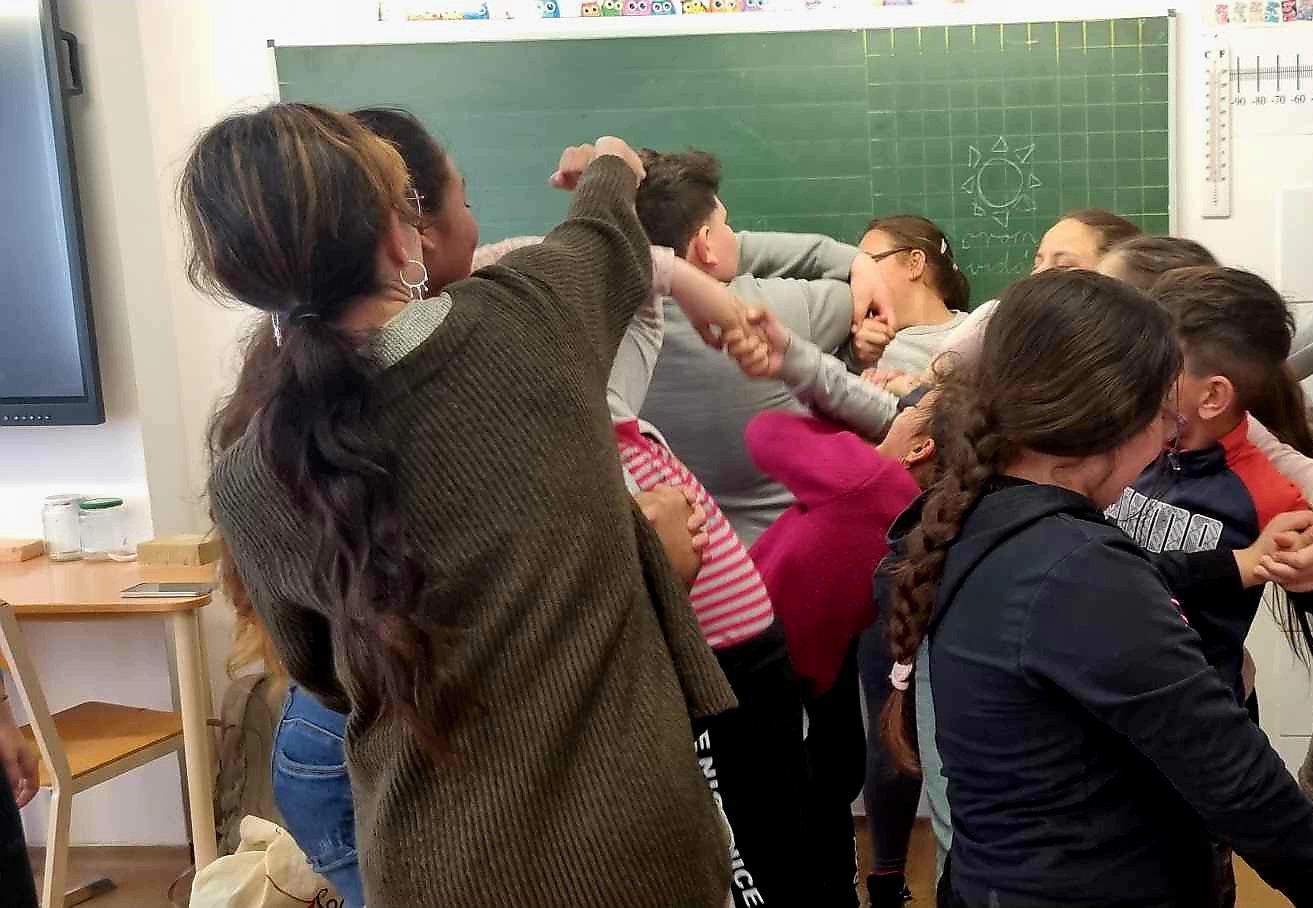
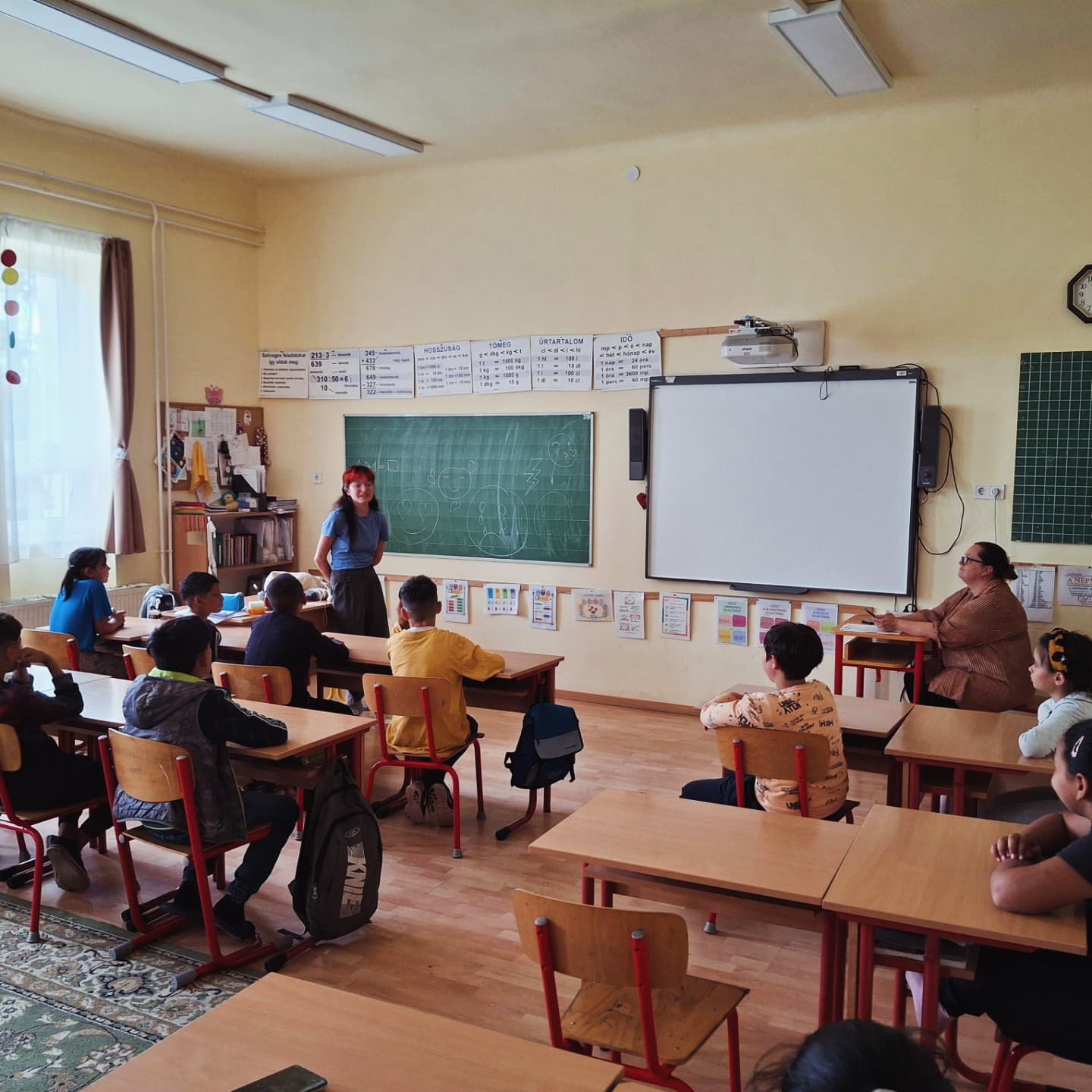
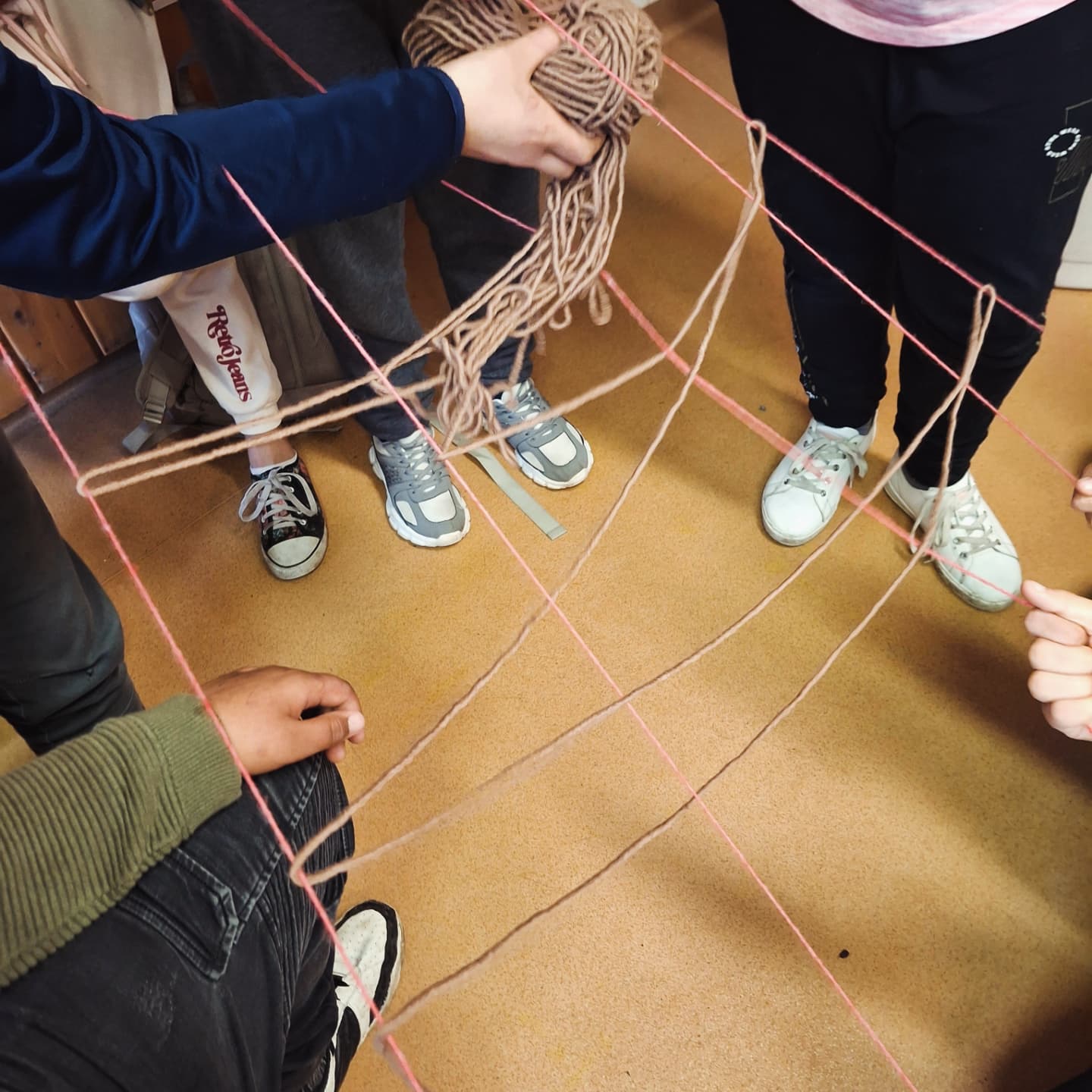

Patchworks & Carrying the River
2025
DE
Völklingen
FR
Paris
IT
Sardinia
Patchworks
each patchwork tells the story of a different season, wondering how to give shape to its landscape, what remains to be grasped of this time that slips through our fingers
Carrying the river
lifting up what it contains, poetic matter, pollutants, waste, traces of memory
Tilla Giro
Patchworks
each patchwork tells the story of a different season, wondering how to give shape to its landscape, what remains to be grasped of this time that slips through our fingers
Carrying the river
lifting up what it contains, poetic matter, pollutants, waste, traces of memory
Tilla Giro
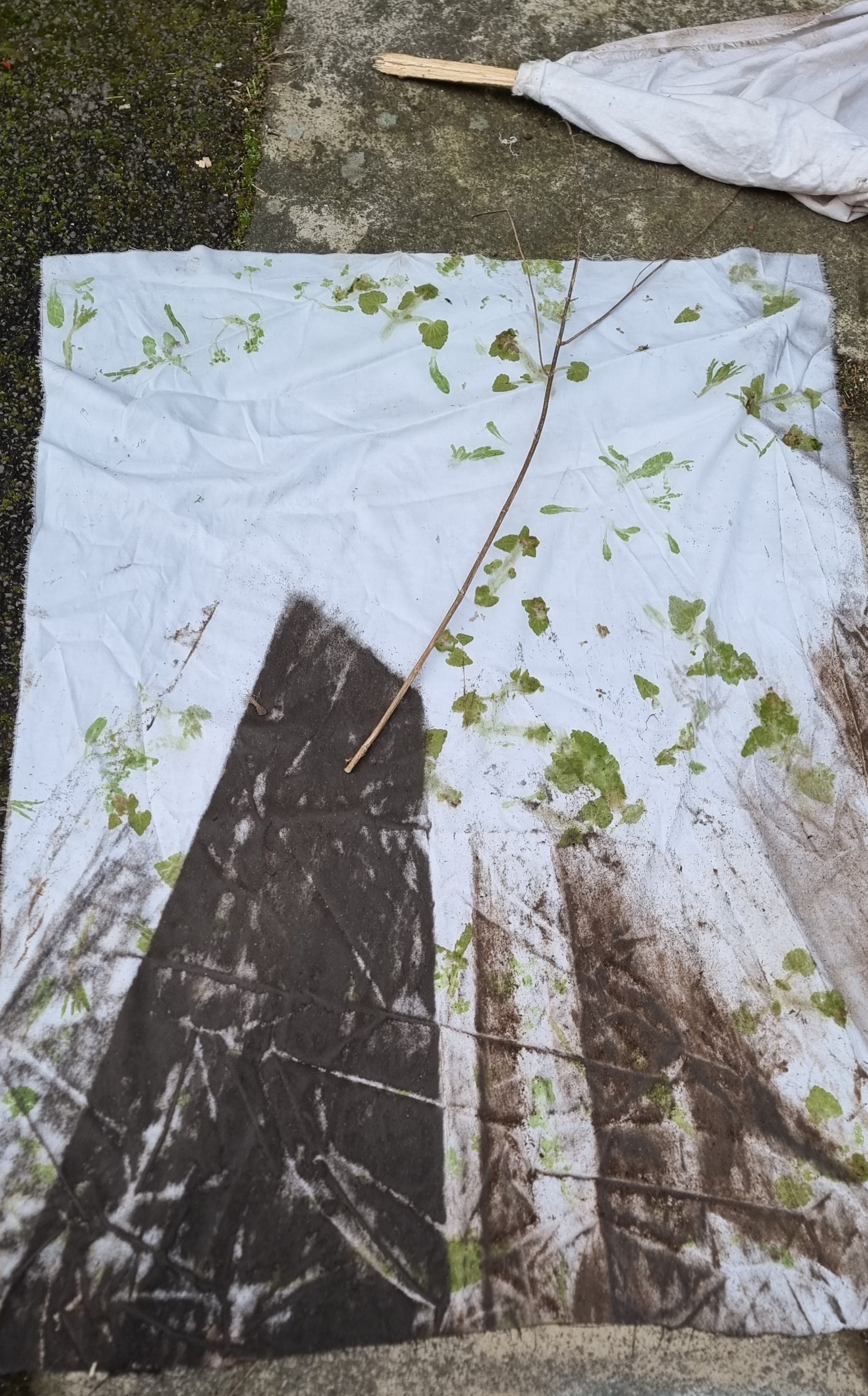
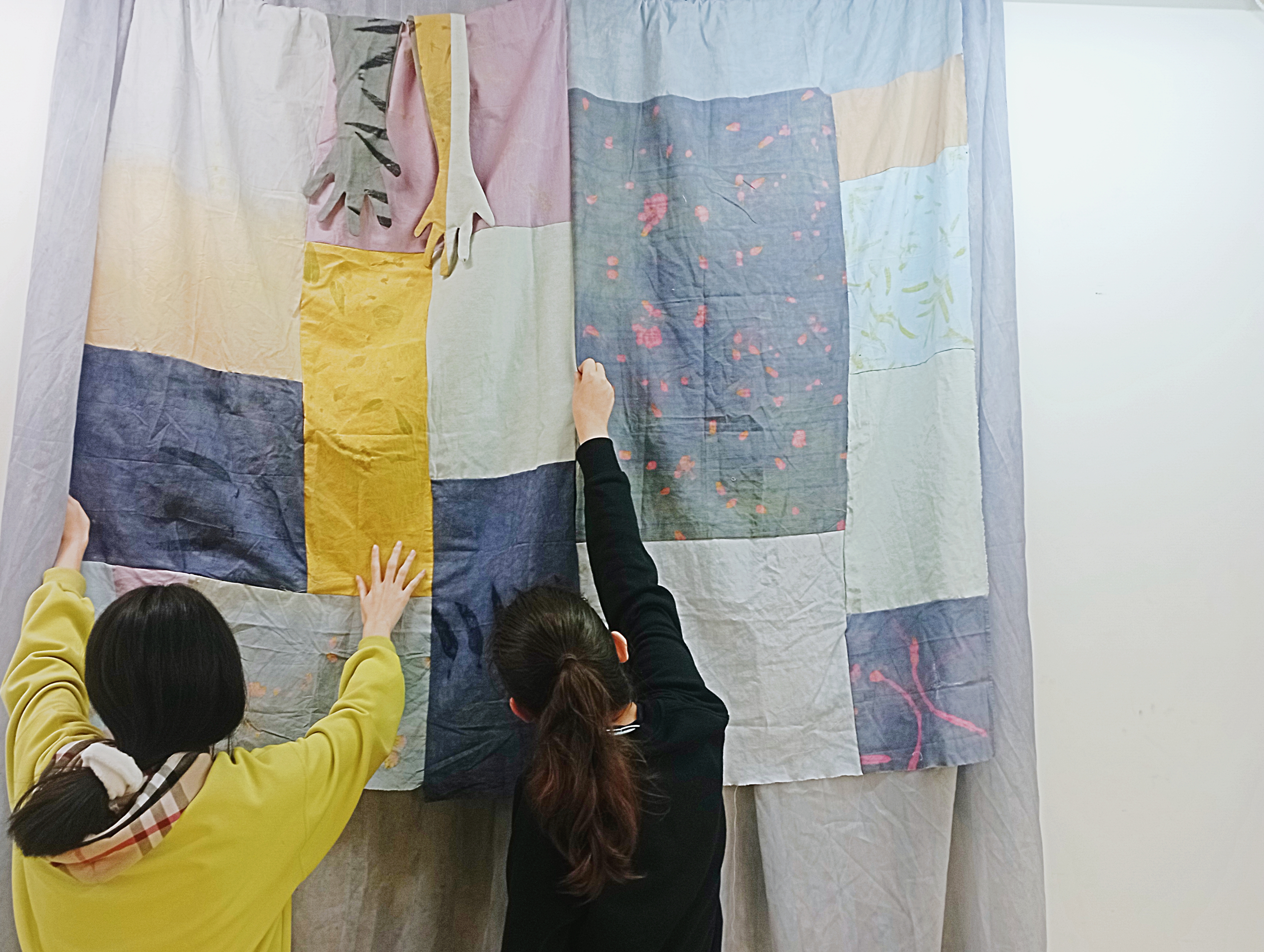
Protesting with Candice Breitz
2024. 07. 22.
DE
Saarland Museum, Saarbrücken
“Breitz was set to present TLDR, a video installation about sex work in Cape Town, South Africa, at the museum in 2024, but the show was canceled in November after the artist—who is Jewish—wrote on social media that people should support the liberation of Palestinians from decades of oppression, even as she condemned the “horrific carnage” perpetrated by the Palestinian militia Hamas on October 7.” [1]
Candice Breitz, Aliz Farkas, Larissa Peters, Georg Winter
“Breitz was set to present TLDR, a video installation about sex work in Cape Town, South Africa, at the museum in 2024, but the show was canceled in November after the artist—who is Jewish—wrote on social media that people should support the liberation of Palestinians from decades of oppression, even as she condemned the “horrific carnage” perpetrated by the Palestinian militia Hamas on October 7.” [1]
Candice Breitz, Aliz Farkas, Larissa Peters, Georg Winter
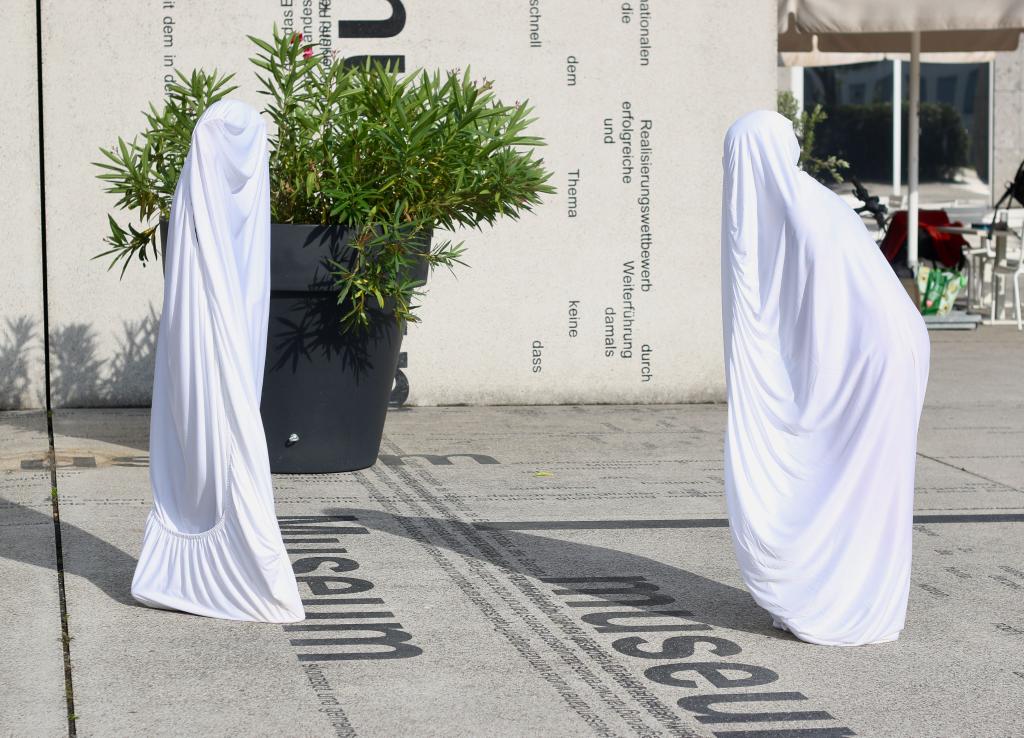
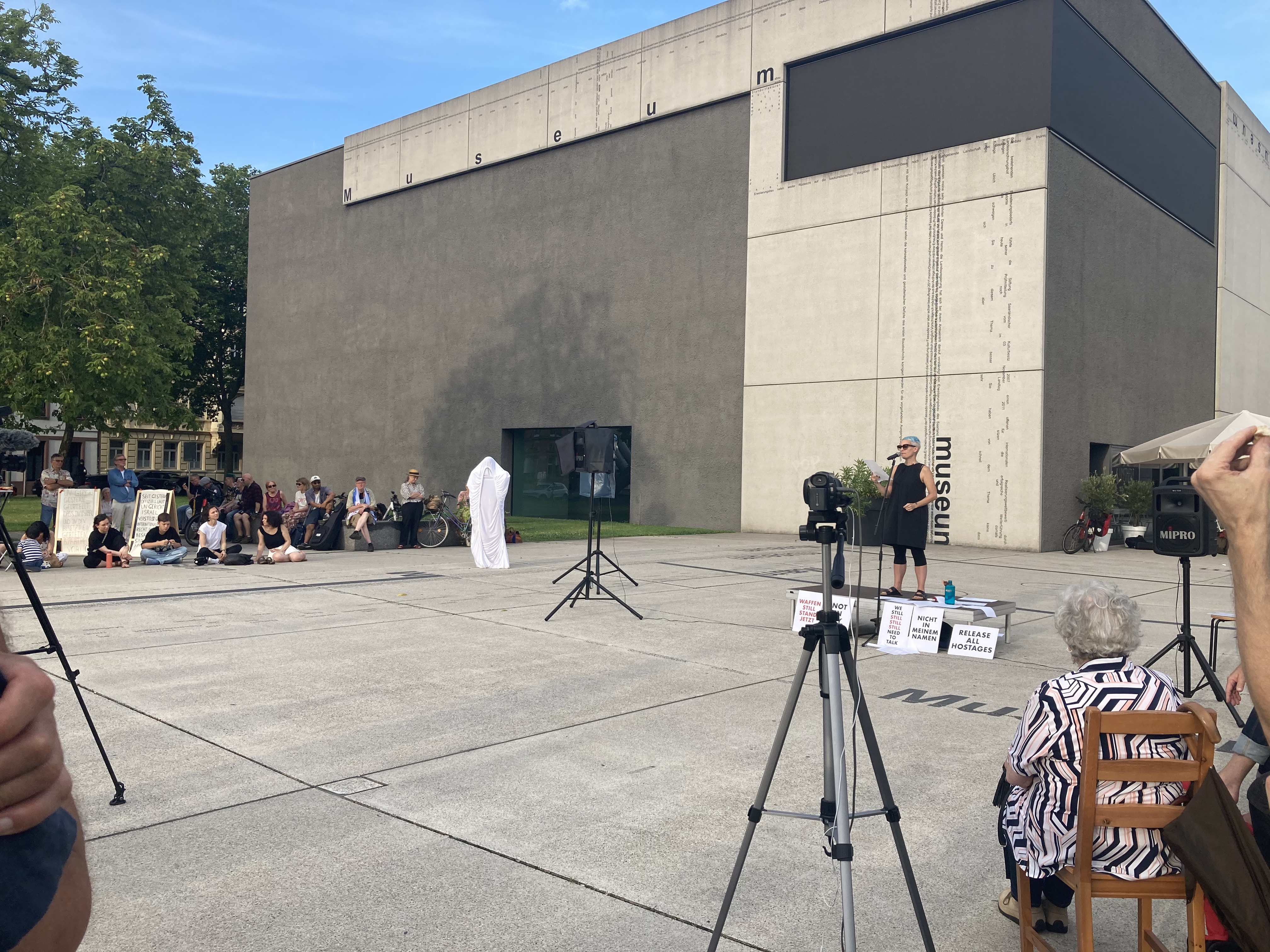
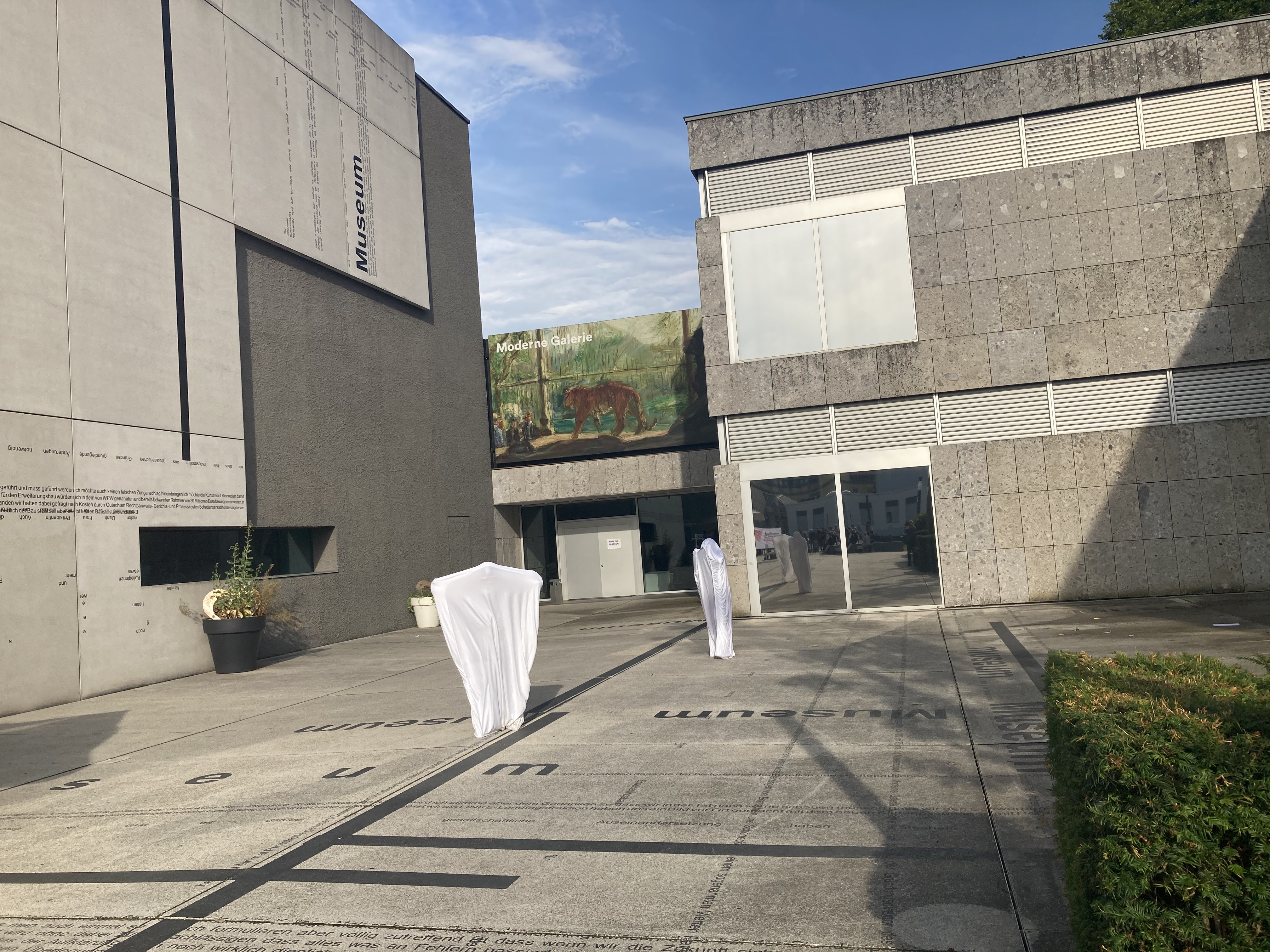
Room of Ananda
2024–2025
FR
Paris, Cité internationale des arts
HU
Budapest FKSE, Bura Galéria
Ananda is a parallel being to Fohno, my ’70s self, who engages with the prevailing artistic concepts of the time while simultaneously rejecting them. In her textile forms, stories of emigration and the distinct realities of various cities unfold. Her works predominantly blend Hungarian folk art with the surrealism she discovered in Paris. However, only a few of these pieces are known, as, toward the end of her life, she exchanged them for ordinary objects. She aspired to create a museum, shop, or library from them, but this vision likely never materialized. I collaborate with Ananda through imagined time, realizing or remaking some of her ideas regarding artistic and cultural issues.
Aliz Farkas
Ananda is a parallel being to Fohno, my ’70s self, who engages with the prevailing artistic concepts of the time while simultaneously rejecting them. In her textile forms, stories of emigration and the distinct realities of various cities unfold. Her works predominantly blend Hungarian folk art with the surrealism she discovered in Paris. However, only a few of these pieces are known, as, toward the end of her life, she exchanged them for ordinary objects. She aspired to create a museum, shop, or library from them, but this vision likely never materialized. I collaborate with Ananda through imagined time, realizing or remaking some of her ideas regarding artistic and cultural issues.
Aliz Farkas
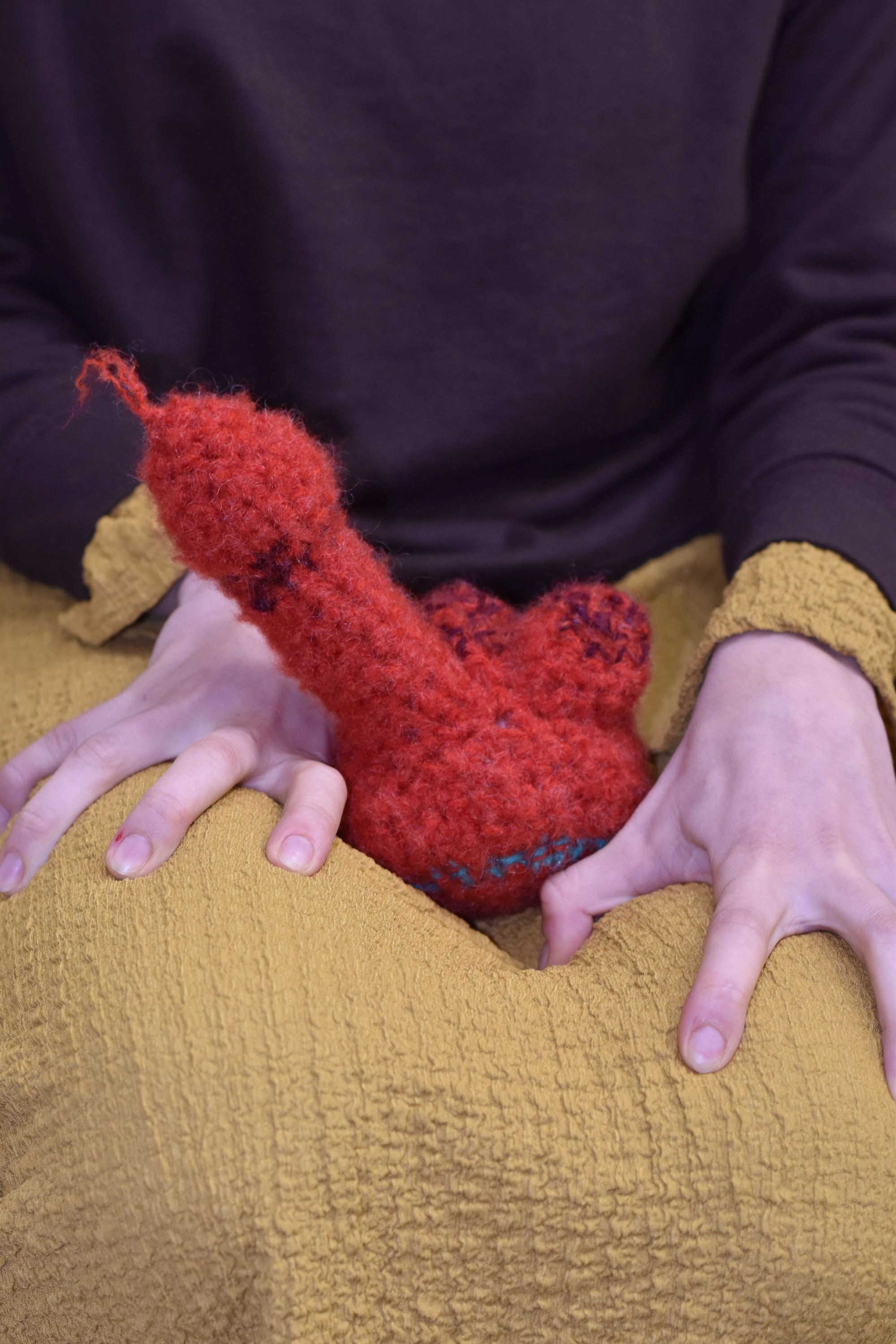
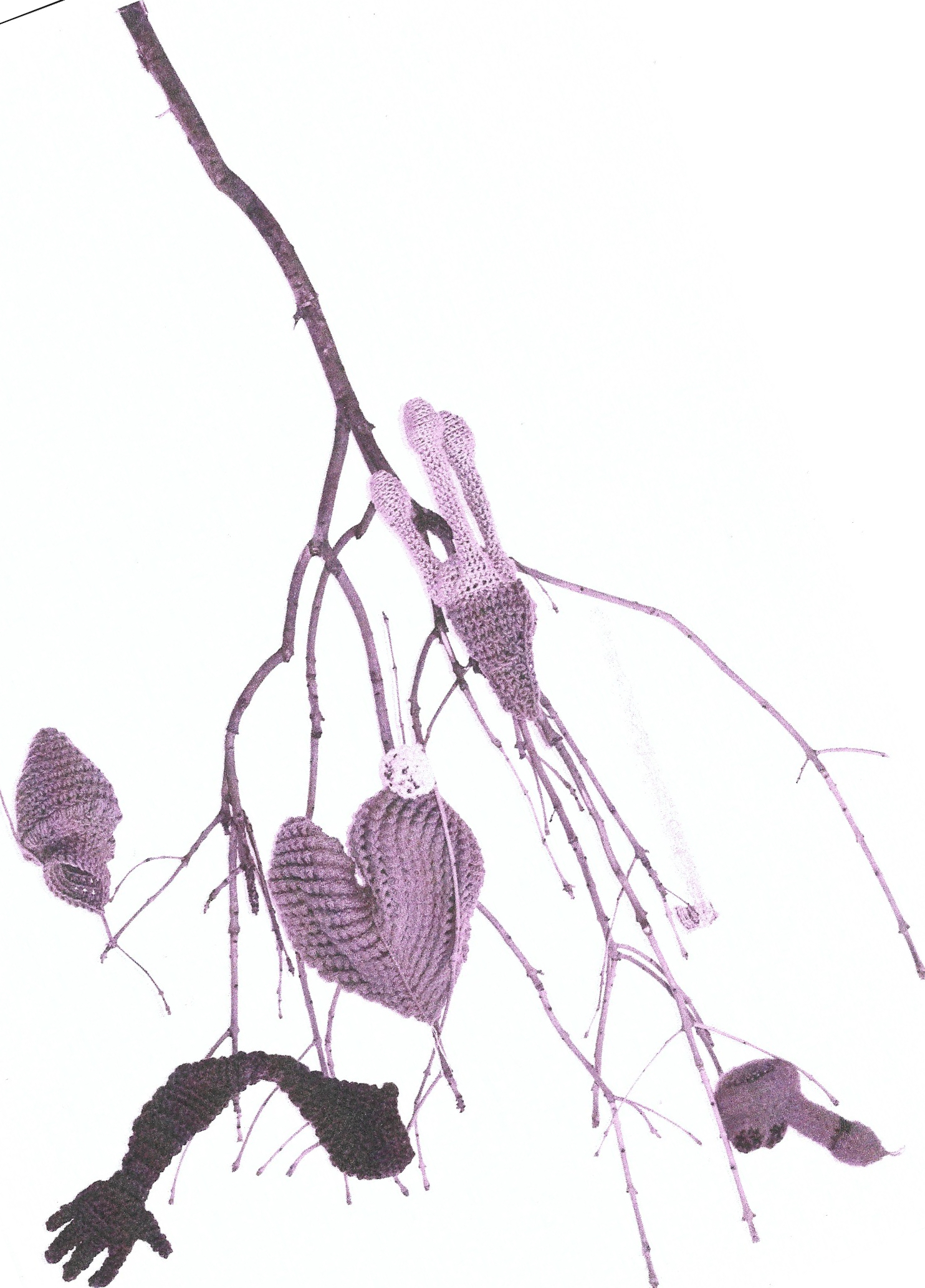
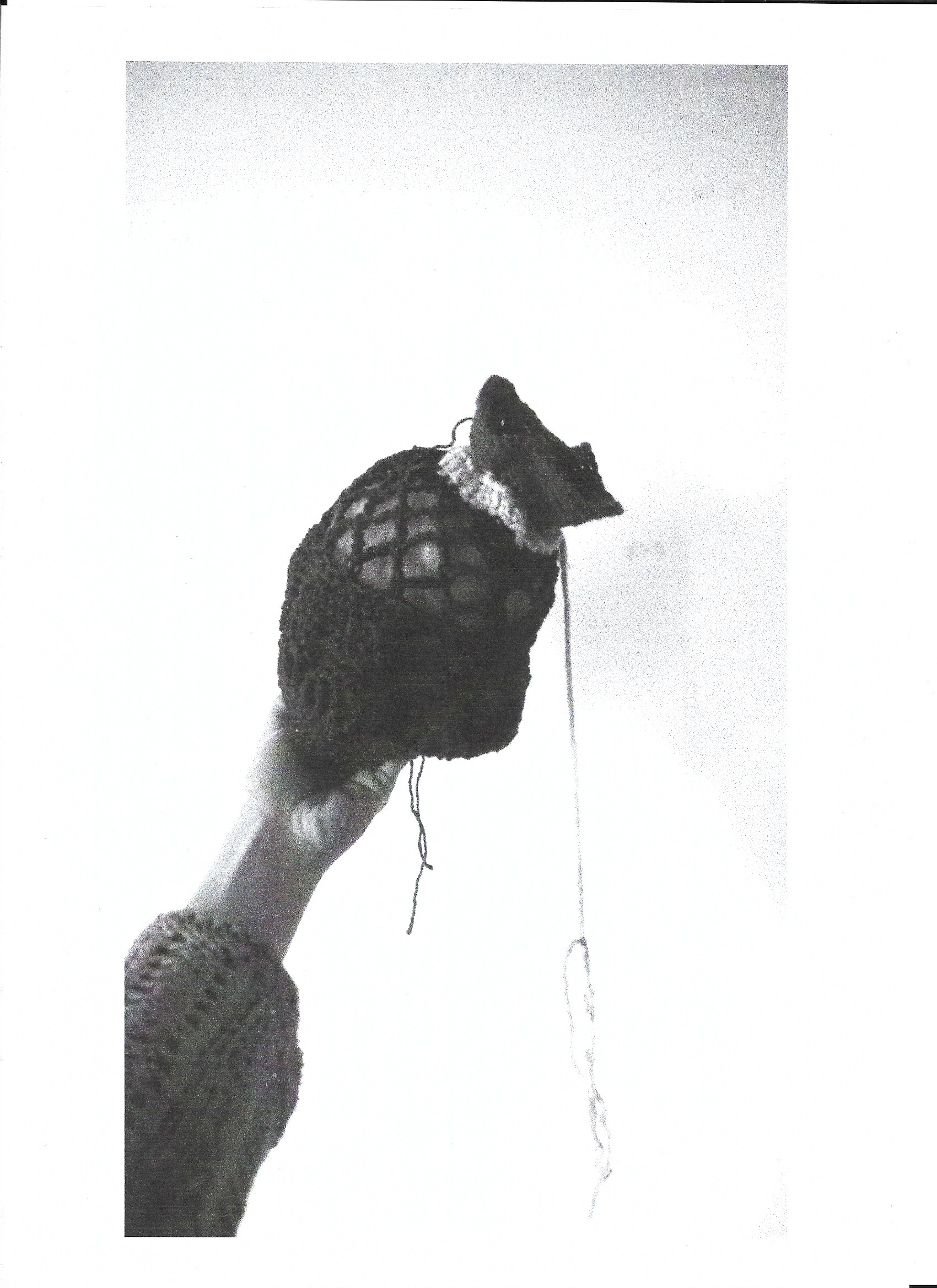
L’echarpe de vie
2025
DE
Völklingen
FR
An autobiography knitted throughout my trips.
With this scarf I’m unraveling my life.
One ball of wool for each city I go to, and the scarf will never end unless: → I visit all the cities in the world → I stop visiting cities → I die
Begun in October 2025, this scarf was born during a Fohno session. It’s also during a Fohno session that I decided to never stop the scarf by adding a new ball of wool to the one I just finished.
Only one movement, the “point mousse”, also called “maille à l’endroit”, a meditation, a way to occupy my obsessions during a conversation, a silent expression, repeated to infinity, my infinity.
Thelio Rabin-Laguens
An autobiography knitted throughout my trips.
With this scarf I’m unraveling my life.
One ball of wool for each city I go to, and the scarf will never end unless: → I visit all the cities in the world → I stop visiting cities → I die
Begun in October 2025, this scarf was born during a Fohno session. It’s also during a Fohno session that I decided to never stop the scarf by adding a new ball of wool to the one I just finished.
Only one movement, the “point mousse”, also called “maille à l’endroit”, a meditation, a way to occupy my obsessions during a conversation, a silent expression, repeated to infinity, my infinity.
Thelio Rabin-Laguens
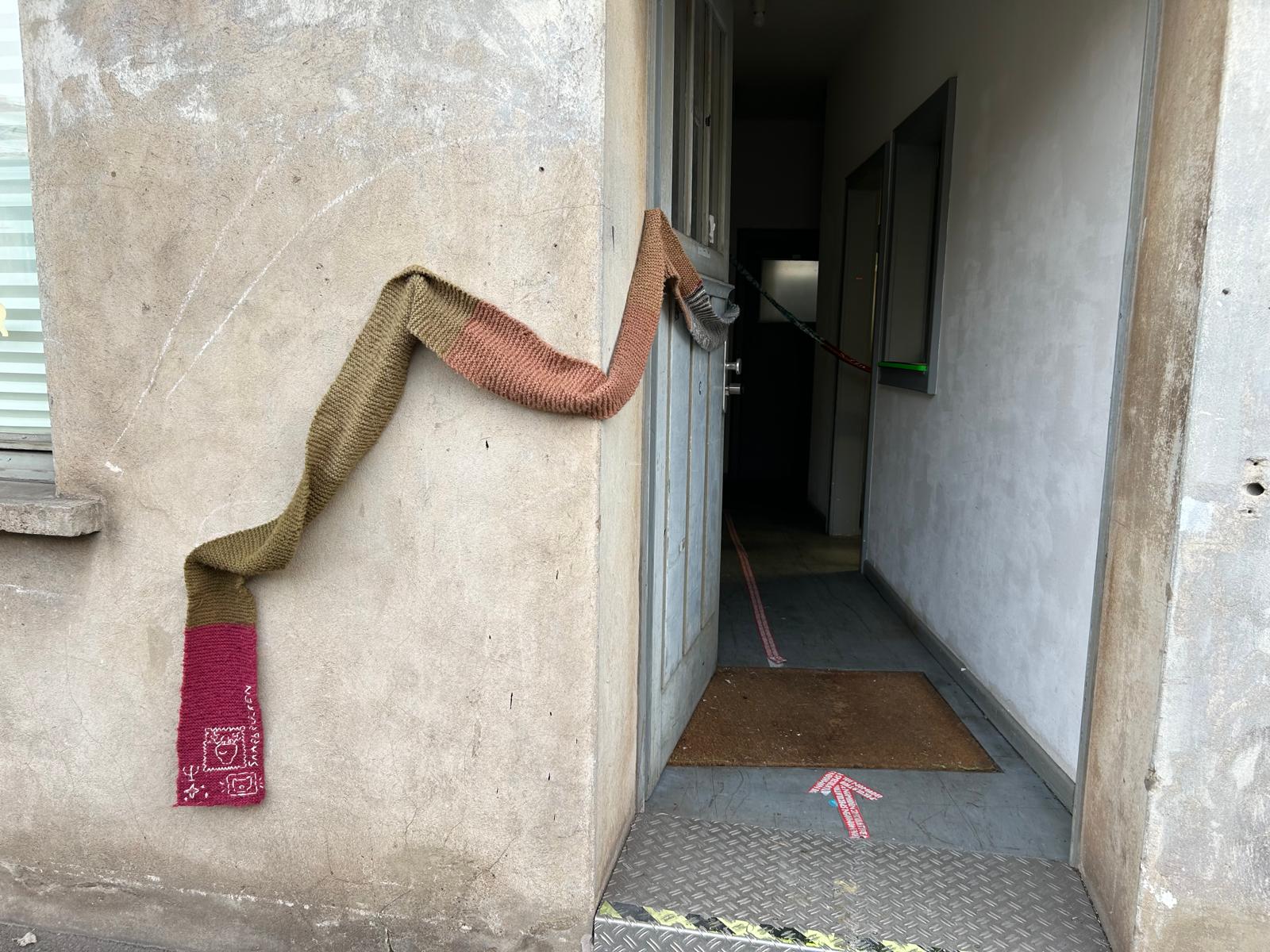
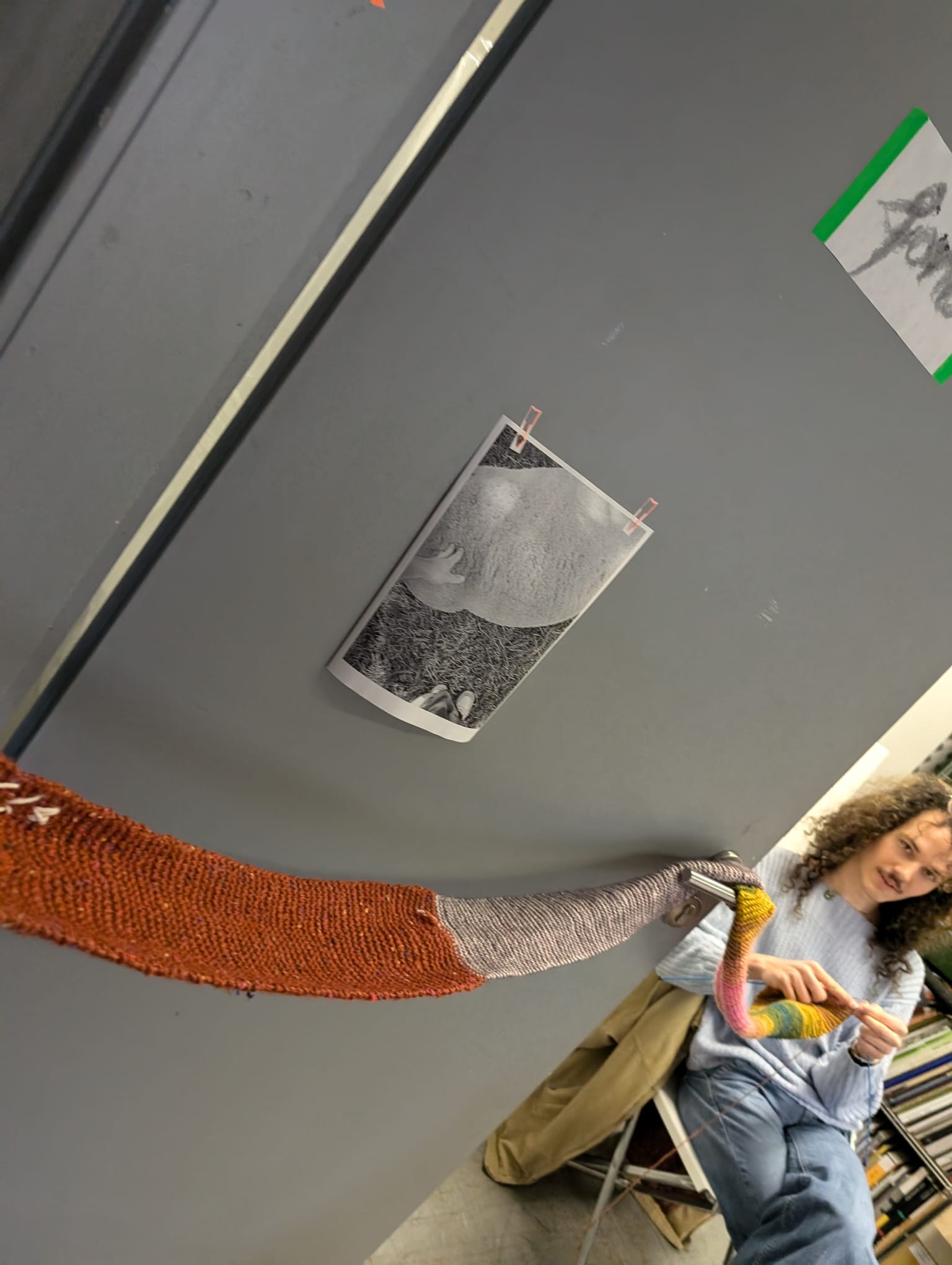
Sorbanállás
2025
HU
Budapest, Artus
Queueing at the exhibition titled Not Getting in Line, a collaboration based on a concept by Richárd Melykó and Haibo Illés.
Queueing at the exhibition titled Not Getting in Line, a collaboration based on a concept by Richárd Melykó and Haibo Illés.
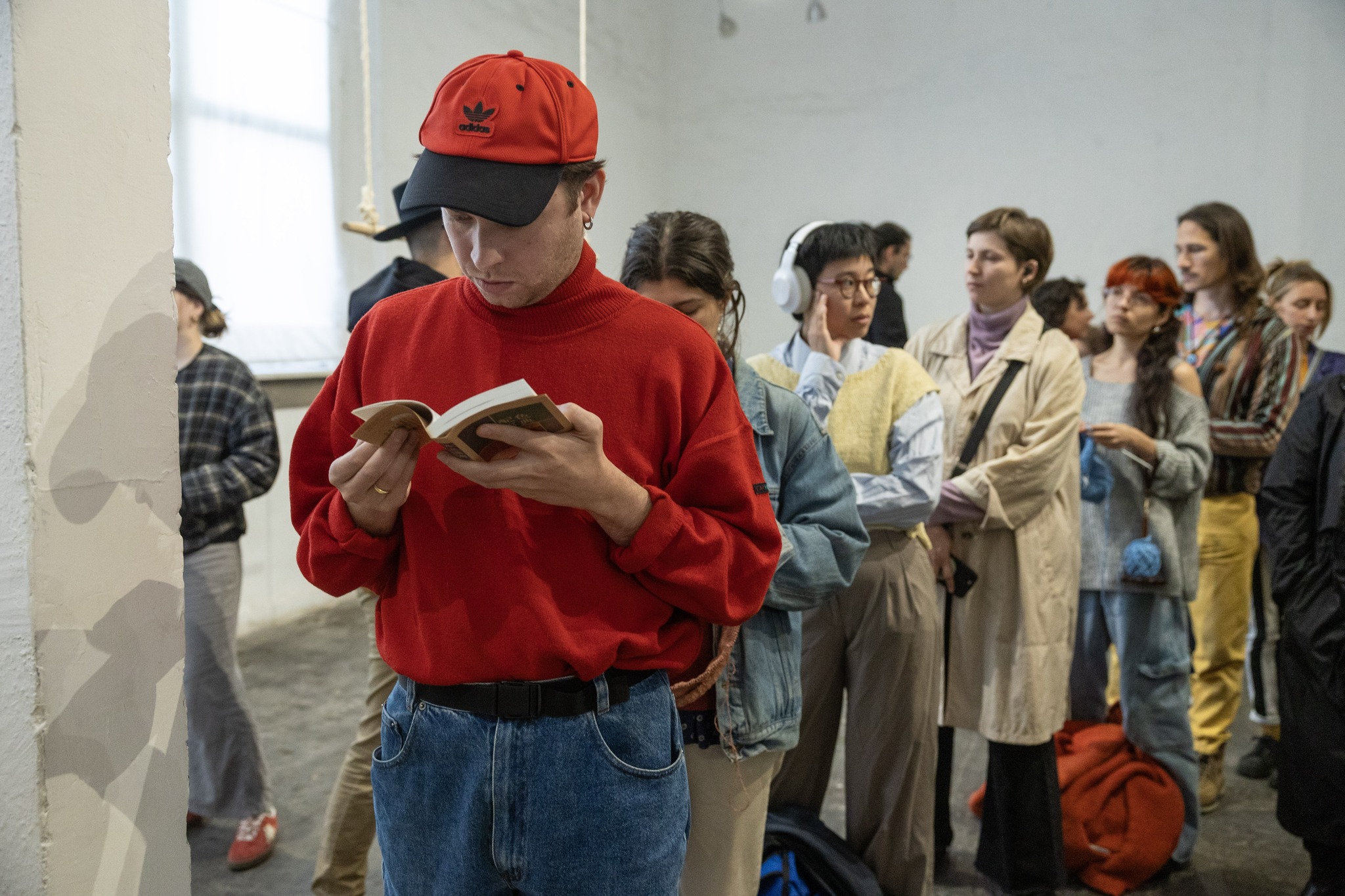
Nomad action
2024
DE
Schirn Kunsthalle Frankfurt
The continuation of the Unexpected Visitors (Budapest Ludwig Museum) intraactive situation, disrupting the everyday rhythm in the transition between the museum and urban space, which took place at the Schirn Kunsthalle in Frankfurt.
Aliz Farkas, Marie Götze, Yerim Kim, Indra Kupferschmid, Bertille Ogier, Larissa Peters, Georg Winter Special thanks to Sebastian Baden
The continuation of the Unexpected Visitors (Budapest Ludwig Museum) intraactive situation, disrupting the everyday rhythm in the transition between the museum and urban space, which took place at the Schirn Kunsthalle in Frankfurt.
Aliz Farkas, Marie Götze, Yerim Kim, Indra Kupferschmid, Bertille Ogier, Larissa Peters, Georg Winter Special thanks to Sebastian Baden
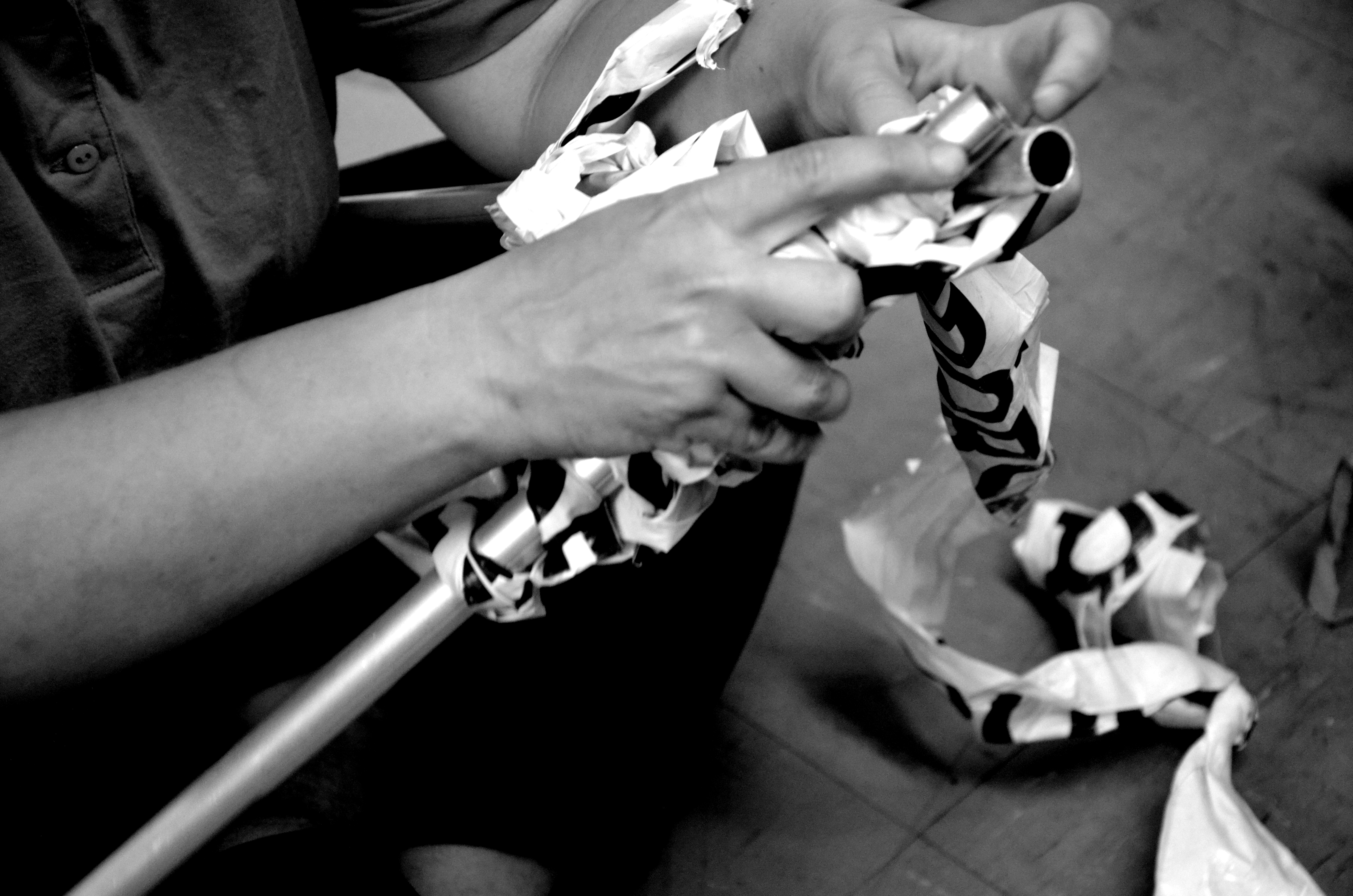
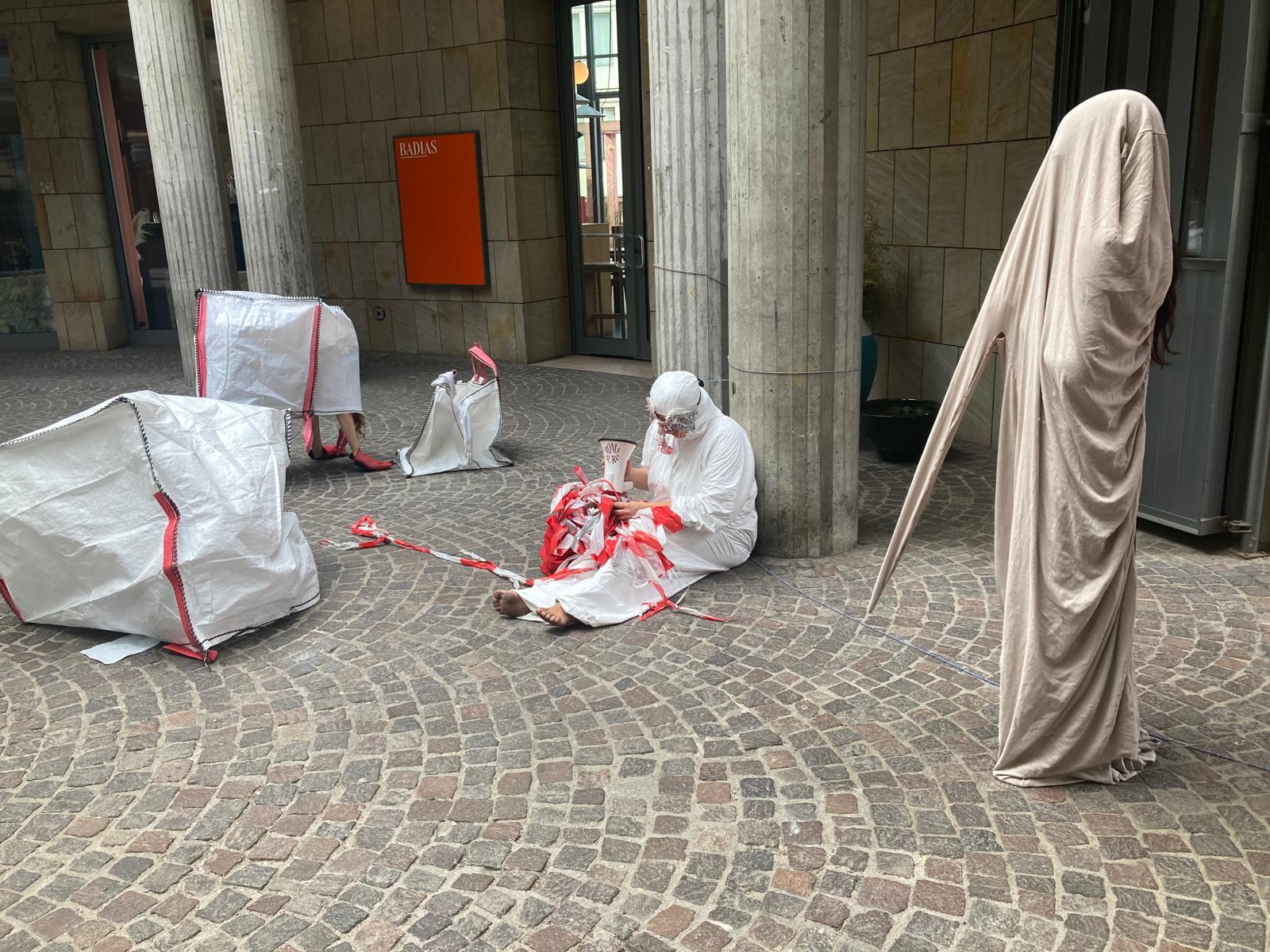
Summer Academy Tihany
2025
HU
Tihany
Ecoprint workshop at the Hungarian University of Fine Arts’ summer art residency, together with Anna Tóth and Genovéva Forgács, for Dániel Horváth’s class. After experimenting with plant-based dyeing, we also built a Fohno tent on the wooden structure that had recently been created with the support of Field of Sparks. We ended the week with a cozy conversation inside the tent, and everyone got to take home their textile experiments.
Ecoprint workshop at the Hungarian University of Fine Arts’ summer art residency, together with Anna Tóth and Genovéva Forgács, for Dániel Horváth’s class. After experimenting with plant-based dyeing, we also built a Fohno tent on the wooden structure that had recently been created with the support of Field of Sparks. We ended the week with a cozy conversation inside the tent, and everyone got to take home their textile experiments.
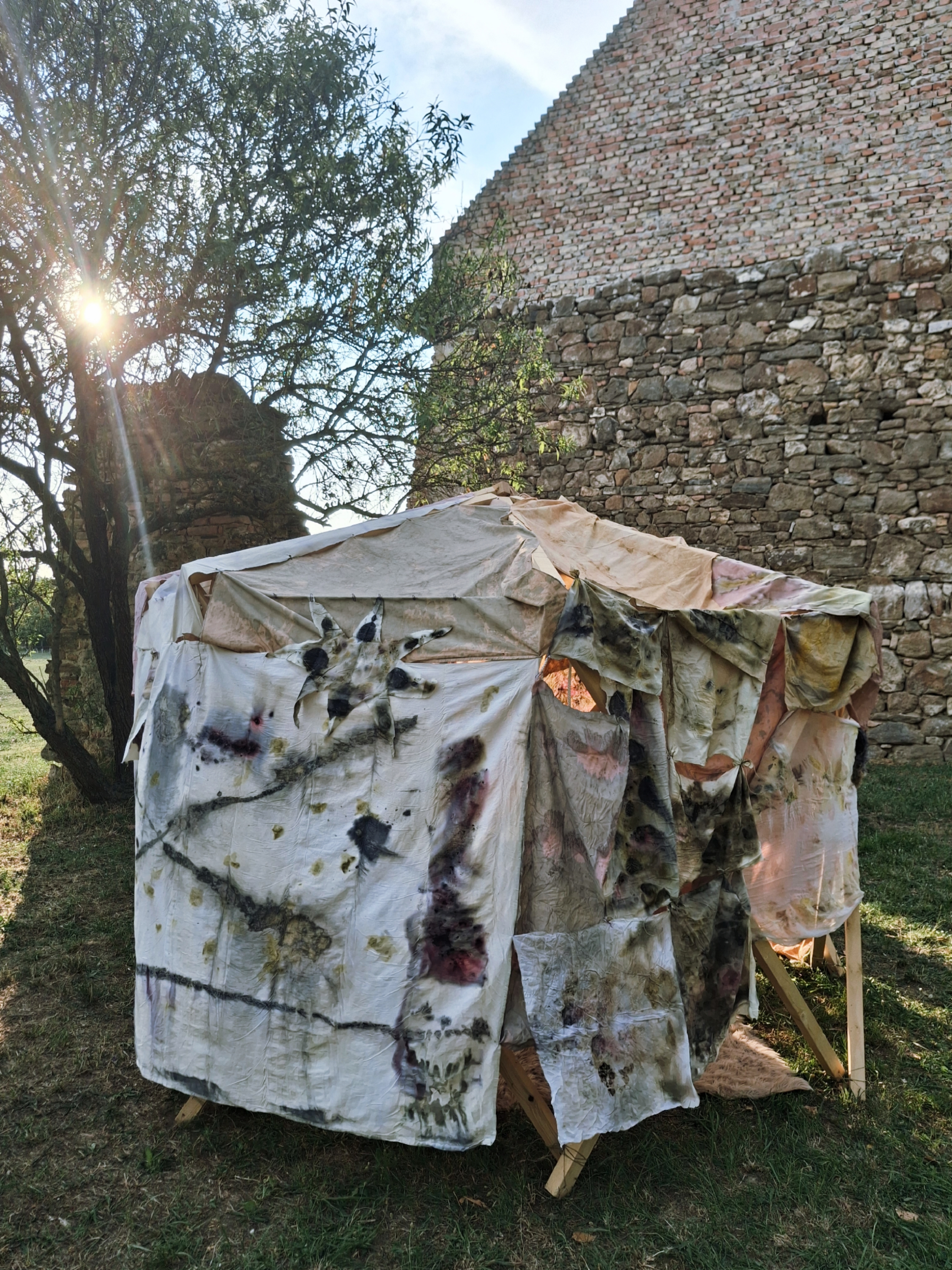
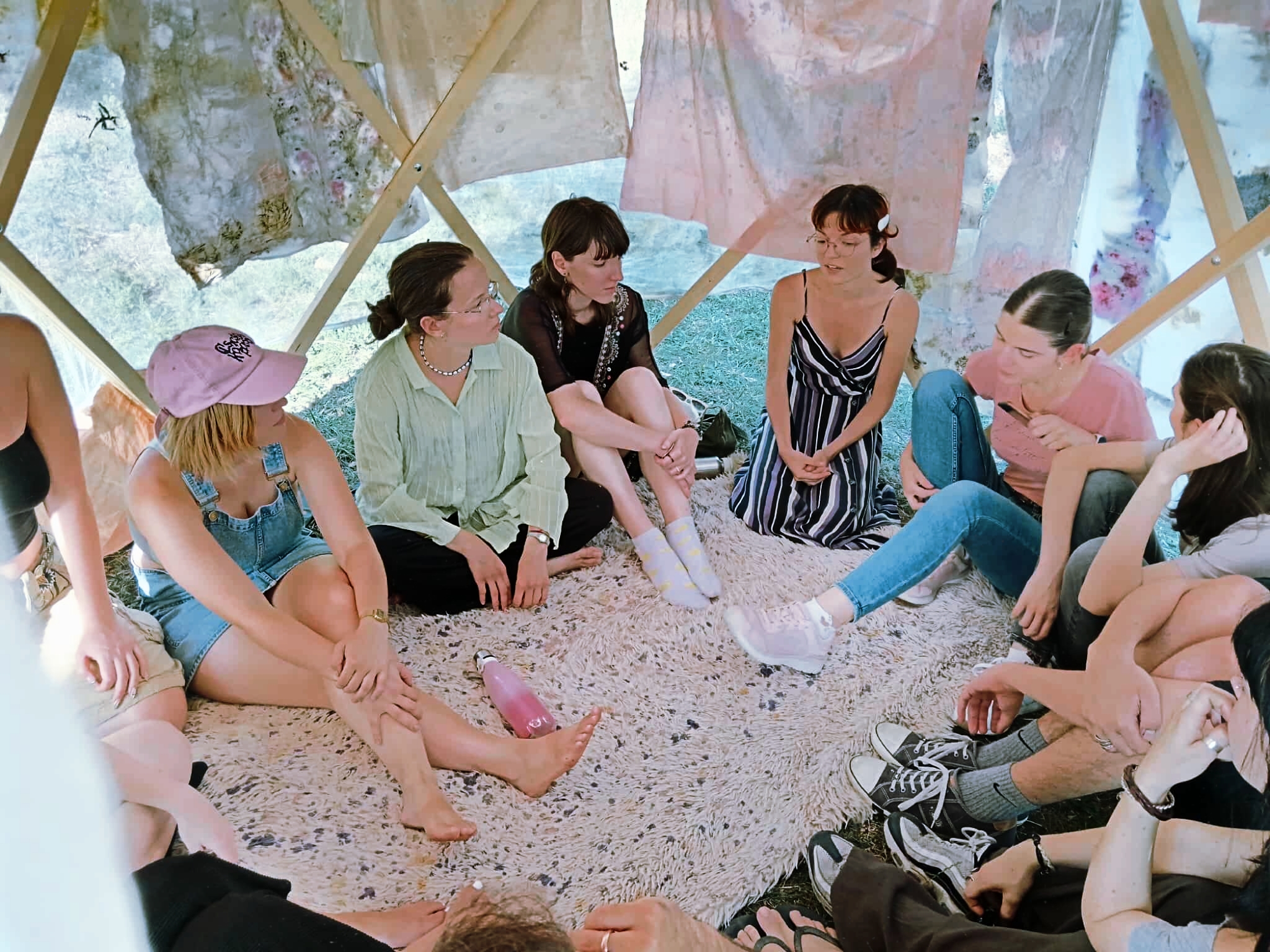

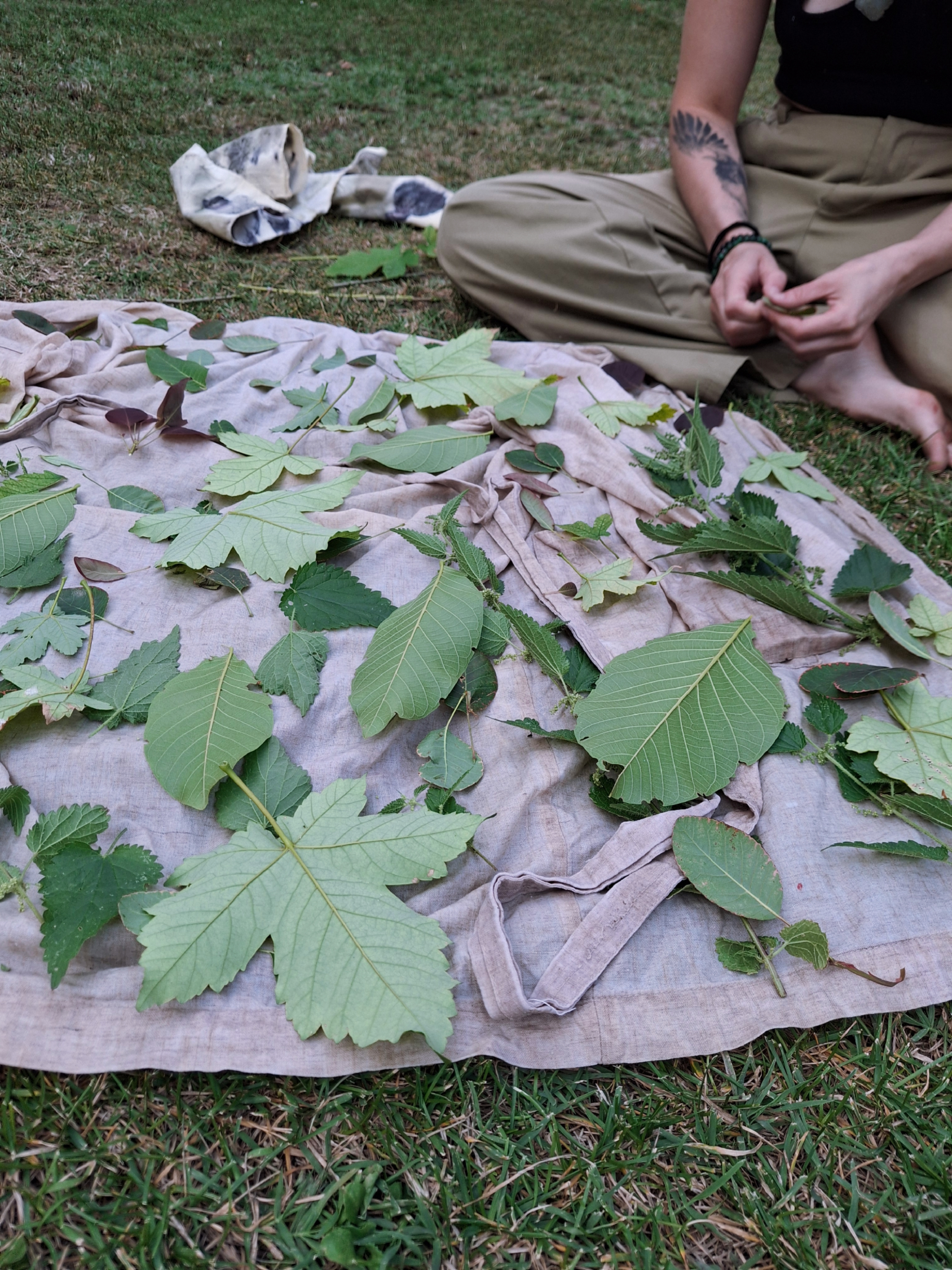
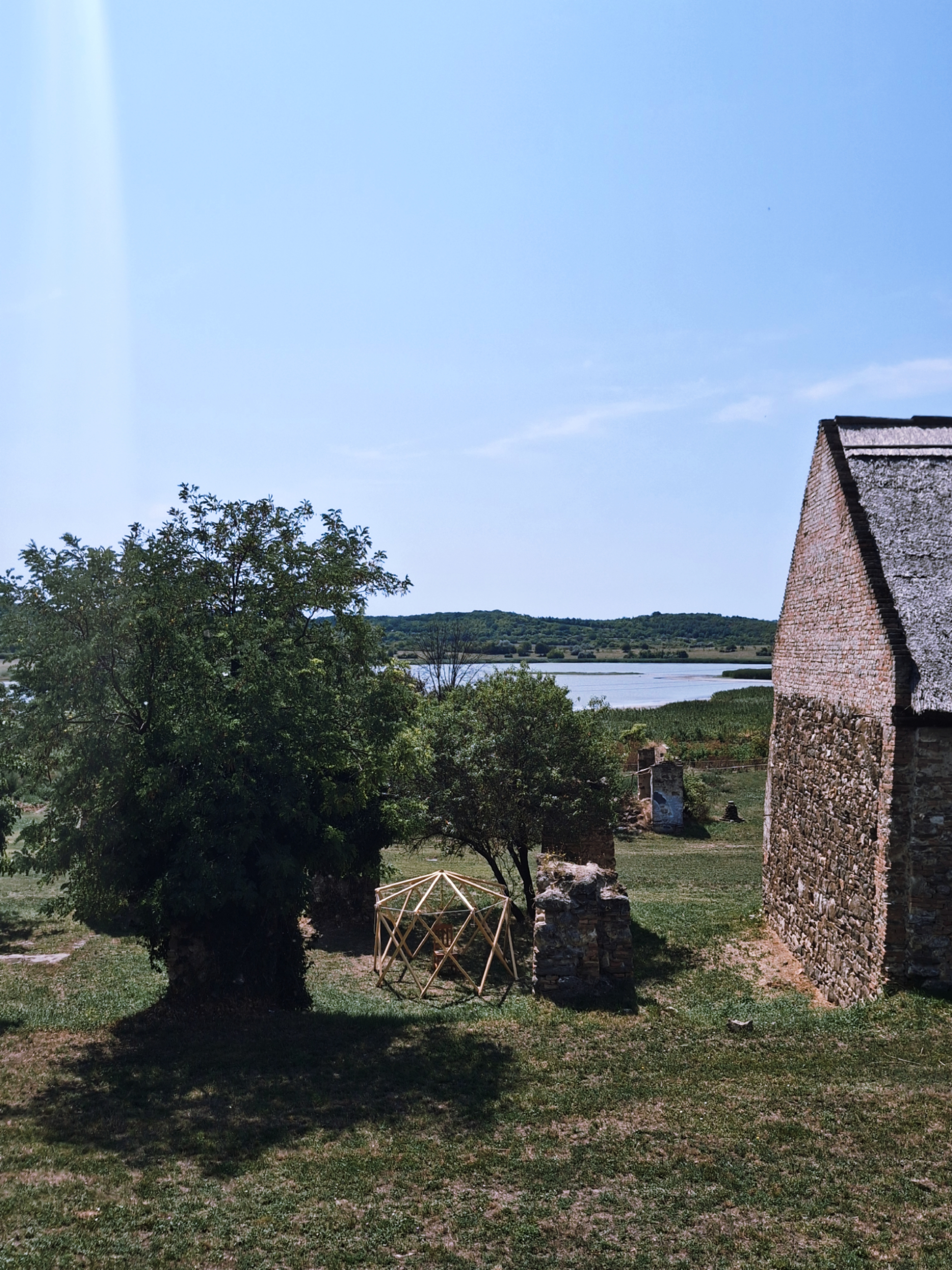

Take Care
2024-2025
HU
AT
CH
DE
“Breast cancer has shaped my life for as long as I can remember. The BRCA1 mutation has been passed down through generations in my family. Last year, I decided to take control and had preventive surgery to remove my breasts. This choice reduced my risk of breast cancer from over 80% to less than 5%.
This decision was possible because I always knew my risks and options. Knowledge is power—the power to care for yourself and others.
With Take Care, I want to spread awareness about breast cancer. The installation includes over 500 crocheted breasts, sent by women from Hungary, Austria, Switzerland, and Germany. Each piece represents a unique story. Many of the contributors are survivors, previvors, or currently battling cancer, and they shared their experiences alongside their contributions.
Crocheting became a way to connect—not just with others, but with my own family. We sat together, crafting and talking about how cancer has impacted each of us differently.
At the exhibition, visitors could cut threads with a scalpel to take one of the crocheted breasts and a card with a code linking to a website I created. The site shares resources, personal stories, and information about breast cancer.
Throughout the process, I was reminded how important it is to hold space for these conversations. The stories shared—both during the project and at the exhibition—highlight the many ways people cope with this disease.
If you’re reading this, please take care.”
Emily Zaki
“Breast cancer has shaped my life for as long as I can remember. The BRCA1 mutation has been passed down through generations in my family. Last year, I decided to take control and had preventive surgery to remove my breasts. This choice reduced my risk of breast cancer from over 80% to less than 5%.
This decision was possible because I always knew my risks and options. Knowledge is power—the power to care for yourself and others.
With Take Care, I want to spread awareness about breast cancer. The installation includes over 500 crocheted breasts, sent by women from Hungary, Austria, Switzerland, and Germany. Each piece represents a unique story. Many of the contributors are survivors, previvors, or currently battling cancer, and they shared their experiences alongside their contributions.
Crocheting became a way to connect—not just with others, but with my own family. We sat together, crafting and talking about how cancer has impacted each of us differently.
At the exhibition, visitors could cut threads with a scalpel to take one of the crocheted breasts and a card with a code linking to a website I created. The site shares resources, personal stories, and information about breast cancer.
Throughout the process, I was reminded how important it is to hold space for these conversations. The stories shared—both during the project and at the exhibition—highlight the many ways people cope with this disease.
If you’re reading this, please take care.”
Emily Zaki

